Protecting Real Beef

Demand for fake meat is waning, surveys show.


Demand for fake meat is waning, surveys show.
Behind the scenes with “BBQuest.”
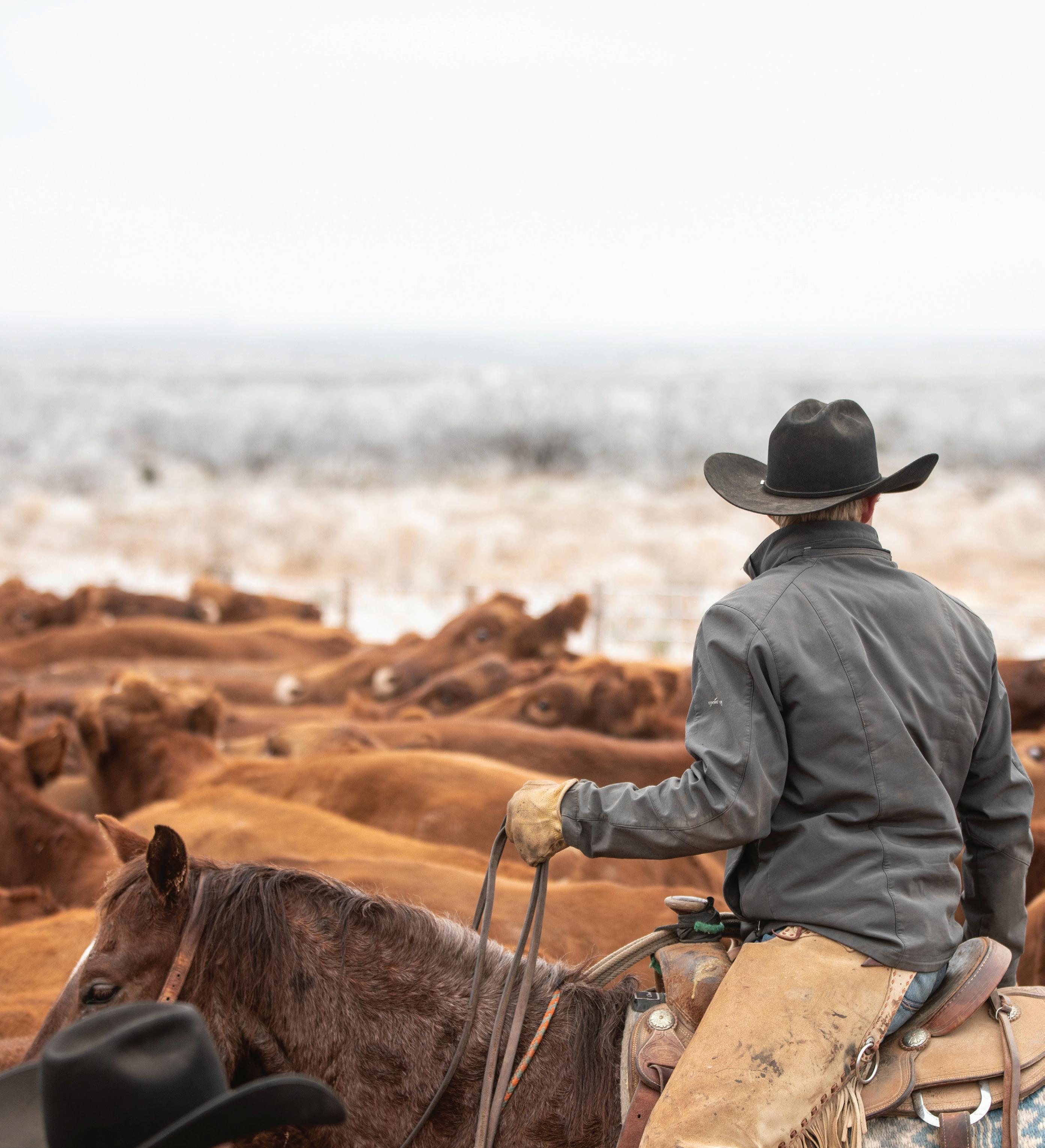


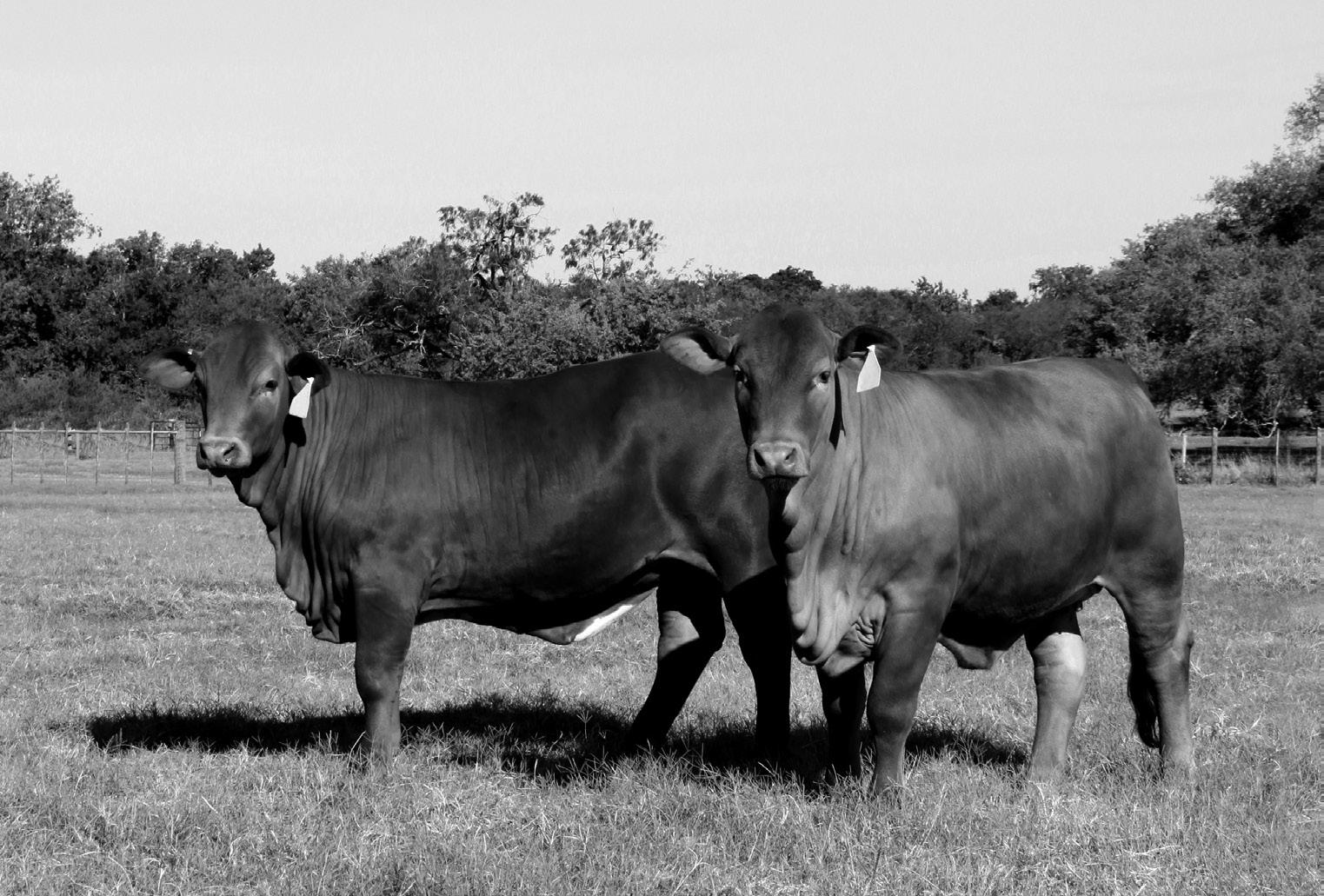


Nothing is more adaptable than the Beefmaster female.
She’s built to withstand extremes — from heat and cold, to desert, prairie and coastal plains.


Research shows the breed ranks above others for feed efficiency, one of the most important production traits.

So if your cow herd has lost its ability to adapt to changing times or challenging environments, maybe it’s time to rebuild with proven, Beefmaster females.
Nothing beats a Beefmaster.
our weaning weights went
FEBRUARY 13, 2023
BEEFMASTER SUBASATA @ SAN ANTONIO LIVESTOCK SHOW AND RODEO LIVEOAKBEEFMASTER.COM
BCE BEEFMASTERS NEW BRAUNFELS, TEXAS SLIEKE@SWBELL.NET
BMW BEEFMASTERS KENEDY, TEXAS MBWELKENER@GMAIL.COM
COLLIER FARMS BEEFMASTERS BRENHAM, TEXAS COLLIERFARMSBEEFMASTERS.COM
FARM & RANCH BEEFMASTERS SAN ISIDRO, TEXAS FARMRCH@GRANDERIVER.NET

GOLDEN MEADOWS RANCH SAN ANTONIO, TEXAS GOLDENMEADOWSRANCH.COM
H.T. CHAPMAN BEEFMASTERS WHITSETT, TEXAS 361-729-1279
LYSSY BEEFMASTERS SAN ANTONIO, TEXAS LLYSSY11@YAHOO.COM
POSES LAZY P RANCH GOLIAD, TEXAS POSESLAZYPRANCH.COM
SIDDONS BEEFMASTERS TILDEN, TEXAS RCSIDDONS@GMAIL.COM

V-SEVEN BEEFMASTERS MEYERSVILLE, TEXAS MELVINSCHERER@YAHOO.COM
210.732.3132 • beefmasters.org
“We started using beefmasters and
over 100 pounds heavier.”Steve Anderson, Martin O’Connor Ranch, Victoria, TX
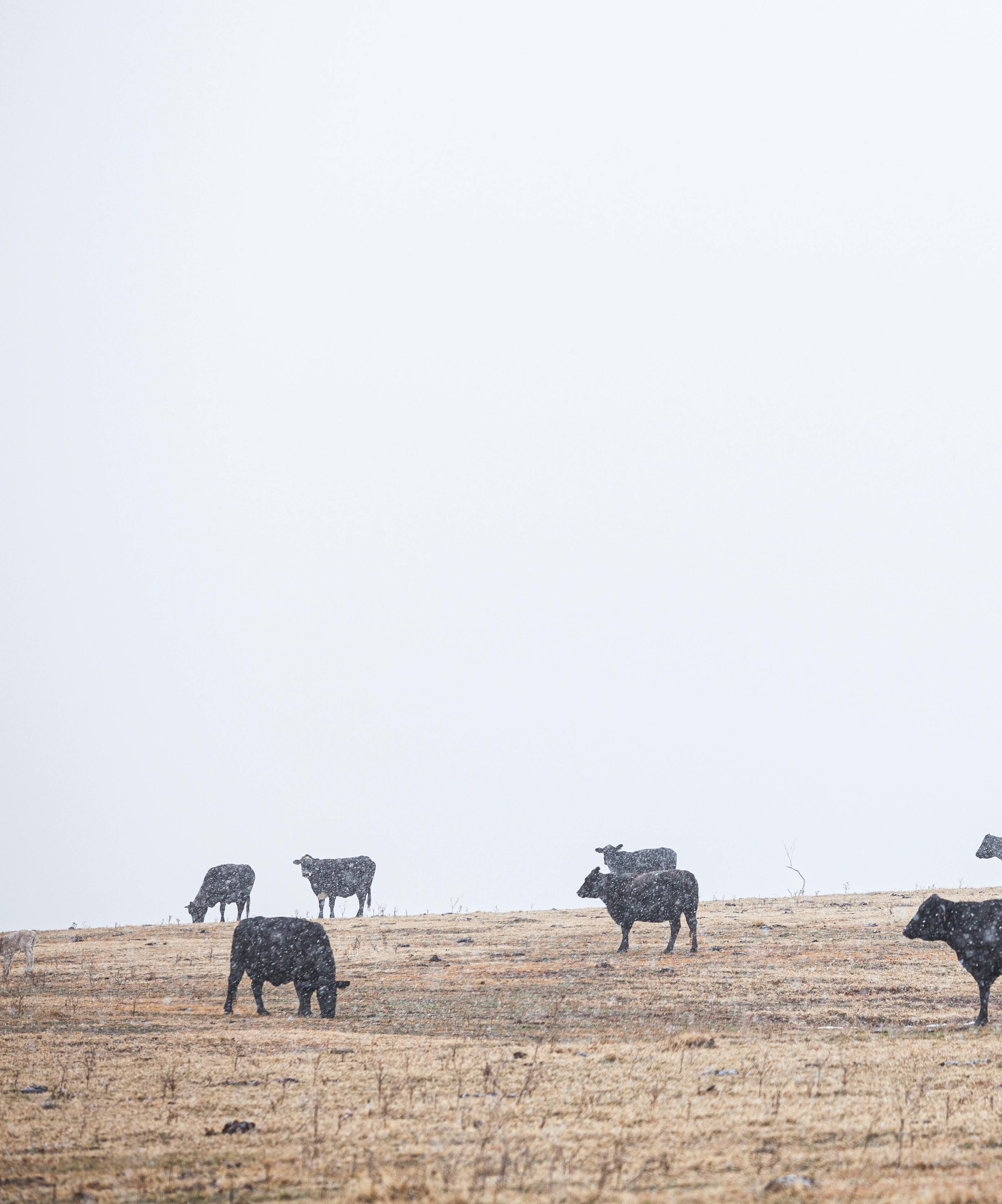
Demand for fake meat is waning, surveys show.
By Burt RutherfordBehind the scenes with “BBQuest” from Beef Loving Texans.
By Sarah Harris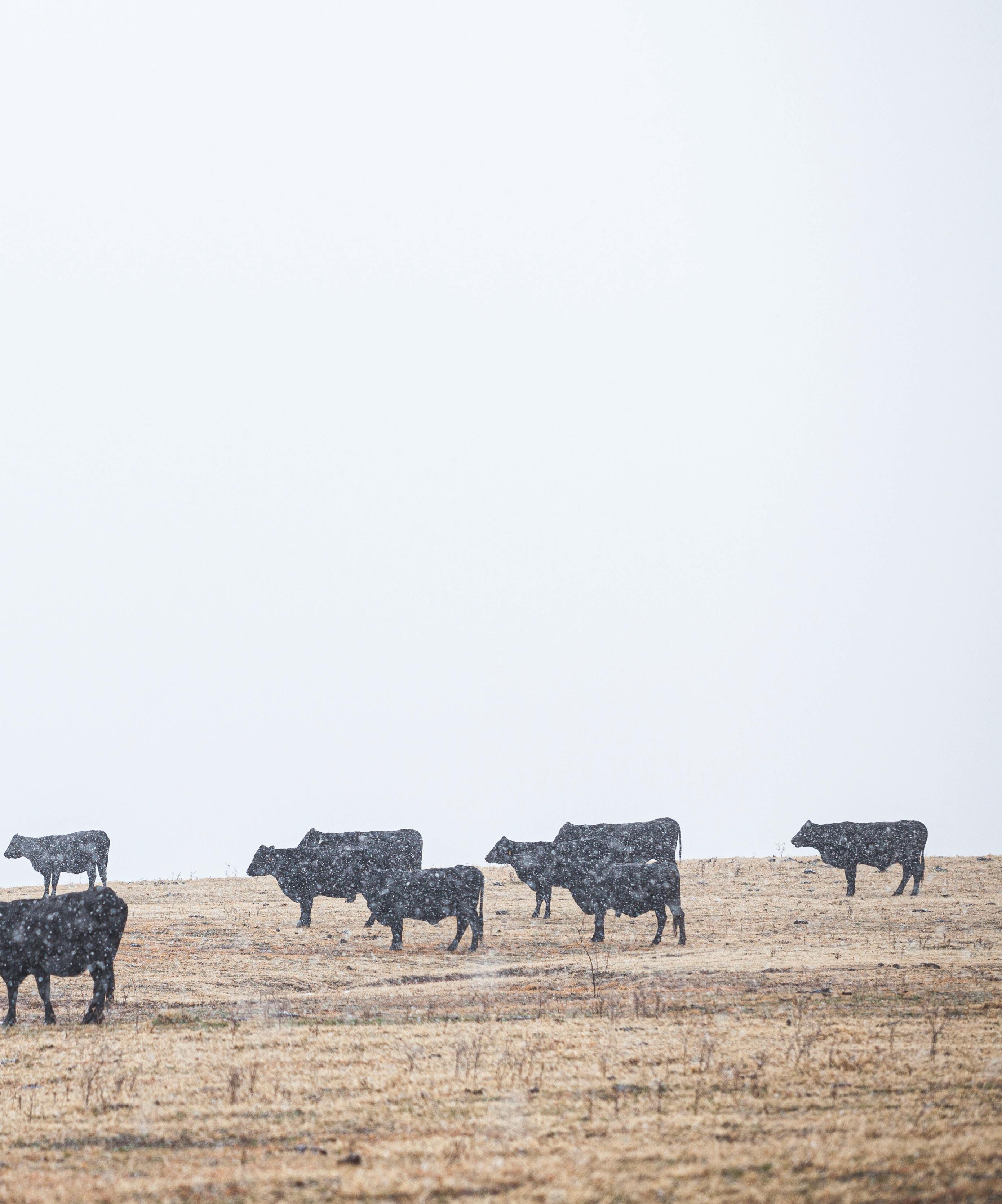
In coming together, we accomplish much more than we ever could alone.
This is a lesson often learned early in life, and one that continues to ring true. Just look at Texas & Southwestern Cattle Raisers Association — a group formed for that very purpose.
The association was founded in 1877 in response to the needs of cattle raisers who sought to combat cattle rustling. Today, its grown to encompass policy, education, insurance services and more. This was only possible because of the forward-thinking minds of 40 individuals who understood the potential of an organization working toward a common goal.
The January 2022 issue of The Cattleman gives a closer look to the ways we join with others, both within our membership and beyond.
This month, the 88th Regular Session of the Texas Legislature begins. Throughout the 140 days the legislature meets, Texas & Southwestern Cattle Raisers Association will advocate on behalf of our members for policy that strengthens the Texas beef industry. Prime among these policies includes efforts to protect beef’s reputation among consumers, a featured story within these pages. Read to discover the intricacies of fake meat, the alternative proteins competing for space in our grocery store shelves, and why we placed the issue on our list of priorities this session.
Apart from policy, you will find the value of other entities coming together, too.
Texas Beef Council holds a critical role in supporting research and promoting beef among consumers. We hear from their team to learn how they joined forces with ranchers — including Texas & Southwestern Cattle Raisers Association members — to launch the third season of “BBQuest.” You will love this behind-thescenes look at the development of the educational content featuring the places and people not only serving great beef, but raising it, too.
If you are feeling inspired after reading these stories, be sure to register for the Cattle Raisers Convention & Expo March 24-26 in Fort Worth. It is a wonderful way to become more engaged with Texas & Southwestern Cattle Raisers Association.


After all, we need your voice to drive our association as much today as we did 145 years ago. T C
Jaclyn Roberts Executive Director of Communications & Marketing/ Editor-in-Chief, The Cattleman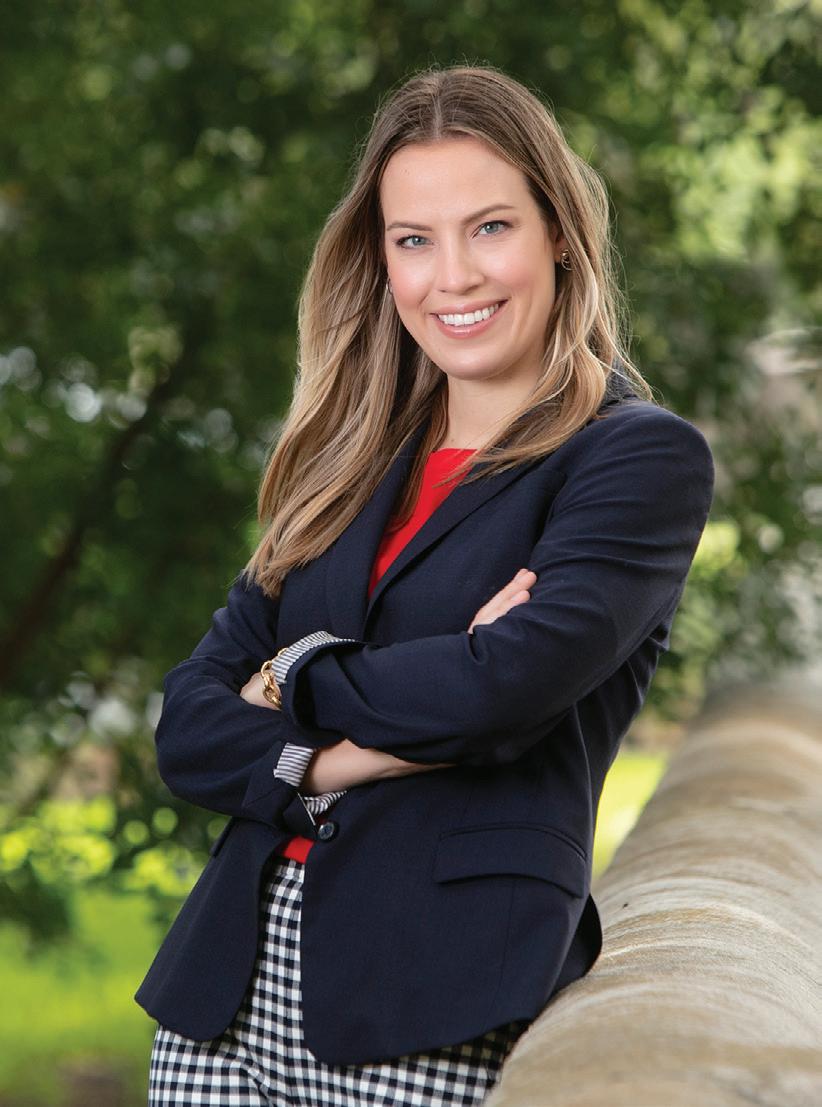


Published by Texas & Southwestern Cattle Raisers Association
P.O. Box 101988 Fort Worth, Texas 76185
Phone: 817-332-7064
Fax: 817-394-1864
Subscription Inquiries: (orders, address change, problems) tscra@tscra.org or 8 00-242-7820 tscra.org
EDITORIAL
Jaclyn Roberts
Executive Director, Communications & Marketing/Editor-in-Chief jaclyn@tscra.org • 817-916-1794
Jena McRell Managing Editor
Sarah Hill Proofreader
ADVERTISING
Jana Earp Advertising & Partnership Manager jearp@tscra.org • 817-916-1744
PRODUCTION
Heather Heater Graphic Design & Print Production Manager
Bart Ashford Creative Director
Production support by GRANT COMPANY grantcompany.net
IMPORTANT LINKS
The Cattleman/ TSCRA tscra.org

Cattle Raisers Insurance cattleraisersinsurance.com
Law Enforcement tscra.org, click on Theft & Law
Cattle Raisers Convention cattleraisersconvention.com
A snowy backdrop during this winter cattle working on the Bridwell West Ranch near Adrian.
Photo by Emily McCartney
Welcome 2023 with TSCRA’s annual wall calendar, complete with gestation table.


For more than half a century, TCU’s renowned Ranch Management program has given students an edge in agricultural resource success. This unique nine-month intensive program equips graduates with real-world strategies as producers and land stewards in changing times.

Space is limited. Visit ranch.tcu.edu or call 817-257-7145.

Demand for fake meat is waning, surveys show.
By Burt RutherfordYou can’t fool Mother Nature. Yet, it seems some will never quit trying. Take, for example, plant-based meat alternatives, better known as fake meat.
“You’ve got a bunch of ingredients on the shelf,” says Ty Lawrence, Ph.D., meat scientist and director of the Beef Carcass Research Center at West Texas A&M University in Canyon.
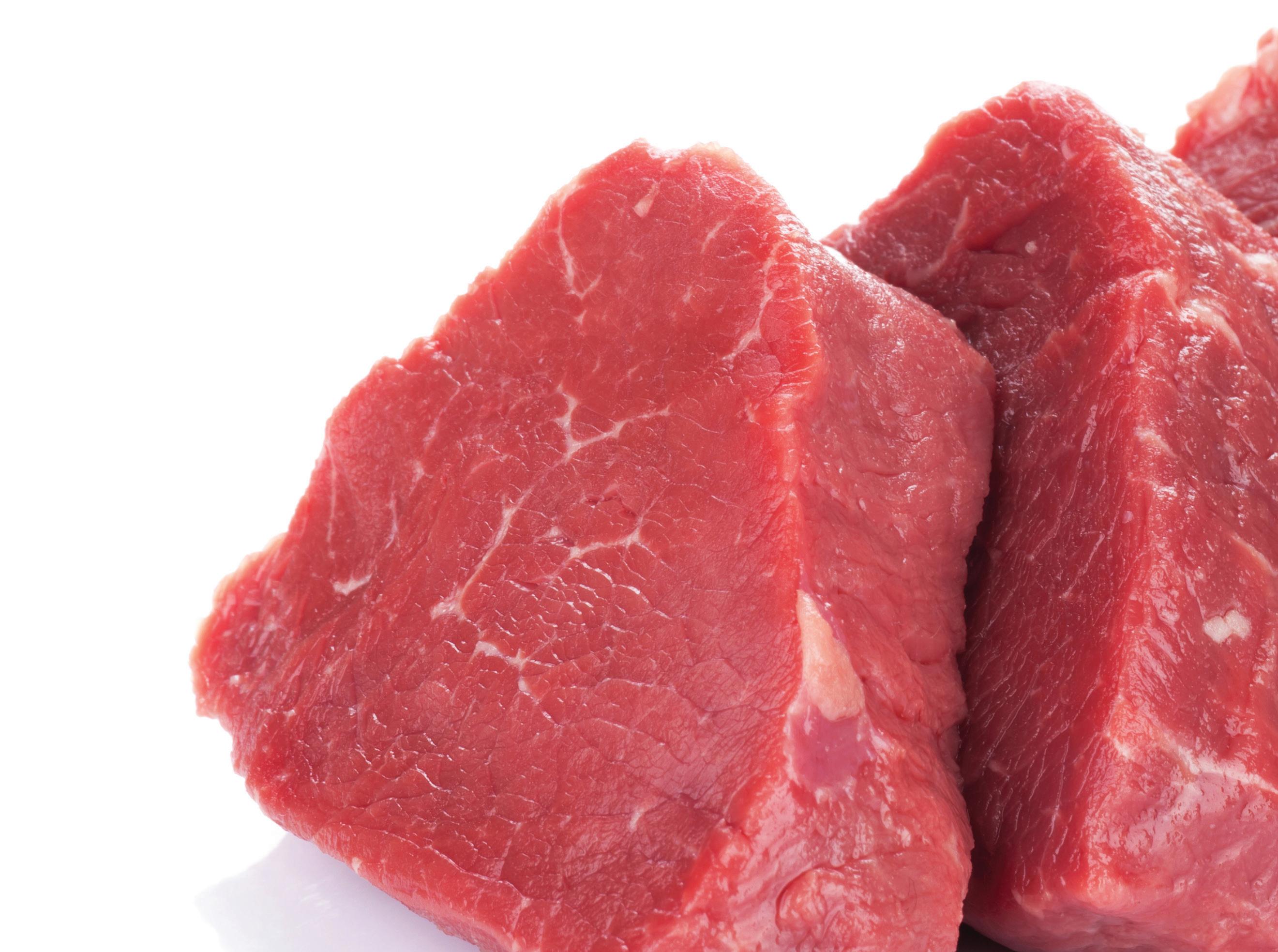
“The winner is the one that can make a hamburger patty or chicken nugget or something that’s ground, formed and restructured out of plant-based ingredients.”
Indeed, plant-based meat alternatives need extrusion, forming, molding and a long list of ingredients to mimic what real beef patties look and taste like. Highly processed within a food processing facility, it is the textbook definition of factory food. Then there is the real stuff.
“[Fake meat] is infinitely more processed than taking a muscle from a steer, putting it in a grinder and making a hamburger patty,” Lawrence says. “That is about as minimal of processing as you could have, compared to what goes on behind all of these food science experiments.”
While a number of issues and concerns swirl around the most recent iterations of fake meat to hit the market, the biggest is truth in labeling.
That is according to Dustin Dean, a cow-calf producer and Texas & Southwestern Cattle Raisers Association director. He is co-owner and general manager of Dean and Peeler Premium Angus Beef, a branded beef packing and fabrication operation in Floresville with retail stores in several South Texas communities.
Remember the old saying that if it looks like a duck, walks like a duck and quacks like a duck, it’s a duck. That, in essence, is what Dean has told the Texas Legislature twice in testimonies on behalf of Texas & Southwestern Cattle Raisers Association regarding the labels fake meat companies put on their products.
“First things first, we just want a level playing field,” he says. “It’s a good thing that we are
developing technology where a supplemental or additional protein product can be made out of plantbased raw material. We are not against that at all.”
In fact, Dean welcomes the rivalry, which he acknowledges as an important product for underdeveloped parts of the world where food supplies are limited.
“We’re not against more competition in the protein sector, because we believe that our product, Texas beef, is the most wholesome, safest, most nutritious that there is anywhere in the world,” Dean says. “We like competition. We just need it to be fair competition.”
To that end, Texas & Southwestern Cattle Raisers Association is asking state legislators to put real beef on the same playing field by labeling fake meat for what it really is.
“We don’t believe they can use words like ‘meat,’” Dean says. “We don’t believe they should be able to use words like ‘burger.’ We don’t believe that they should be able to use words that are solely intended, from a marketing standpoint, to make the product represent itself as something that it’s really not.”

A look back at previous USDA labeling regulations shows the precedent is already set.
“By law, imitation crab meat has to be labeled as just that, an imitation of crab meat and not the real thing,” Dean says.
Beyond that, he argues that if he were to slap a ribeye steak label on a box of briskets and sell it at ribeye price, he would be severely apprehended. While the Texas Legislature has yet to pass a labeling law, Dean says the temperature of state politicians on both sides of the aisle is positive.

Texas & Southwestern Cattle Raisers Association will continue to work with legislators from both parties to achieve a plant-based labeling law.
While the beef business at both the state and federal level continues to lobby for truth in labeling for fake meat, consumers ultimately have the final vote on whether or not they will buy and consume plant-based alternatives.
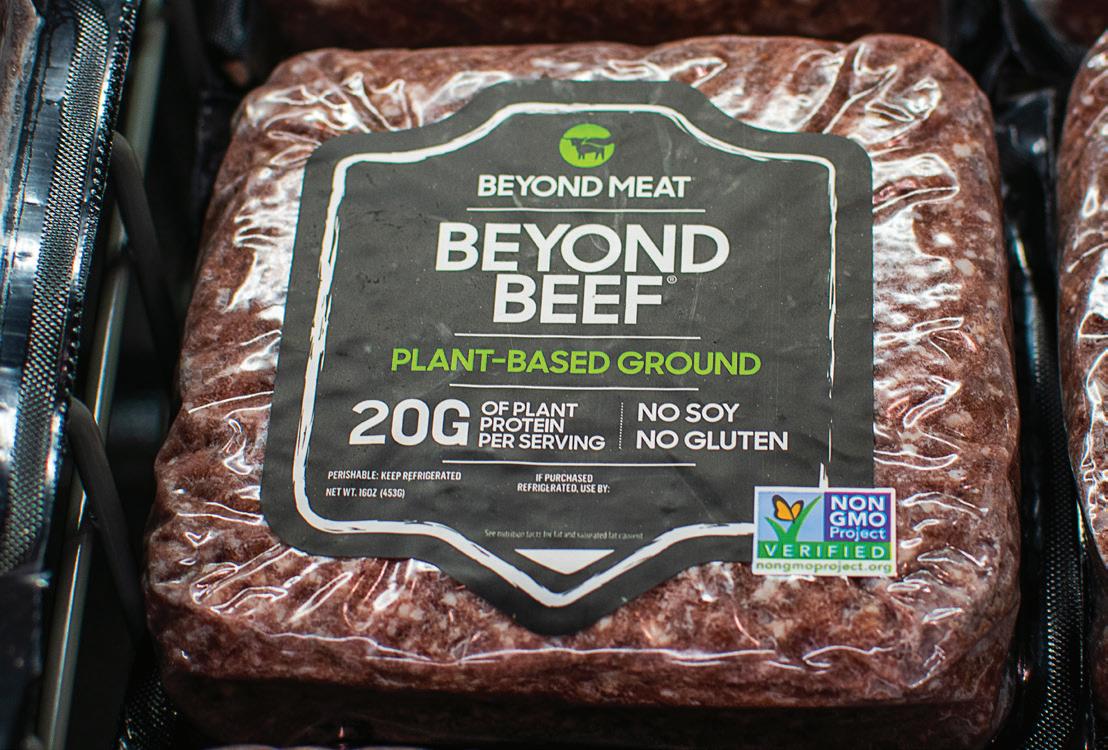
The votes are in.
Nationally, fake meat purchases peaked in the third quarter of 2020, with 34% of consumers saying they consume alternatives on a weekly or more basis, says Mike Simone, executive director, market research and intelligence with National Cattlemen’s Beef Association.
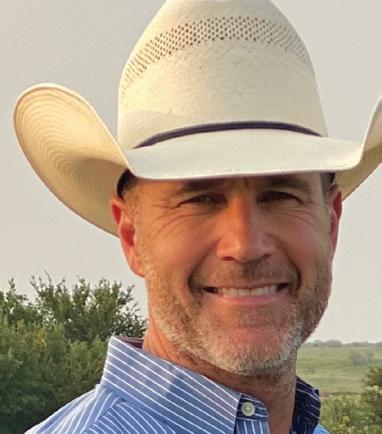
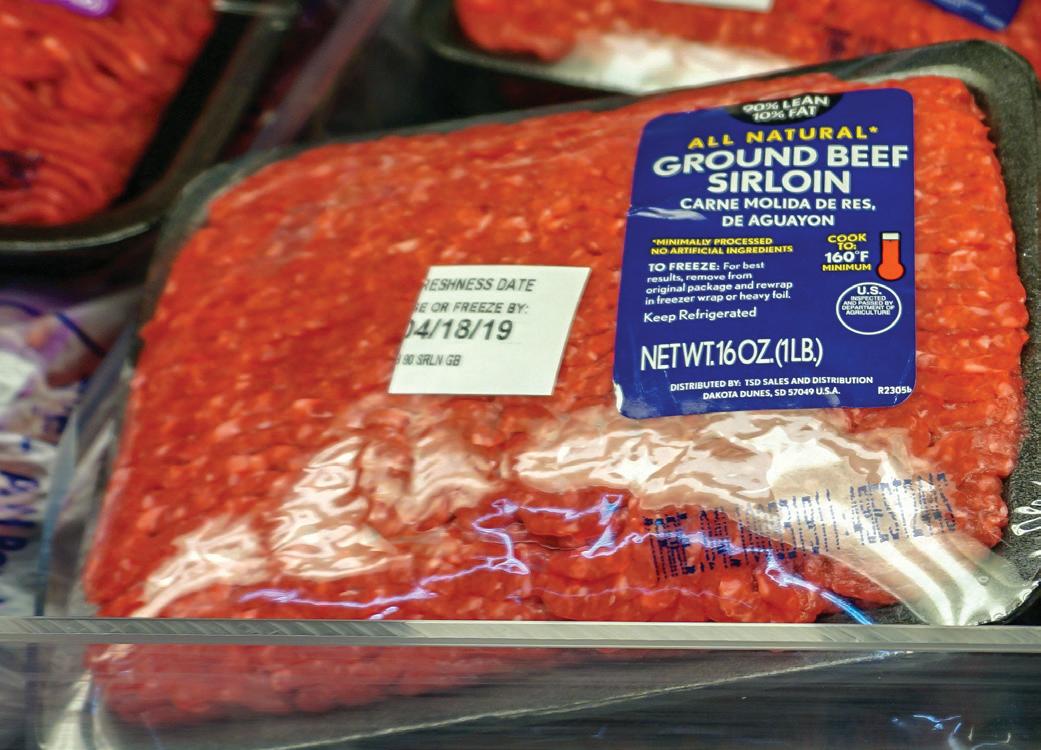

It’s been declining ever since. Third quarter of 2022 survey results show that about 25% of consumers say they consume alternatives on a weekly or more basis, Simone says.
However, those consumers aren’t buying plant-based alternatives exclusively.
“They also consume beef, chicken, pork and fish in similar levels to others who don’t consume alternatives at the same level,” he says. “So, it’s part of their diet, but it’s not exclusive for most people. They include it in their diet, but it continues to go down.”
That’s national data. Based on what Lawrence saw during the pandemic, Texas consumers had a different response.
“You went into a H-E-B in South Texas, there was not an iota of a package of beef, pork, chicken, turkey, lamb. Nothing. But the alternative meat case was stocked full and unsold,” Lawrence says. “And I don’t doubt but that happened all across the country. People grabbed traditional proteins that they knew would sustain their family and left this food science experiment on the shelf.”
Many, from the mid-70s on up, likely recall what passed for a hamburger patty in the school cafeteria. Jayson Lusk does.
“I joke, when I was in the school cafeteria, about whether the burgers were mixed with soy or oatmeal or something else,” says the head of the Department of Agricultural Economics at Purdue and expert on consumer shopping behavior.
Ty Lawrence West Texas A&M University Dustin Dean Dean and Peeler Premium Angus Beef
“Often, I think, these kinds of plant-based additives have been used to bring down the cost of ground products, to extend them,” Lusk says.
“That’s a perception a lot of people have. What’s new about the new products, whether it’s Beyond or Impossible, is they really are a bit different than the old veggie burgers.”
According to Lawrence, MorningStar Farms introduced meatless meats in 1975. Then in the mid-80s, Quorn came out with their Meatless Patty, which was around 43% fungus-based. Those products never lit up beef producers’ radar. Then came Beyond Beef and the Impossible burger.
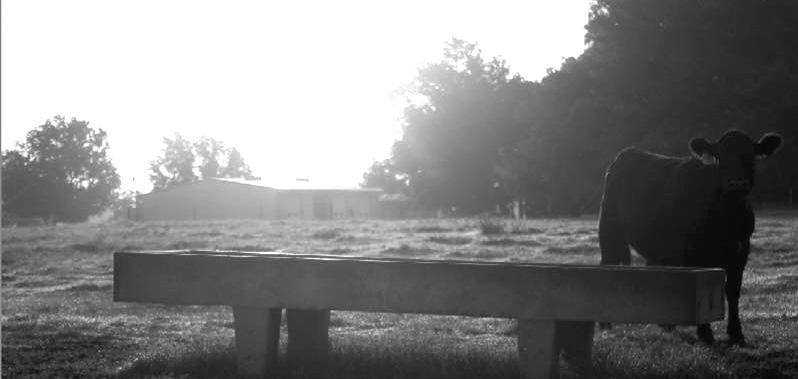
Lusk postulates those products still suffer, to some extent, from the reputation of the earlier attempts at producing plant-based alternatives.

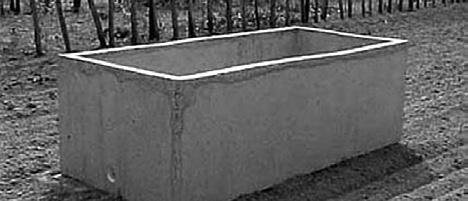



“While this new breed of plant-based meat alternatives are better in taste and texture, they do more closely mimic beef, they’re still not quite the same,” Lusk says. “And I think most consumers can taste that in a side-byside comparison.”
However, if you look at the consumer segment most likely to purchase plant-based alternatives, Lusk says the biggest demographic is age: “They’re much more popular among younger consumers.”
In part, that may be because younger consumers don’t have a school cafeteria hangover about veggie burgers.
But other factors are at play, as well. Novelty, Lusk says, is a big driver, at least at first, of plant-based sales.
Sales were high when the products were first introduced and have been declining ever since. What’s more, those who continue buying plant-based alternatives likely aren’t big beef consumers to begin with, Lusk says.
“None of that is to say these don’t necessarily pose some competitive challenge,” he says. “They do, particularly if they can get their price point down. And I think that’s something that’s likely to happen over the next several years.”
Lusk also notes the target demographic of plant-based products: “Younger consumers tend to place more weight on things like environmental impact and animal welfare when buying. Those are areas where these plant-based alternatives tend to score a little better in terms of people’s perceptions.”
Research showcasing beef’s environmental footprint may help curb this perception. Particularly due to beef’s ability to provide higher-quality nutrition while supporting healthy ecosystems.

Lawrence points to these disparities as factors that may curb investor funding.

“This stuff is lower in nutrition, higher in price and typically is hidden in the grocery store,” he says. “The investor market went crazy in pouring money into this and most of that, if not all, will be ultimately lost.”


Lawrence says marketing petri-dish beef is even a greater stretch than plant-based alternatives.
Lab-produced meat involves incubating living muscle cells in a bioreactor. The liquid medium the cells grow in has to include all the nutrients required to cells to grow and divide (i.e. amino acids, fatty acids, hormones, minerals, sugars, vitamins) and other elements a cow naturally produces in the womb.



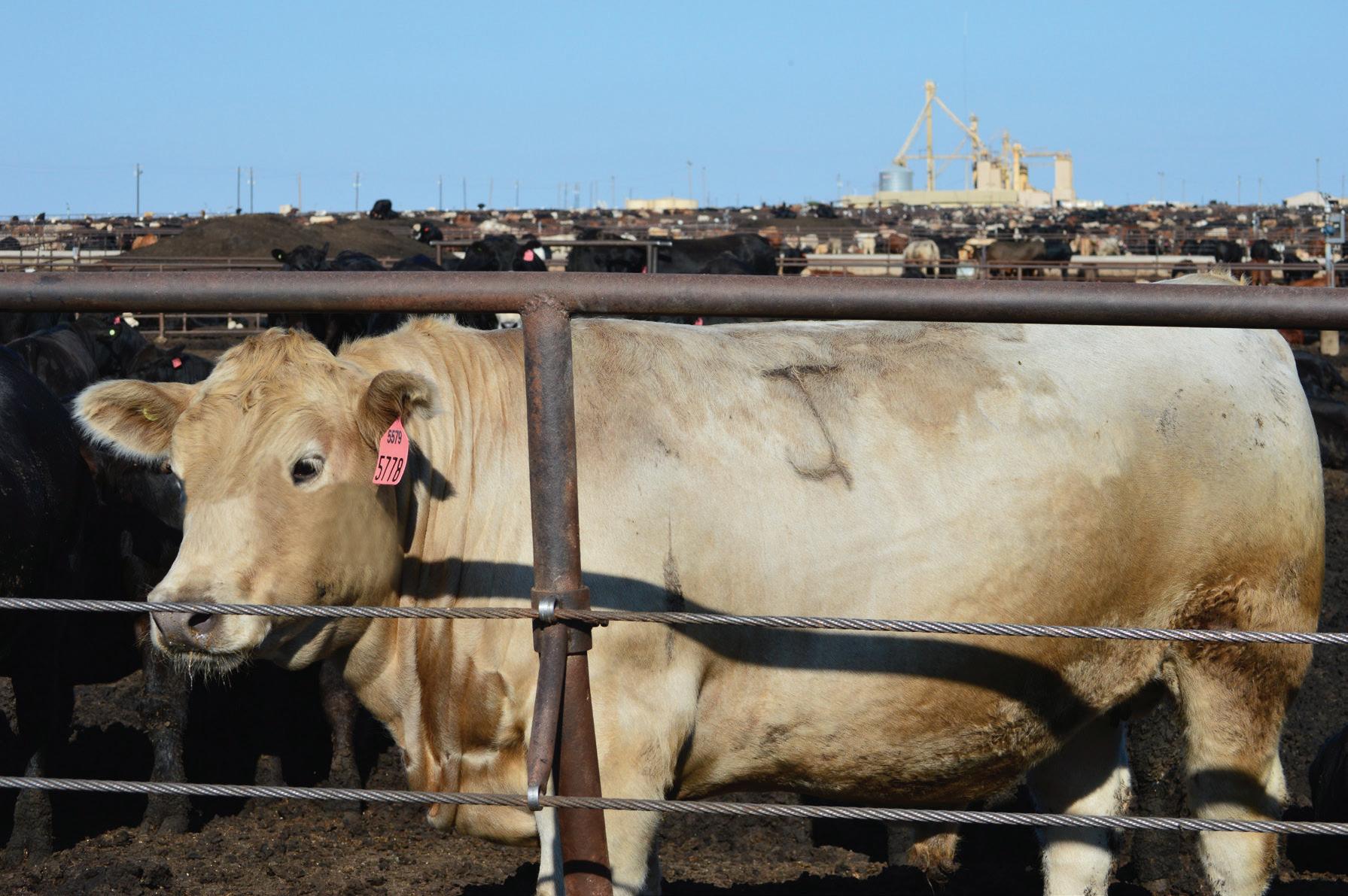
Then there’s this: Cells grown in culture media includes a percentage of antibiotics and antifungals. The resulting product will not have the look or texture of real meat.
“You have this slightly opaque slime that has the texture of Jell-O or pudding,” Lawrence says. “These are cells grown in a tank and pumped from one tank to another like any liquid. These aren’t muscles that contracted to move bones that let an animal run across a pasture.”

The liquified cell-based meat just does not have the same appeal as animal-based muscle cuts that




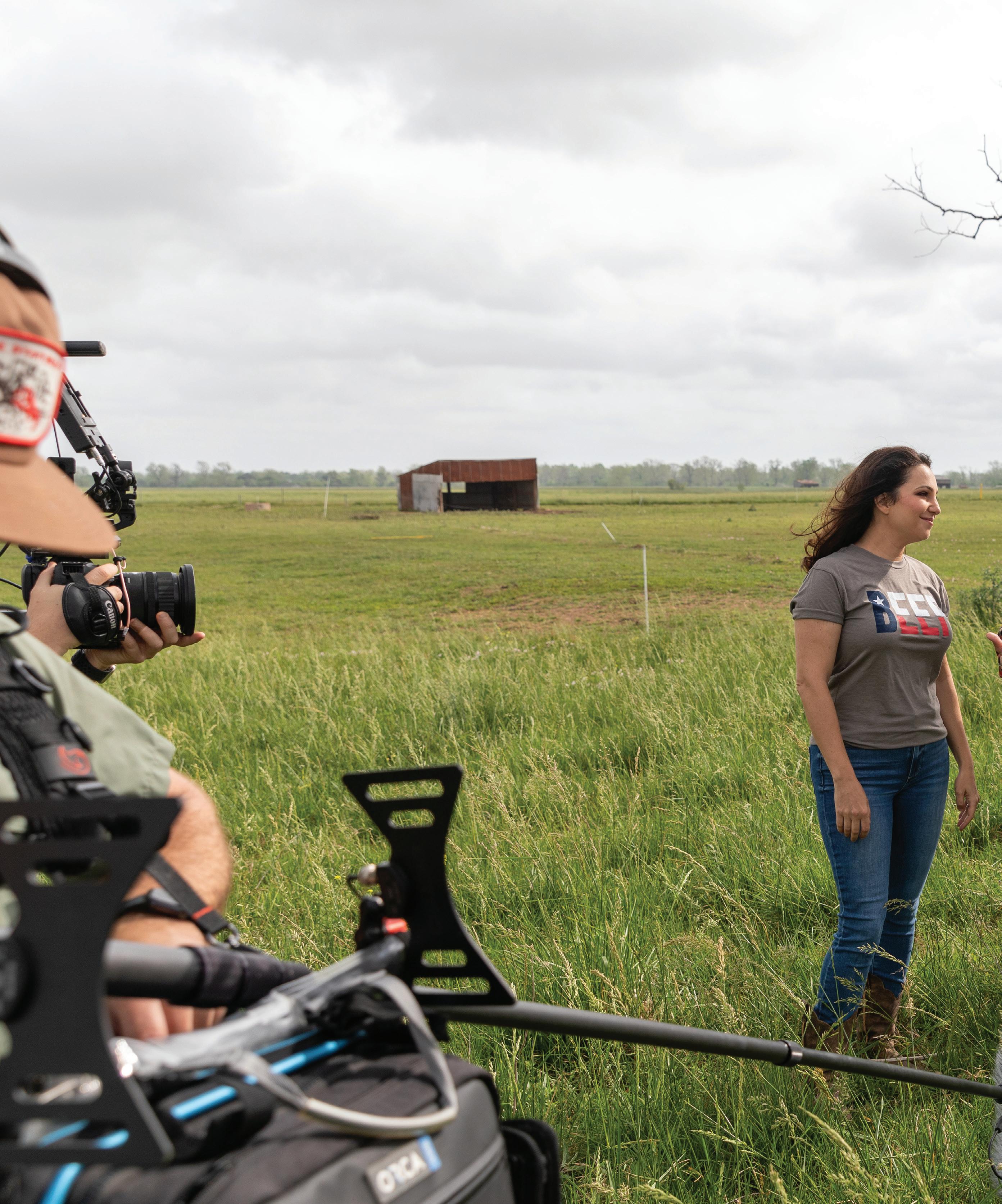 By Sarah Harris Photos courtesy of Texas Beef Council
By Sarah Harris Photos courtesy of Texas Beef Council
Few things are more synonymous with the Lone Star State than barbecue — especially beef. For the last four years, audiences from across the world fired up their TVs to watch “BBQuest,” an original series created by Texas Beef Council showcasing Texas barbecue, restaurants and pitmasters.
The latest season, which launched in summer 2022, “BBQuest: Beyond the Pit,” features not only people
and places that made the show popular, but also producers raising the celebrated protein.
“For the first time, we’re taking viewers not just to Texas barbecue joints, but to the places where beef’s story begins,” says Molly McAdams, Texas Beef Council’s executive vice president. “We’re spotlighting the individuals, families and cattle operations that put so much hard work into producing delicious, high-quality beef consumers can feel good about purchasing.”
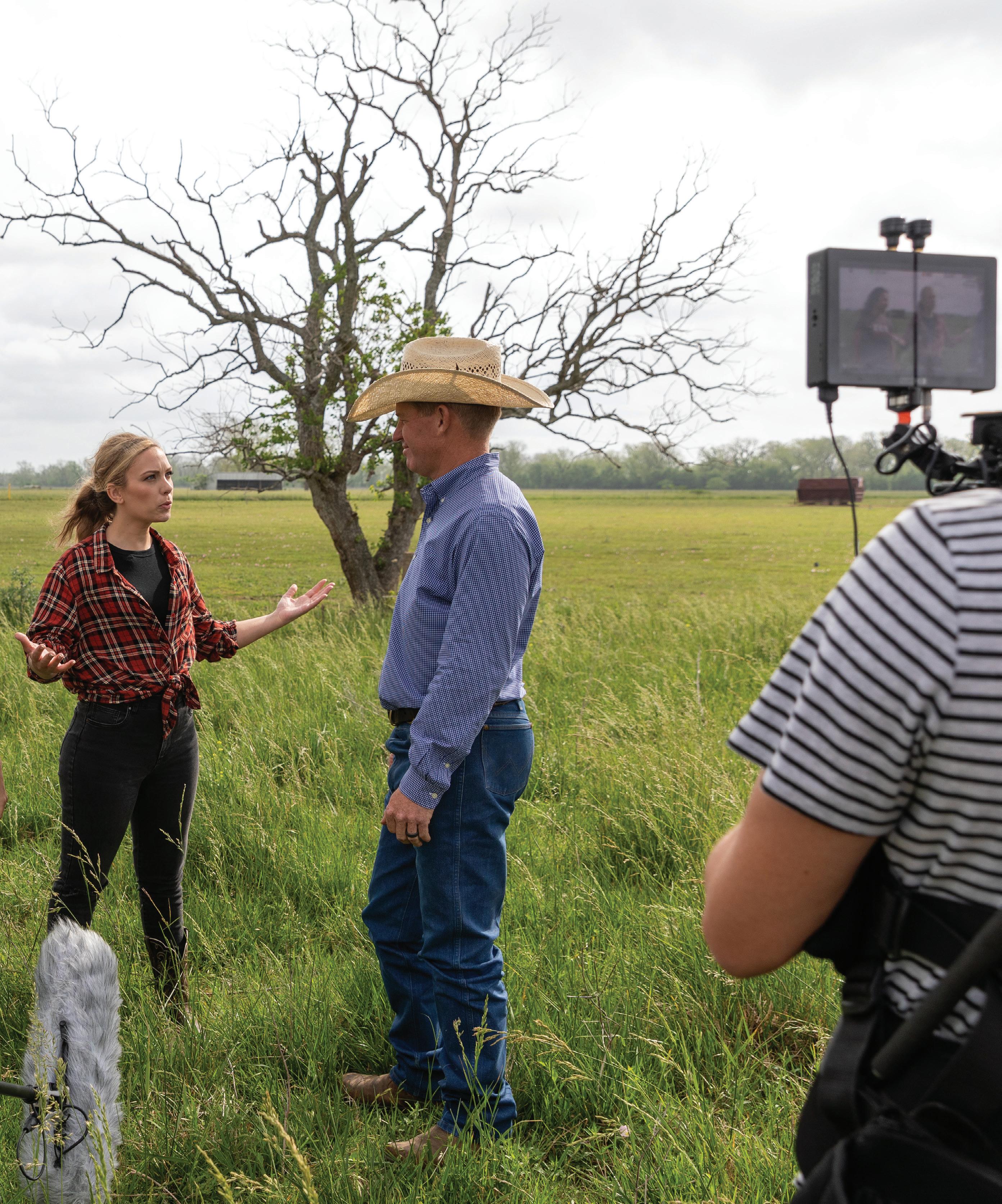
The first season of “BBQuest” released in 2018. A product of Beef Loving Texans, the council’s consumer-facing brand, the show represents new trends in TV and entertainment embracing today’s ondemand culture. The series is available to stream on Hulu, BeefLovingTexans.com and YouTube.
Through its first two seasons, “BBQuest” has been viewed more than 2.9 million times and watched for 620,000-plus hours. The series has generated more than 830,000 social media engagements. News stories and media interviews amplified its reach even further, with 11 million impressions outside of streaming platforms. The series also received an Award of Excellence from the Communicator Awards, a Gold Hermes Creative Award and recognition as a SABRE Award finalist, which stands for superior achievement in branding reputation and engagement.
“While ‘BBQuest’ is certainly fun to watch, it’s also a way for us to connect with consumers and teach them about the beef industry,” McAdams says. “‘BBQuest’ is a form of what’s now commonly referred to as ‘edutainment’ — entertainment that also educates.”
And educate it would.
The series embarked on a journey in season three to visit some of our state’s top barbecue joints, while stopping in at nearby cattle operations to highlight the beef producers who make it all possible.
Most consumers are three generations removed from the farm, meaning the practices and innovations of modern-day agriculture are not well known. Telling the story of Texas ranchers required a trusted voice.
Kelsey Pribilski, who has hosted “BBQuest” since its inception, would take on the challenge of educating consumers about beef alongside a new co-host for season three, Jess Pryles. Pryles is a respected member of the Texas barbecue scene and social media influencer who lent a level of credibility and authenticity to the show. Texas Beef Council says Pryles excels at connecting consumers to different industries on and off the camera.
In addition to her expertise, Pryles develops exclusive “BBQuest” recipes, which are available on the Beef Loving Texans website, extending the brand beyond the TV screen.
Season three restaurants were chosen based on recent accolades and rankings, and combined a mixture of old and new-school preparation.
“Since launching ‘BBQuest’ four years ago, it’s truly remarkable to see how much has changed, and yet


stayed the same, when it comes to Texas barbecue, and that’s exactly what you see in season three’s ‘Beyond the Pit’,” says Rachel Chou, Texas Beef Council director of consumer marketing. “There has been so much exciting innovation around cooking methods and international flavors, while there’s still a huge dedication to long-held recipes and smoking techniques.”
This diversity among cooking techniques also mirrors the diversity across cattle operations, posing the next challenge — finding those who could showcase the many facets of beef production in Texas.

“Rather than organizing this season’s episodes around a particular geographical location, we’re focusing more on the storytelling component,” Chou says. “Each ‘BBQuest’ episode centers around a different uniting theme, allowing the co-hosts to discover what really makes Texas barbecue so unique.”

Before moving back home to the family’s Caney Creek Ranch near Fairfield in 2007, Kimberly Ratcliff worked for Bloomberg, fully immersed in a career on Wall Street, promoting the company’s commodity platform. Today, working alongside her father, she now manages the ranch, a diverse beef operation covering 2,500 acres across Freestone, Leon and Houston counties.
“My favorite part about being a cattle rancher is the community,” Ratcliff says. “Especially the community where our ranch is located. Ranching can be complex and we must keep up with
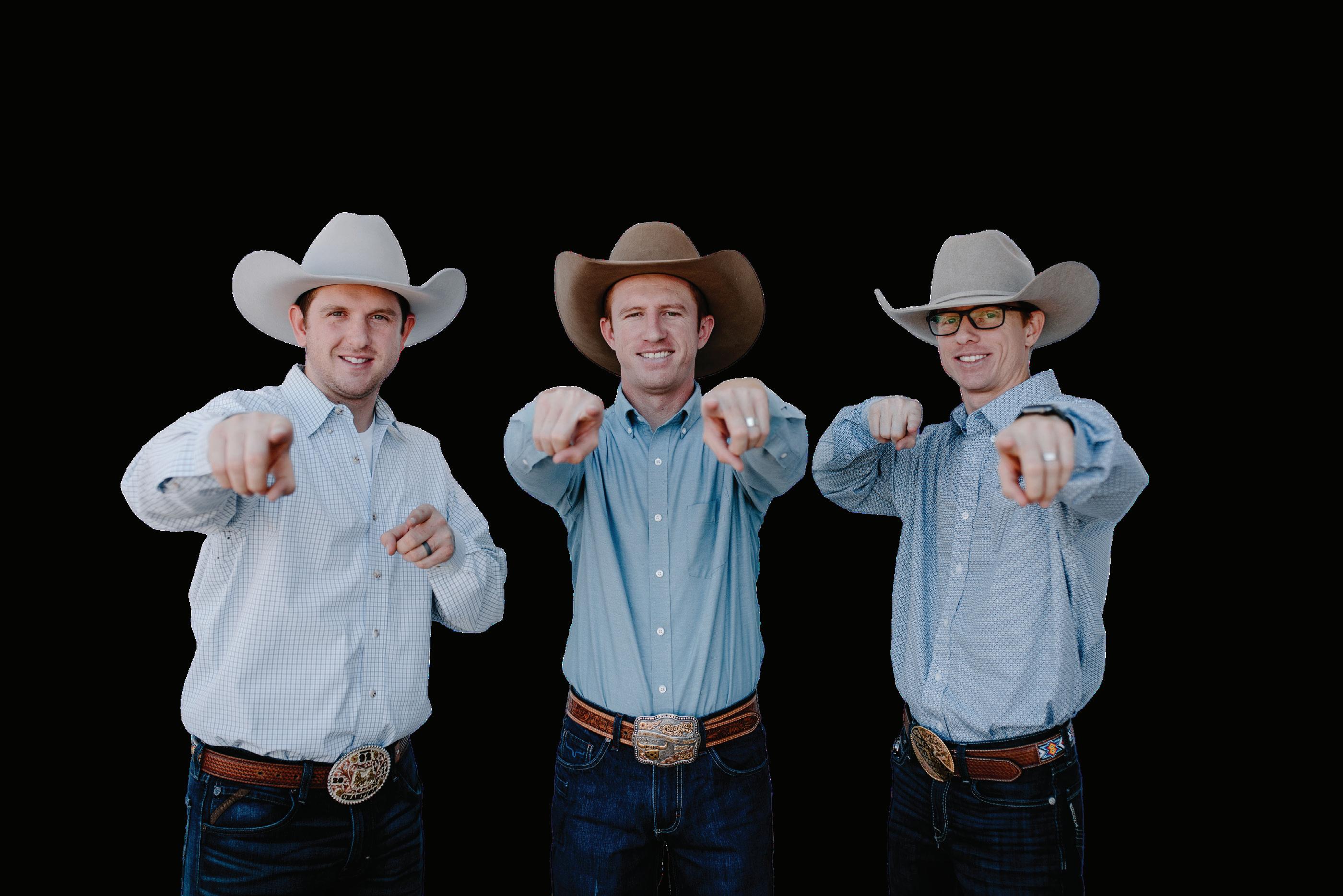
 Now in its third season, “BBQuest” hosts Kelsey Pribilski, far right, and Jess Pryles, middle, share the journey from barbecue joints to beef cattle ranches across the state, including stops with Texas & Southwestern Cattle Raisers Association members.
Now in its third season, “BBQuest” hosts Kelsey Pribilski, far right, and Jess Pryles, middle, share the journey from barbecue joints to beef cattle ranches across the state, including stops with Texas & Southwestern Cattle Raisers Association members.







a wide range of information and influences to stay in business, and I believe the strong community allows us to continue as an established operation.”
In addition, Ratcliff is the executive director of 100 Ranchers, an organization comprised primarily of minority producers across counties in Texas. 100 Ranchers works to unite farmers and ranchers by strengthening and promoting agriculture. The members are an integral part of sharing information, resources and best practices, and connecting people and projects through a strong network.
Caney Creek Ranch raises registered Charbray cattle, about 550 a season. Their breeding stock are sold nationally and internationally and the ranch also produces commercial cattle, horses, livestock feed resources, and has a direct-to-consumer meat company, Farm to Freezer Meat Co.

Ratcliff completed Texas Christian University’s Ranch Management program and is an alumnus of the Texas Agricultural Lifetime Leadership, or TALL, program.
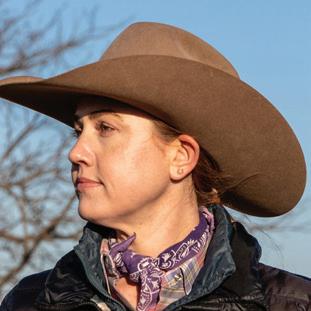
John Coleman Locke is a sixth-generation rancher managing the Locke Division of J.D. Hudgins Inc., a family-run cattle operation dating back to 1908. The 900-acre ranch specializes in registered Brahman cattle near Hungerford, located 50 miles southwest of Houston.

When it comes to Brahman cattle, J.D. Hudgins has contributed significantly to the growth of the thenemerging Brahman breed, thanks to a bull named Manso, purchased in 1933 by ranch founders to sire the herd.
It has been estimated that Manso has made genetic contributions to more than 75% of all cattle registered by the American Brahman Breeders Association. Today, the 114-year-old ranch maintains about 300 mother cows for breeding and sells bulls, heifers, semen and embryos to anyone looking to improve their herd.
John, a Texas & Southwestern Cattle Raisers Association member, is officially the ranch manager
and CEO, but calls himself a “jack-of-all-trades and master of none.” However, he jokes with seriousness that being somewhat versed in a number of tasks is a safer bet than being highly proficient in just one, especially considering the diverse skill set it takes to keep the ranch going over the years. At his side helping with operations is his father, Coleman Locke, a Texas & Southwestern Cattle Raisers Association honorary director; wife, Salina; and three daughters.
“It was fun filming a TV show at the ranch,” John says. “It’s a little overwhelming with all of the cameras, retakes and real stars, but ultimately it’s always fun to share what we do with other people. Through filming we can share with people in the moment, and it’s also exciting to think of the greater potential reach.”
Throughout the past seven generations, the men and women of the Saunders family have become legends in Texas ranching. Headquartered in Weatherford since 1934, the family owns and operates Saunders Ranch, a prominent cowcalf, yearling and equine business with cattle-raising roots dating back to the 19th century.
Thomas Bailey Saunders began raising cattle in Gonzales as early as 1850. Later in 1902, his grandson, Tom B. Saunders II, became the first cattle dealer at the Fort Worth Stockyards and his cattle company was the largest in the U.S. for much of the early turn-of-thecentury period.
Thomas B. Saunders III, the next generation in succession, furthered the cattle business, helped found the National Cutting Horse Association and, in 1934, established the Twin V livestock brand and Weatherford ranch property that the future Saunders’ generations still call home today.
Thomas B. Saunders IV saddled up in the family business at age 12, groomed in the Fort Worth stockyards by his father. Later, he moved to the Weatherford property, while working the ranch, publishing books on the rich culture of Texas agriculture, and raising a family there with his wife, Ann.
Today, his son, Thomas Saunders V, along with his wife, Lynn, and two grown daughters, Madalynn and Leslie Ann, oversee the day-to-day dealings of Saunders Ranch, including being members of Texas & Southwestern Cattle Raisers Association.
“Every day brings a new challenge on the ranch,” Madalynn says. “It’s exciting and always evolving, which keeps you on your toes. Not to mention, cattle producers are the best.”
Everyone pitches in to keep the business running smoothly. Lynn, who met Thomas V when they were just kids, and was “part of it all from the beginning,” runs the ranch office and still does all the accounting. Daughter
John Coleman Locke J.D. Hudgins Inc.Leslie works in marketing, and tends to the website and social media for Saunders Ranch.
By profession, daughter Madalynn is a livestock risk protection advisor and uses her skills to assist in the calendar of operations for their own livestock, alongside her father, as well as help with risk management decisions.



Josh Gray, Graham Land & Cattle’s financial manager, worked in the Gonzales-based feedyard during summers and then returned after college more than 15 years ago. His family goes way back in this operation: Josh’s father, Jay, was once general manager and his grandfather was involved with the business prior to 1987, when it was Harrell Cattle Co.
“There’s so many aspects of cattle ranching that have been wildly fulfilling, it’s difficult to say what my favorite would be,” Gray says. “I think there is a special kind of enjoyment in working with individuals to solve difficult problems and make this operation function with the resources we’re given. Day in and day out, we have a responsibility to care for these
animals and I consider it a joy to get to work with the people around me.”
Cattle are fed under the guidance of a beef cattle nutritionist who gets creative to repurpose things humans cannot eat to meet the animal’s individual nutritional needs. For example, brewer’s grain sourced from local breweries is transformed from an unwanted byproduct of the beer-making process into a nutritionally-dense ingredient mixed with steamflaked corn, rice bran, cotton seed and other ingredients personalized for cattle.
Gray says formulating rations for the cattle in their feedyard is as much a science as it is an art. Bunk riders inspect the pens each day to measure how much feed the cows leave “on the table” so to speak. This helps the team adjust the amount of feed and reduce waste. Cattle at Graham also sport individual identification tags tracking feed intake and overall health of each individual animal.
The feedyard recycles manure to make their own fertilizer, and tests the soil regularly to meet environmental requirements. According to Gray, these innovations are part of the bigger picture that keep Graham Land & Cattle going. T C
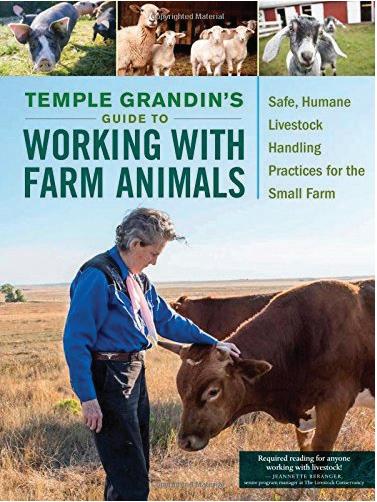

In December, Texas & Southwestern Cattle Raisers Association announced $182,000 in donations through its Disaster Relief Fund to 37 volunteer fire departments in disaster declared counties throughout Texas.

The funding supports resources, equipment and training for volunteer fire departments to ensure they can quickly and more efficiently suppress rangeland wildfires. A complete list of donation recipients is on page 25.
“Volunteer fire departments are the first line of defense when catastrophic wildfires occur and have a critical role in protecting rangeland, communities and cattle raisers alike,” said Texas & Southwestern Cattle Raisers Association President Arthur Uhl. “We are proud to provide funds that can have a long-term impact on rural communities and the agriculture industry.”

Donations were made possible through contributions from individuals and businesses across the U.S. to the association’s Disaster Relief Fund, and follow donations to affected ranchers earlier this spring. This support comes after more than 650,000 acres of rangeland burned throughout the state of Texas in 2022, impacting thousands of cattle producers.
The Texas & Southwestern Cattle Raisers Association Disaster Relief Fund is a 501(c)(3) organization providing emergency, short-term financial assistance to meet a variety of needs related to natural disasters.
Fire departments awarded donations through TSCRA Disaster Relief Fund.
• Benbolt Volunteer Fire Dept.
• Callisburg Volunteer Fire Dept.
• Christoval Volunteer Fire Dept. Inc.
• City of Kingsville Fire Dept.
• D'Hanis Volunteer Fire Dept.
• Dublin Volunteer Fire Dept.
• Escobares Volunteer Fire Dept.
• Falfurrias Volunteer Fire Dept.
• Fort McKavett Volunteer Fire Dept. Inc.
• Grape Creek Volunteer Fire Dept.
• Greenwood Slidell Volunteer Fire Dept.
• Huckabay Volunteer Fire Dept.
• Iowa Park Volunteer Fire Dept.
• Kenedy County Volunteer Fire Dept.
• Kleberg County Fire Rescue
• Lone Camp Volunteer Fire Dept.
• Miami/Roberts County Volunteer Fire Dept.
• Moss Lake Volunteer Fire Dept.
• Muenster Volunteer Fire Dept.
• North Hood County Volunteer Fire Dept.
• Nueces County Emergency Service Districts #1 and #3
• Olden Volunteer Fire Dept.
• Orange Grove Volunteer Fire Dept.
• Palo Pinto Volunteer Fire Dept.
• Paradise Volunteer Fire Dept.
• Proctor Volunteer Fire Dept.
• Rising Star Volunteer Fire Dept.
• Rocksprings/Edwards County Volunteer Fire Dept.
• Southern Brooks Volunteer Fire Dept.
• Sparta Volunteer Fire Dept.
• Tioga Volunteer Fire Dept.
• Troy Volunteer Fire Dept.
• Valera Volunteer Fire Dept.
• Wall Volunteer Fire Dept. Inc.
• Wingate Volunteer Fire Dept.
• Wise County Emergency Service District #1
Five interns joined the Texas & Southwestern Cattle Raisers Association team for a spring semester internship experience. Logan Lankford and Maddie Riley are based in Austin; Lainye Meador, Hannah Scarborough and Annie Sulpizio are based in the association’s Fort Worth office.
Name: Logan Lankford
City: Wolfe City
School: Texas A&M University
Major: Agricultural Leadership & Development
Logan Lankford is from Wolfe City, where his family has been involved in agriculture for more than five generations. His roots go back to Oliver Loving of the Goodnight Loving Trail. Today, they run a cow-calf and feeder calf herd, as well as operate a family cotton gin. He is a junior at Texas A&M University, studying agricultural leadership and development, with a minor in business.

Name: Lainye Meador
City: Canyon
School: West Texas A&M University
Major: Agribusiness & Economics
A native of Canyon, Lainye Meador is a West Texas A&M University junior majoring in agribusiness and economics, with a minor in animal science. She is involved in many campus activities, including Collegiate Farm Bureau and the Chi Omega sorority. She is also a member of Rise Ministries, and an agricultural ambassador for the department of agricultural sciences.

Name: Maddie Riley
City: Richards
School: Texas Tech University
Major: Agricultural Communications & Journalism

Maddie Riley is a sophomore at Texas Tech University, studying agricultural communications and journalism, with minors in animal science and political science. She is a member of the Texas Tech Ranch Horse Team, which has been recognized with multiple state, national and world championships. She is also a member of Texas Tech’s President’s Select, giving tours, working events and representing the university.

Name: Hannah Scarborough
City: Decatur
School: West Texas A&M University
Degree: Agricultural Media & Communications
From Decatur, Hannah Scarborough has a great passion for agriculture, as her family roots run five generations deep in the cattle industry. Her greatgrandfather was a partner in Vann-Roach Cattle Co. in Fort Worth. Her father currently owns and operates Decatur Livestock Market. A graduate of West Texas A&M University, she holds a bachelor’s of science in agricultural media and communications, and a minor in agricultural business and economics.
Name: Annie Sulpizio

City: Yuma, Arizona
School: Texas Tech University
Major: Agricultural Communications & Animal Science
Annie Sulpizio was born and raised in Yuma, Arizona, surrounded by cattle and livestock her entire life. She is currently a sophomore at Texas Tech University, pursing dual degrees in agricultural communications and animal science, with a concentration in production. She has previously interned with Texas Beef Council and been involved with Agriculture Future of America and Texas Tech Cattlewomen’s Association.
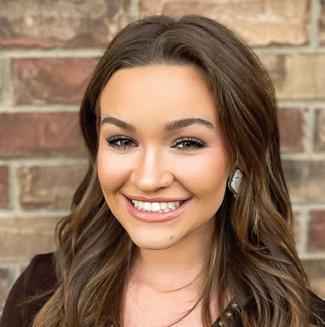
The American Red program is a strategic cross that provides the beef industry with a unique blend of maternal traits, adaptability, growth, hybrid vigor and marbling in a heat-tolerant, red hide.


To learn more or to enroll, please contact Chessie Mitchell, RAAA tag program coordinator, at tags@redangus.org
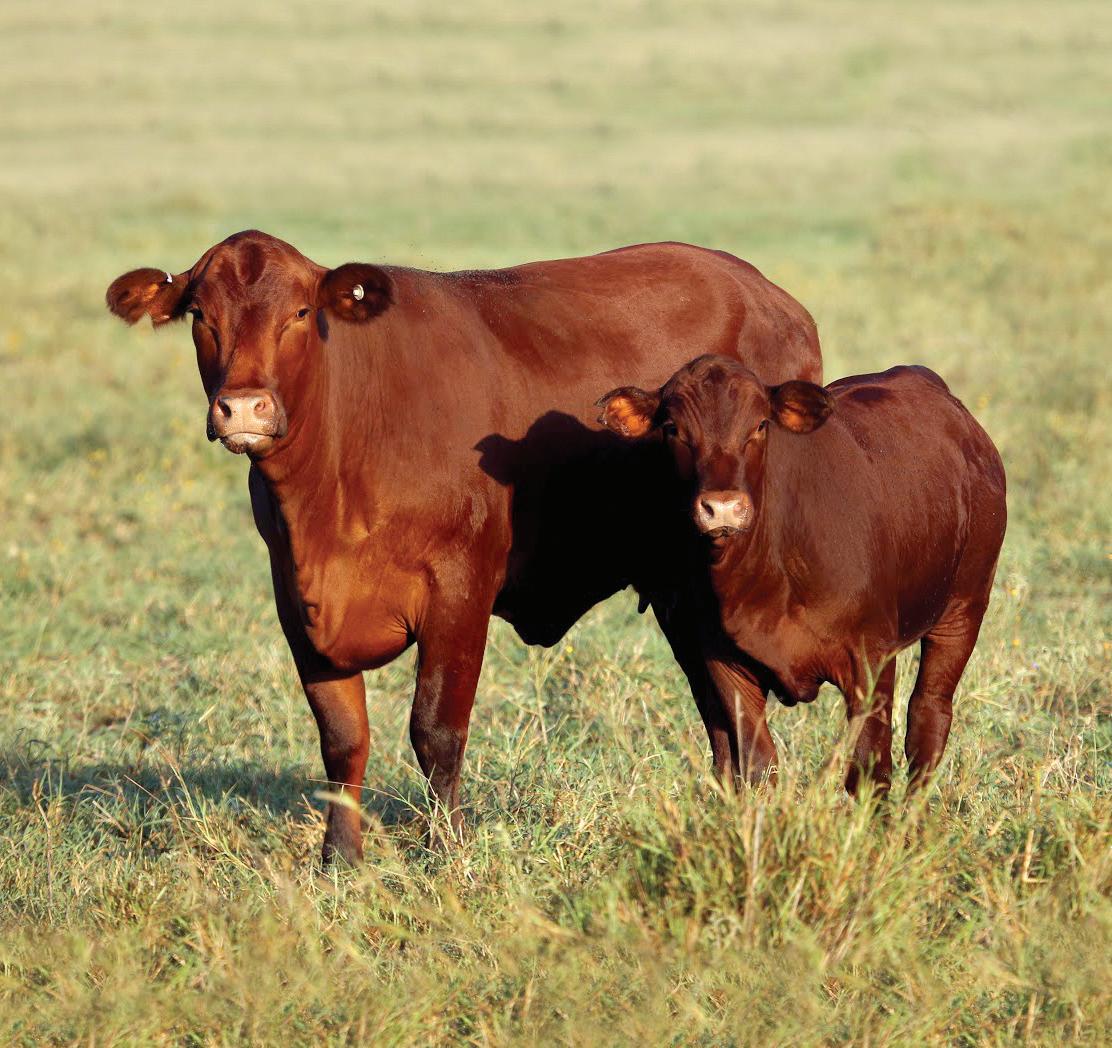
Ranching 101 session will offer a refresher on beef cattle fundamentals.

In the dynamic business of raising cattle, it can be beneficial to take a look back at the basics. During this month’s Ranching 101 at 1 p.m., Tuesday, Jan. 17, Texas & Southwestern Cattle Raisers Association will host a virtual session titled, “So you want to be a rancher?”
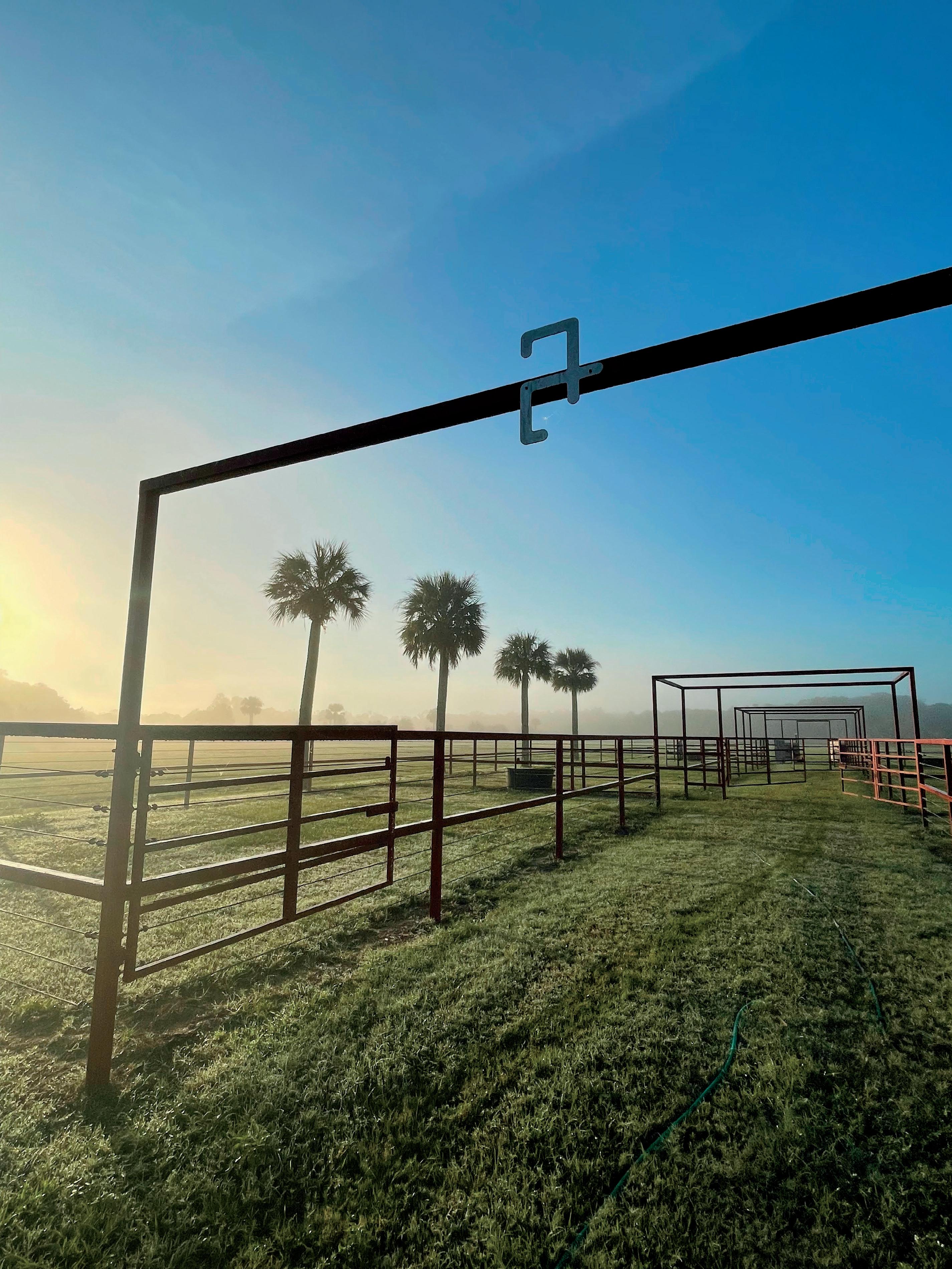
Webinar attendees can expect to learn the fundamentals of a successful cattle program from speaker Jason Cleere, Ph.D., associate professor and beef cattle specialist at Texas A&M AgriLife Extension. Interested members can register by scanning the QR code.

Cleere is stationed at Texas A&M University in College Station, where he develops and implements Extension educational programs to increase production efficiency and profitability of Texas beef cattle producers. He also serves as coordinator of the Texas A&M Beef Cattle Short Course, which attracts more than 1,800 participants to campus each August. He has been a faculty member in the department of animal science for 20 years.
Cleere received his bachelor’s degree in agricultural science from Texas A&M University in 1997, his master’s in animal science with an emphasis in beef cattle production from Texas A&M University in 1998, and his doctorate in animal science with an emphasis in beef cattle genetics and management from Texas Tech University in August 2002.
From September 2002-May 2005, he served as a beef cattle specialist for East Texas based at the Texas AgriLife Research and Extension Center in Overton.
Cleere received the Texas A&M Vice Chancellor’s Award in Excellence as an Extension specialist in 2017 and on two separate occasions for his performance as a member of an Extension team. The Texas County Agricultural Agents Association has also recognized Cleere as the Specialist of the Year.

Cleere is a member of Texas & Southwestern Cattle Raisers Association, American Society of Animal Science, Independent Cattlemen’s Association and American Shorthorn Association, and owns a purebred cattle operation near Madisonville. T C
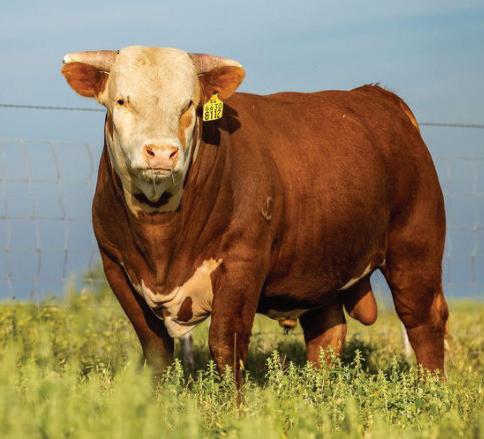
Raising Registered Herefords since 1965 .
We pride ourselves with the intense selection pressure, we put on our cow herd. Fertility, sound udders, and structural correctness are the cornerstones.
Come select a bull to build your F-1 females
• February 15, San Antonio Livestock Show and Rodeo All Breeds Registered Range Bull Sale
Selling Range bulls, open Hereford heifers and RCR influenced bred Brangus heifers
• March 1, Houston All Breeds Registered Range Bull Sale
Selling Range bulls, open Hereford heifers and RCR influenced bred Brangus heifers
Loyd Whitehead, Owner
Randy Wood (325) 396-5526
Ft. McKavett, TX 76841 (call for directions)
www.therockingchairranch.com

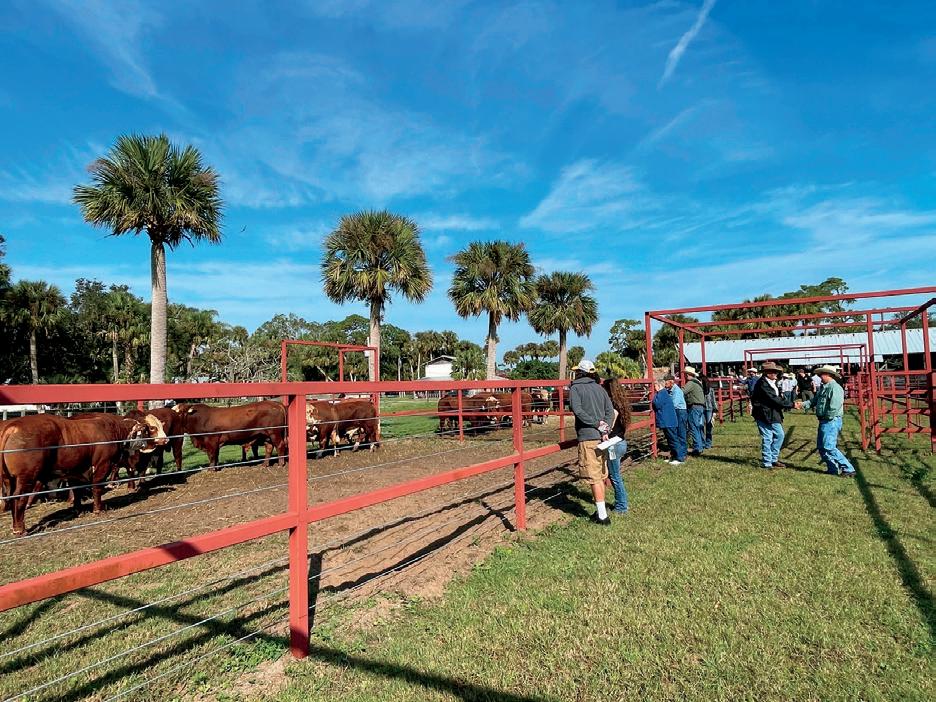






Texas Beef Council announced its board of directors for fiscal year 2023, which officially began Oct. 1.
The 20 directors represent various agriculture industry sectors and associations from across the state, and kicked off the year with the first meeting of the Texas Beef Council and the Beef Promotion and Research Council of Texas on Nov. 16.
The 2023 board of directors includes the following individuals, each listed with their hometown and beef industry sector and/or association affiliation:
Executive Committee:
• Pat McDowell, chairman; Shamrock; Texas Farm Bureau
• Fred Schuetze, vice chairman; Granbury; purebred
• Dan Gattis, immediate past chairman; Georgetown; Texas & Southwestern Cattle Raisers Assoc.
• Brian Malaer, Harwood; Independent Cattlemen's Assoc.
• Shannon Treichel, Canyon; at-large
Directors:
• Brandon Cutrer, Wharton; purebred
• Ty deCordova, Groesbeck; Livestock Marketing Assoc. of Texas
• Neil Dudley, Hamilton; Southwest Meat Assoc.
• Leslie Kinsel, Cotulla; Texas & Southwestern Cattle Raisers Assoc.
• Amy Kirkland, Vega; Texas Cattle Feeders Assoc.
• Sarah McKenzie, Pecos County; Texas Farm Bureau
• Pat Shields, Bryan; at-large
• Marsha Shoemaker, Bellevue; Texas CattleWomen
• Mark Sustaire, Winnsboro; dairy
• Richard Winter, Canyon; Texas Cattle Feeders Assoc.
• Chloe Wilson, Sabinal; Independent Cattlemen's Assoc.
First-term Directors:
• Klazina de Boer, Dublin; dairy
• Dane Elliott , Pawnee; Texas Farm Bureau
• Gilly Riojas, Corpus Christi; Texas & Southwestern Cattle Raisers Assoc.
• Brandi Richards, Hereford; Texas Cattle Feeders Assoc.
The U.S. Meat Export Federation Strategic Planning Conference was held Nov. 9-11 in Oklahoma City, attracting farmers, ranchers, processors and exporters from throughout the nation.
While U.S. red meat exports will likely set a value record approaching $20 billion this year, the industry faces obstacles related to the sluggish global economy, weakening currencies of key trading partners and COVID’s lingering effects. Challenges are also mounting on the production side, especially for livestock producers impacted by drought.
Keynote speaker Randy Blach, CEO of CattleFax, detailed the larger-than-expected contraction of the U.S. cattle herd, which helped drive U.S. beef production and exports to record highs in 2022, but will be a significant constraint for exporters next year. The drought has also heightened production costs for cattle feeders.
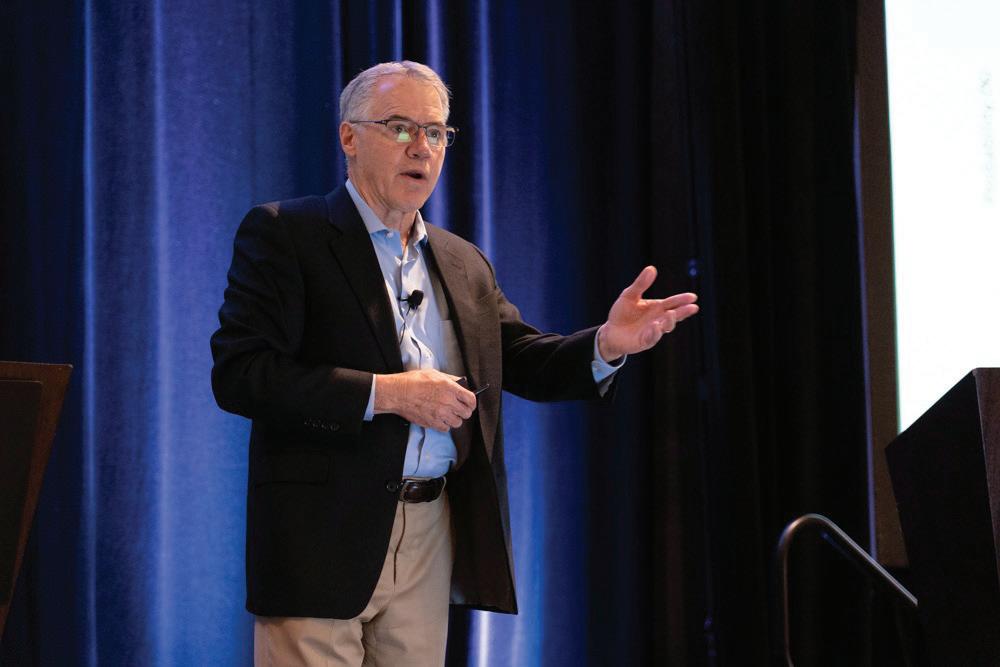
“If you’re putting an animal in a feedyard anywhere in the Central Plains — let’s say Kansas or Oklahoma — your cost to put on a pound of gain is between $1.30-$1.40,” Blach explained. “We have not seen that historically, not even back in 2008, when we had the ethanol mandate and for a period of time, corn was at $8.00 per bushel. This is an interesting time, when the market needs more corn and where it’s needed most, the corn just isn't there.”
Blach also highlighted the remarkable efficiency and sustainability of the U.S. beef industry, which he maintains is well-positioned for success, even in this challenging environment.
“Whenever I ask an audience, ‘who's the biggest beef producer in the world?’ — everyone says Brazil, because it has 300 million cattle,” Blach said. “But we’re producing more beef than Brazil with only onethird the number of cattle. Why? Because of our highquality, grain-fed beef. The U.S. has the best carbon footprint of anybody on the list of top beef producers,
because of the way our production systems work and the amount of production that we get on a per-head basis.”
Blach added that the U.S. achieved record beef production in 2022 with 30 million fewer cattle than in the 1970s.
U.S. Meat Export Federation President and CEO Dan Halstrom gave members an update on yearto-date export results and his outlook for coming months. While challenging times lie ahead, Halstrom highlighted the importance of market diversification in keeping beef exports on a record pace through the first three quarters of 2022.
He listed several mounting obstacles for U.S. exports, including global inflation, ongoing supply chain challenges and the strengthening U.S. dollar. As an example, Halstrom noted that devaluation of the Japanese yen has pushed prices for U.S. meat products 30% higher than a year ago in an extremely competitive market.
Market diversification has long been a top priority for the U.S. Meat Export Federation, and Halstrom praised the U.S. industry’s commitment to developing new and emerging markets for red meat exports. He noted that the often-tense U.S.China relationship underscores the importance of this strategy. Halstrom explained while China is a major U.S. red meat customer, on pace to purchase $4 billion in U.S. beef and pork this year, the U.S. is not nearly as dependent on China as most other suppliers.
“Uruguay exports 58% of its beef production to China, New Zealand 44%, Brazil 18% and Australia 14%,” Halstrom said. “But even with our recent growth, just 3% of U.S. beef production is exported to China.”



Texas & Southwestern Cattle Raisers Foundation is now accepting scholarship applications for the 2023-2024 school year. The application and information on qualifications can be found online at cattleraisersmuseum.com or by calling 817-332-8551.
Applications must be received Feb. 3.
Since 2004, the foundation has awarded almost $852,000 in scholarships to deserving students pursuing degrees in agriculture or agriculturerelated programs. In 2022, the foundation awarded 27 scholarships totaling $75,500, the largest amount it’s granted in a single year. T C
DR. GLENN PAUL BLODGETT , 73, of Guthrie, died Nov. 20.
Born on Dec. 21, 1948, Blodgett’s fondest childhood memory was getting his first horse, “Smokey,” when he was 10 years old.
After high school, he attended Texas Tech University for one year before transferring to Oklahoma State University, where he received a bachelor’s in animal science. He completed veterinary school at Texas A&M University in 1974 and began working at the Spur Veterinary Hospital. Two years later, he opened Hansford County Veterinary Hospital.
In 1982, Anne Marion of Burnett Ranches approached Blodgett to work as the resident veterinarian and manager for the Four Sixes Ranch horse division. Through their partnership, they developed a worldclass, multi-tiered operation with some of the most elite race, performance and working ranch horses in the world.
Under his leadership, the Four Sixes Ranch became an industry leader in reproduction, breeding more than 1,500 mares annually. The ranch became an alltime leading breeder of both racing and performance American Quarter Horses, and in 1993, won the American Quarter Horse Association’s Best Remuda Award.
Blodgett is survived by his wife of 53 years, Karen Blodgett; two daughters, Buffie Guynes and Brandie (Blodgett) Mustian (Mike); grandchildren Claire Guynes, Rebecca Guynes, Catherine Guynes, Myla Mustian and Maddox Mustian; sister, Marilyn Cline; brother-in-law, Ronnie Wright (Lelia); and a host of nieces, nephews and extended family.
EDGAR DALE HERRING , 91, of Talpa, died Nov. 20.
Herring was born Nov. 20, 1931, in Santa Anna to Edgar Otto Herring and Cora Belle (Dancer) Herring.
He graduated from Talpa High School in 1949 and served in the U.S. Air Force from 1951-1955.
Herring attended Tech Technological College from 1955-1959 and obtained a bachelor’s degree in animal husbandry. He married Arletta Jane Sides, of DeLeon, June 13, 1964.
A fourth-generation cattle and sheep rancher, Herring was a member of Texas & Southwestern Cattle Raisers Association and lifelong practitioner of environmental stewardship, receiving multiple Texas conservation awards.
Herring is survived by his son, Andy Dale Herring (Kimberly), of Franklin; daughter Angelita DeAnn (Herring) Stephenson (Jerry Don), of Talpa; five grandchildren, James Herring Stephenson, of Stephenville, Sydney Renee Herring, of Houston, Shelbi Paige Stephenson, of Talpa, Cole Edward Herring, of Fort Stockton, and Allie Dale Herring, of Lubbock; brotherin-law and sister-in-law, Sherman and Joyce Sides, of DeLeon; and nephews, Bradley Sides and Brandon Sides.
W.R.
JR., 88, of Fort Worth, died Nov. 9.
For 33 years, Watt served as the president and general manager of the Southwestern Exposition and Livestock Show, more commonly known as the Fort Worth Stock Show & Rodeo.
Watt began part-time work at the stock show in 1955, pitching in between college semesters when he was studying animal husbandry at Oklahoma State University. He was elected to the organization’s board of directors in 1958, and remained on the governing body for 64 years.
During his tenure, Watt played a critical role in an era of growth and improvements at the stock show’s home, the Will Rogers Memorial Center, that was pivotal in Fort Worth’s emergence as the nation’s premier location for livestock and equestrian competitions.
Ranching was another vocation that fulfilled Watt’s life. From a young age, he devoted considerable time on his family’s Watt Ranch in Throckmorton County. He oversaw the cow-calf operation for more than 50 years with a strong devotion and passion for stewardship of the land and livestock under his careful watch.
Watt also served as a Texas & Southwestern Cattle Raisers Association honorary vice president.
He is survived by his wife, Jerri Anne Watt; daughter, Susan Watt; stepson, Mike McCrary (Erica); brother, Tom Watt (Betty); seven grandchildren; one greatgranddaughter; and two nephews. T C
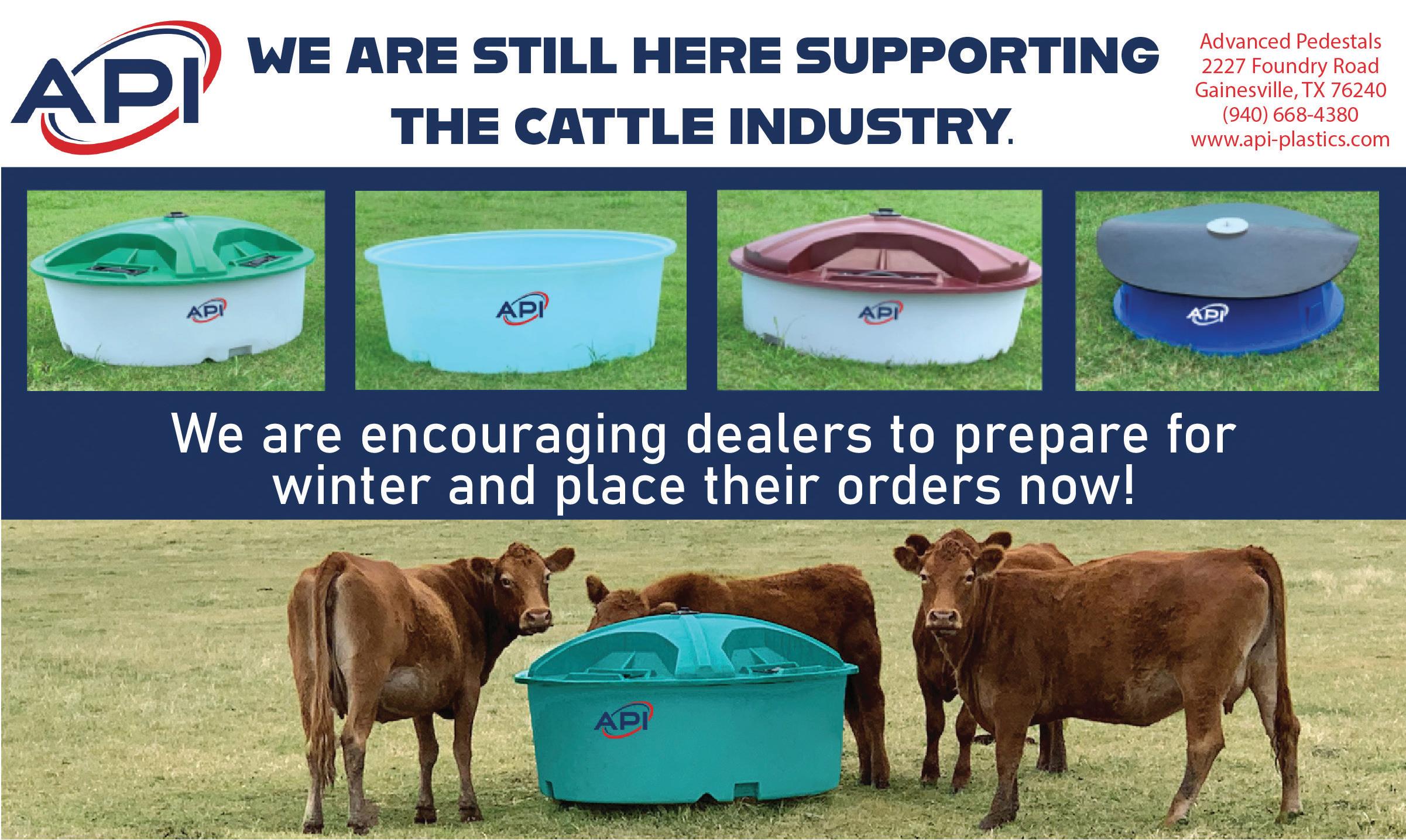



To learn more about membership, scan the code above or visit TSCRA.org.




Bulls missing in Montague County.
Texas & Southwestern Cattle Raisers Association
Special Ranger Chris Ward reports two Angus bulls missing approximately five miles south of Bowie. The bulls are around 4-5 years old and have a circle with three spokes brand on the left shoulder. They were last seen in spring 2022. Anyone with information on this case is urged to contact Ward at 806-205-0119.
Calves missing in Beckham County, Oklahoma.
Texas & Southwestern Cattle Raisers Association
Special Ranger Ben Eggleston reports nine black Angus calves missing from a pasture north of Elk City, Oklahoma. The missing steers and heifers weigh approximately 600 pounds, and have red handwritten tags in the left ear.
Bull missing in Lipscomb County.
Eggleston also reports one registered black Angus bull missing near Darrouzett. The bull is branded with -L on the left hip.
Horse missing in Montague County.
The special ranger reports an 18-year-old Percheron gelding missing. Last seen Oct. 23, the horse is paint colored and approximately 17.1 hands tall. Anyone with information on these cases is urged to contact Eggleston at 806-852-4741.
Yearlings missing near Italy.
Texas & Southwestern Cattle Raisers Association Special Ranger Robert Pemberton reports 45 crossbred yearlings missing. The cattle weigh approximately 400-600 pounds and some are branded with CJ7 on the left hip.
Tractor missing near Aubrey.
Pemberton also reports a blue New Holland T1530 tractor with a loader and 4-foot John Deere mower attached. The serial number of the tractor is ZBNBA1158 and the serial number of the loader attachment is Y7M021891. The tractor was last seen Oct. 29. Anyone with information on these cases is urged to contact Pemberton at 903-450-3900.
Ewes missing near Sonora.
Texas & Southwestern Cattle Raisers Association
Special Ranger H.D. Brittain reports 50 Rambouillet and Suffolk ewes missing. The sheep were last seen Sept. 5.
Equipment stolen in San Angelo.
Brittain also reports three camo-colored John Deere Gators, a John Deere tractor, a John Deere lawn mower and one John Deere air compressor stolen from South Plains Implement. Two of the missing Gators are singlecab 2022 models and the third is a 2017 crew cab with a mounted air compressor. The vin numbers of the Gators are: 1M083MALPM060186, 1M083MALPM060190 and 1M0825GFJHM130484. The equipment was last seen on Oct. 15. Anyone with information on these cases is urged to contact Brittain at 325-853-2062.
Bull missing near Goliad.
Texas & Southwestern Cattle Raisers Association
Special Ranger Robert Fields reports one black Limousin bull missing. Last seen Oct. 27, the bull is approximately 7 years old and branded with a connected 24 on the right hip. Anyone with information on this case is urged to contact Fields at 361-207-5207.
Heifers missing in Kerr County.
Texas & Southwestern Cattle Raisers Association
Special Ranger J.T. Jennings reports seven black AngusWagyu heifers missing from a pasture east of Comfort. Last seen Sept. 1, the heifers have yellow ear tags in the left ear with No. 4, 6, 7, 8, 9, 10 and 11. Anyone with information on this case is urged to contact Jennings at 830-997-7585. T C
TSCRA offers a cash reward for information leading to the arrest and/or grand jury indictment of individuals for theft of livestock or related property. Anonymity is guaranteed. To provide information, call the Operation Cow Thief tip line at 817-916-1775.
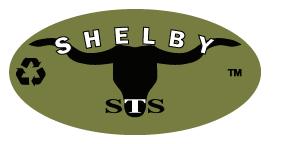
Saturday,Jan.21@10:00a.m.–SanSaba ConsignmentsWelcome!
Saturday,Feb.18@10:00a.m.–SanSaba ConsignmentsWelcome!
Inconjunctionwithourregularsale. Bullswillsellat10a.m. Bullswillbefertilitytested,meettrichrequirements,andreadytogotowork.
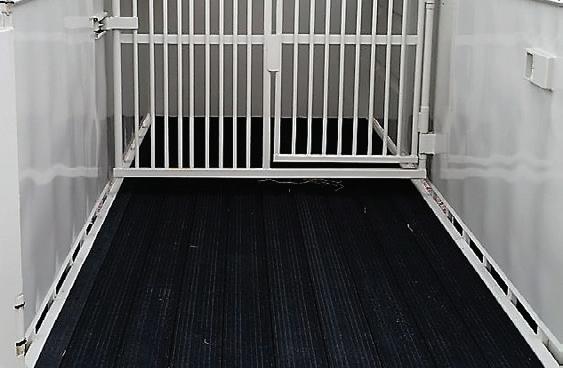
Thursday,Jan.12@10:00a.m.–SanSaba
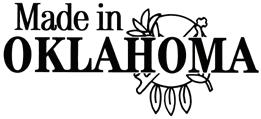
FeaturingShadyOakFarmCharolais&Sim/Angusbulls
Thursday,Feb.9@10:00a.m.–SanSaba
FeaturingMartin-BruniBrangusCattle&CannonCharolaisBulls
WEEKLY SALES HELD AT 11:00 a.m.
Monday – Mason
Thursday – San Saba
Formoreinfoonabove salesoronlineviewing andbidding,pleasecall orvisitourwebsite.
Shelby Trailer Service LLC 282066 E 1790 Rd


Comanche, OK 73529
Quality products since 1999 www.shelbytrailer.com

Date of Birth: Dec. 13, 1954
Offense: Theft of Livestock


Date of Offense: Aug. 18, 2021
Victim: Seguin Cattle Co.
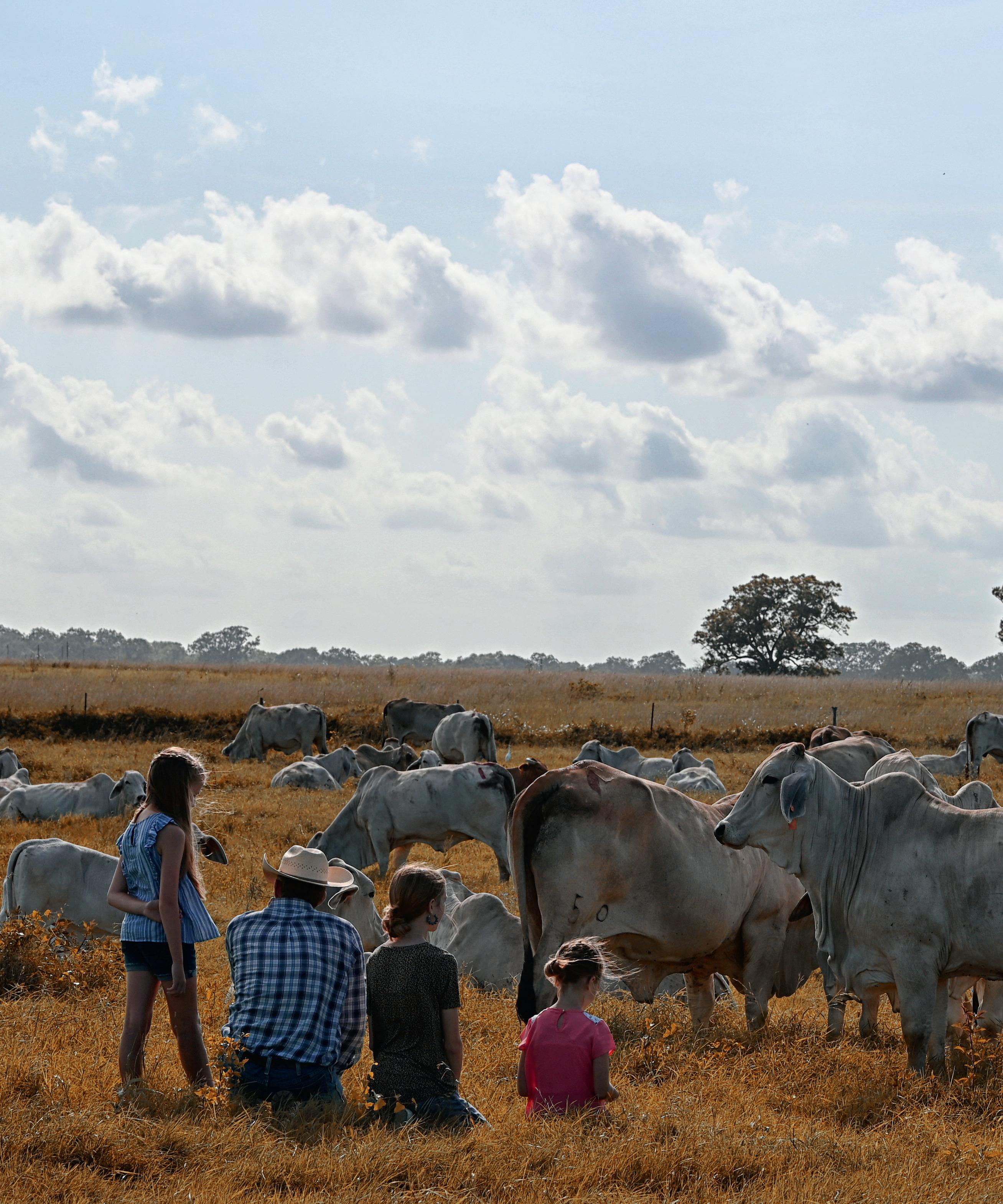

Location of Offense: Guadalupe County
Trial Date: June 8, 2022
Trial Court: 274th District Court
Plea: Guilty
Sentence: Four years, deferred adjudication
Fine: $1,669


Community Service: 80 hours
TSCRA Special Ranger: Robert Fields T C

While a cattle operation is a wonderful legacy and livelihood for many families, at the end of the day, it is a business. That means it must be sustainable and profitable.
Accomplishing both can be challenging in today’s economic environment, but attitude and mindset can help, according to Mallory Vestal, Ph.D., associate professor of agricultural business and economics at West Texas A&M University.
“There’s no one way to make your operation profitable — it’s a combination of things,” says Vestal, who was a recent speaker during Texas & Southwestern Cattle Raisers Association’s Ranching 101 webinar series.
Of course, total revenue is a result of where the dollars coming from, the price received for cattle sold and the number of cattle sold. Understanding the relationship of price with variable and fixed costs can help make adjustments to build profitability.
“You have to have a plan, be purposeful and be able to pivot in order to perpetuate profit,” Vestal says. “There’s no roadmap with a 100%, one-size-fits-all plan for cowcalf operators.”
Everyone will eventually face some kind of challenge or time of adversity making it hard to sustain their cowcalf operation. But how those challenges are handled proves whether or not the ranch remains in business for the long haul.

There are several areas that can make or break profitability, Vestal says, including recordkeeping, the breeding season and conception rates, marketing strategy, and an overall vision for the operation’s shortand long-term plans.
“What does profitability look like for your operation?” Vestal asks. “Is it breaking even, or increasing your revenue by a certain amount each year?”

Among the most critical pieces of the profitability puzzle is recordkeeping. She says it is important to understand the motivation behind keeping records — is it only for tax purposes? Or are the records influencing management decisions?
Vestal recommends using record-keeping software, but there is a difference between just collecting data and having valuable information, and savvy cattlemen should know and understand the difference.
“Recordkeeping is critical for many reasons, but it depends on what type of operation you’re running,” says Max Westheimer, enterprise account executive with AgriWebb, a livestock ranch management software company. “For cow-calf operations, maybe it’s important to keep records to see the performance of your cows each year, so you know which cows to cull based on pregnancy rates, weaning weights or birth weights.”
Westheimer notes that as margins become tighter, data can be used as an insurance policy to gain insights for future generations to set up the operation for long-term success and sustainability.
“In a stocker operation, a lot of value can be realized assigning daily gains to individual animals and seeing how their actual weights matched up with your estimations,” Westheimer says. “If you’re not weighing them, or don’t have access to infrastructure to catch weights as frequently, you may not be able to take advantage of various market conditions.”
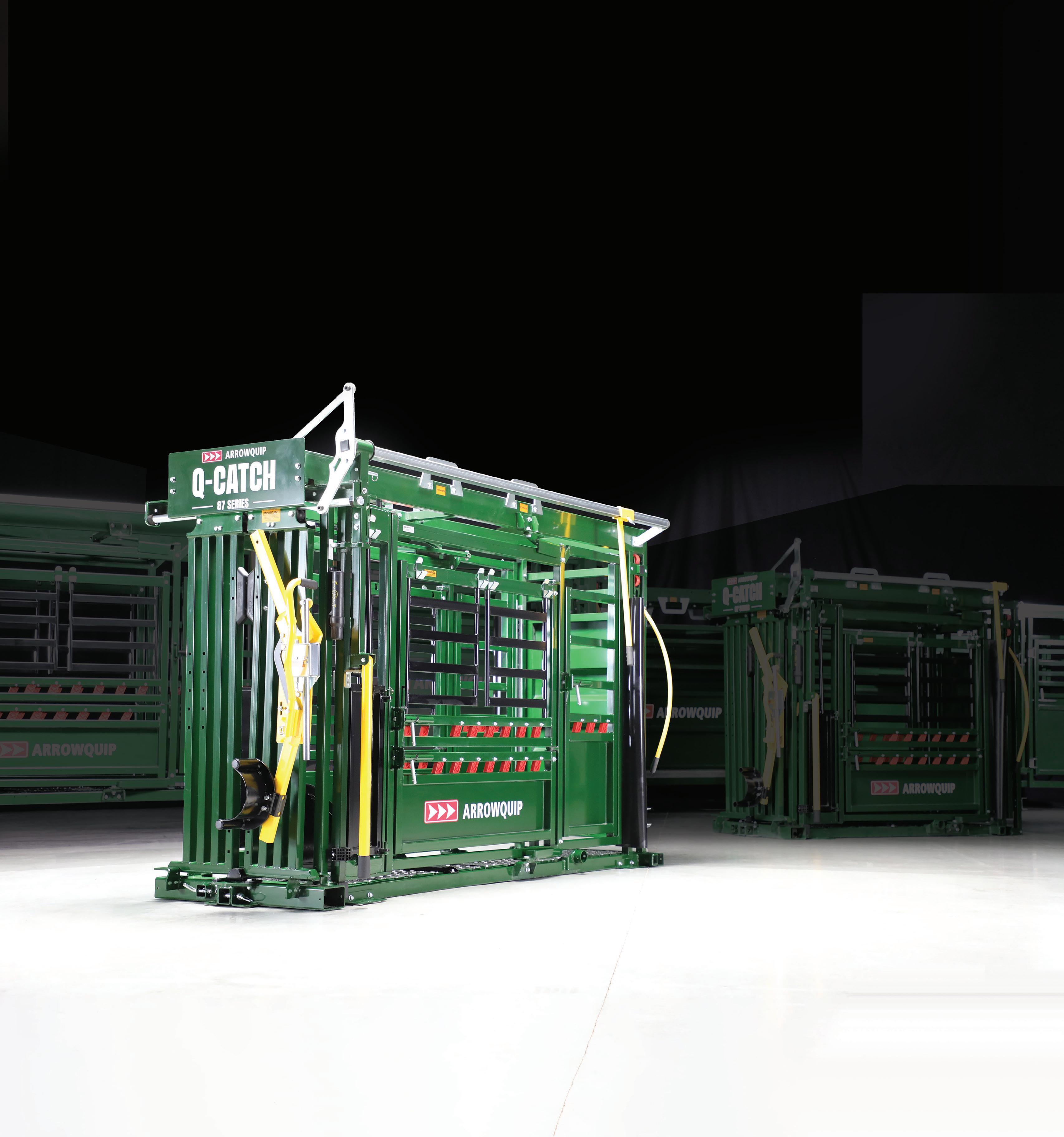
Essential data to include in records include input and feed costs, veterinary treatment and expenses, overall production calendar, calving dates and how long bulls were out with cows.
Are conception rates 75% or higher? If not, why not? What changes could boost conception rates?
Data can also be especially beneficial during transition periods for operations to take advantage of opportunities to capture premiums or sell to a certain supply chain.
“If they’ve never done it before, the operator isn’t going to have a whole lot of information on what that looks like, but keeping that information can help determine if it was successful or a bust,” he says. “You can’t manage what you can’t measure, and if you’re measuring something incorrectly, you’ll also end up managing incorrectly.”
Having a solid game plan for when and how to market animals can make all the difference in an operation’s bottom line.
Vestal says the majority of calves in the region arrive to market in October-December.
With this in mind, small changes in the production window could bring greater returns. Cattle are like any other commodity, so there are better or worse times to sell or buy. It pays to have data to influence these decisions.
“If it’s a good time to sell cull cows, a cattle producer may not know which cows to cull,” Westheimer says. “Or maybe they need to sell steers at a certain weight or right after weaning in order to recoup costs.”

Adding value, when possible, either through preconditioning, verification programs or other branded opportunities, can result in additional premiums and higher prices at sale time.
“If you’re eligible for a program, yes, it will take more paperwork, but that investment of time, energy and effort is a small way to differentiate your product,” Vestal says.
Westheimer compares cattle marketing to the financial markets.
“If you take advantage of market opportunities, pay attention to the news and innovations in the market, you’ll be able to make more money with what


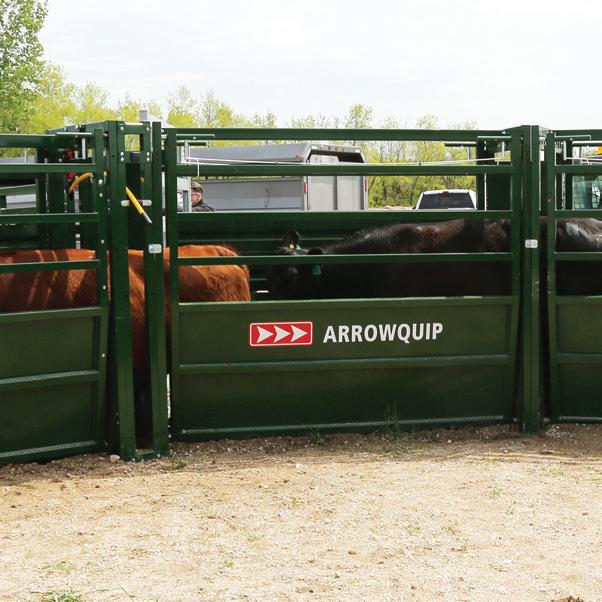

you have,” he says. “Cattle production is no different. You’re trying to make more money or make small improvements to grow the business.”
Short- and long-term plans are necessary, and Vestal recommends writing down both to share with anyone involved in the operation.
“The number one way to make a goal unsuccessful is not sharing it,” she says. “By sharing your goals, someone else knows what you’re working toward.”
Business objectives should be set annually, and tactical decisions in the short-term plan can help lead to strategic long-term goals.
Vestal also encourages cattle raisers to include a stretch objective, one goal that the operation and employees have to set the bar a little higher.
A written budget is also a fundamental piece of ranch planning, Vestal says. She likens a budget outline to a hot-wire fence for the cows — everything fits within its parameters.
Other important considerations include monthly cashflow worksheets, income and expense projections, planned or projected capital expenses, and risk management.
“There are many tools available to help with each of these areas,” Vestal says. “A cow has to generate revenue, and producers need to have a clear picture of what it costs to run that cow, including expenses on vehicles, feed, etc.”
Recordkeeping and planning can also be helpful in a transition scenario, according to Westheimer. Having daily records is an easy way to arm the next generation with valuable data to make the operation better, more efficient and sustainable.
An estimated 11% of U.S. family farms have a transition plan in place. Think about what could change in the next 50 years and what is needed to protect profits for future generations.
“You also need to develop people,” Vestal says. “Are you teaching your kids why you do things a certain way? Are you building your bench with strong decision makers who can keep your operation profitable in the future?”
In all things, remembering the why is also important. Cattle raisers are protecting their legacy while setting the operation up for profitability — now and in the future.


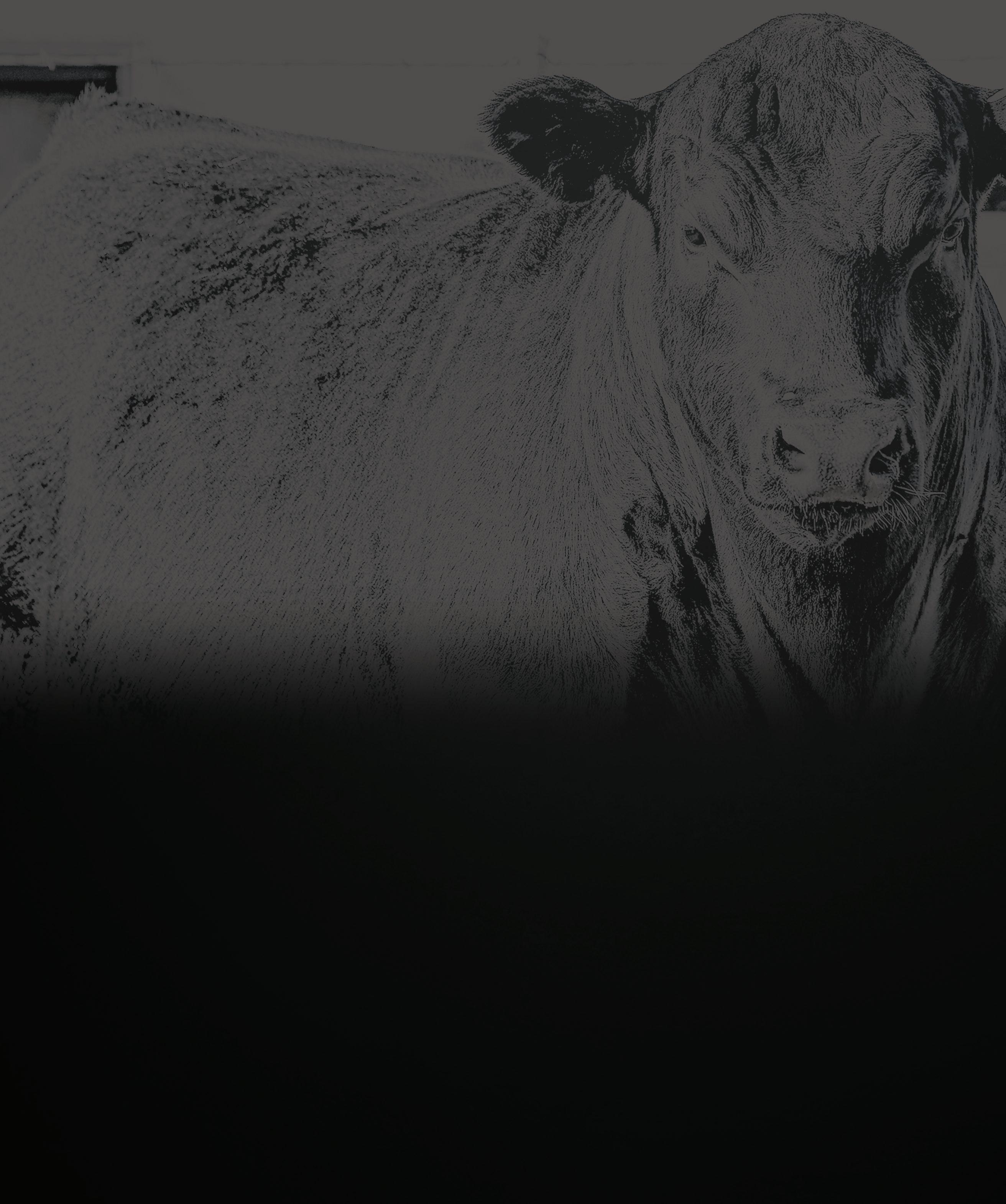
Cactus Feedyard
Matthew Turney, Manager Cactus, TX cell: (806) 282-7077
Rusty Jackson, Manager Ulysses, KS cell: (806) 773-9457
Frontier Feedyard
Ross Kelso, Manager Spearman, TX cell: (806) 662-4741
Stratford Feedyard
Pistol Audrain, Manager Stratford, TX cell: (806) 753-7133
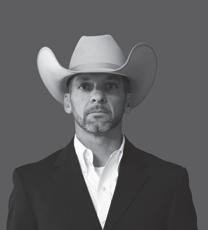


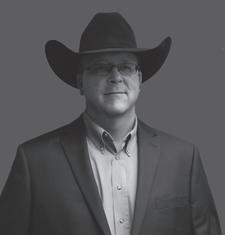
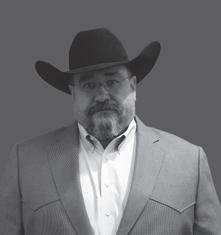



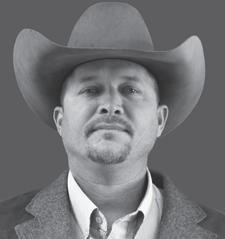


At Cactus, our Employee Stock Ownership Plan (ESOP) makes each employee an owner of the company. They think like owners and take care of the cattle like owners. That’s the secret to what has made Cactus Feeders a success, and that will continue to make us successful tomorrow.
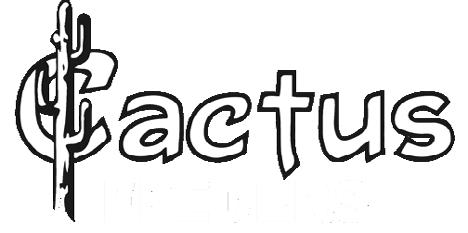
Southwest Feedyard
Kacey Graham, Manager Hereford, TX cell: (806) 316-8799
Hale Center Feedyard
David Watts, Manager Hale Center, TX cell: (806) 202-0209
Ulysses Feedyard
Adam Gerrond, Manager Ulysses, KS cell:(806) 390-9034

Wolf Creek Feedyard
Keith Brinson, Manager Perryton, TX cell:(806) 282-7588
Wrangler Feedyard
Randy Shields, Manager Tulia, TX cell: (806) 290-0559

Syracuse Feedyard
Phil Moreman, Manager Syracuse, KS cell: (806) 340-4790




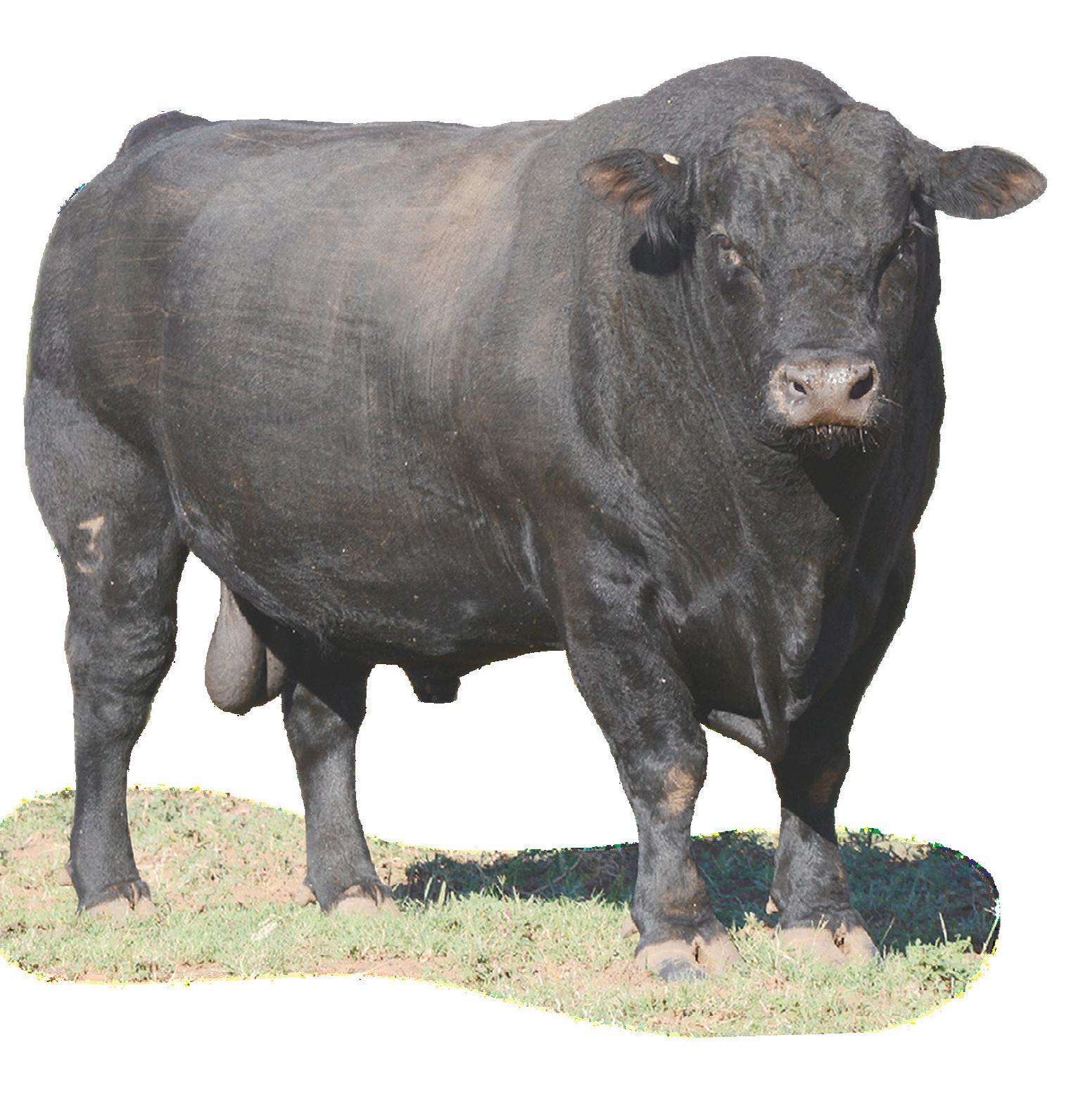

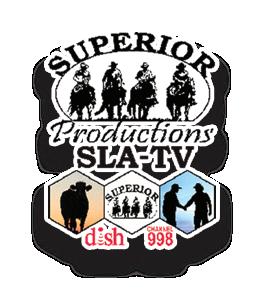

Expert sheds light on the ever-present threat.
By Chrissy FlyAbiologist by training, Chad McNutt found his passion at the intersection of livestock and atmospheric science. Earlier this year, the drought expert joined TSCRA Talk Host Kristen Brown for a discussion on drought — and how cattle raisers can stay informed and be prepared for this constant concern.
McNutt started his career at the home of the National Weather Service, the National Oceanic and Atmospheric Administration, studying the early warning signs of drought. His father worked in the cattle business for a long time, and McNutt knew one day he wanted to help relay weather and climate information to livestock producers.
In 2017, he founded Livestock Wx to accomplish just that. Naturally, the state of drought conditions is a topic he covers frequently.
To begin, McNutt said drought can be tricky to define. An online survey once uncovered around 150 definitions to describe the phenomenon.
“The bottom line: Drought is a deficit of moisture over a given period of time,” he said. “You can look at drought in a lot of different time frames — weeks to months, and years — and that really gets to the type of impact.”
McNutt said one of the most difficult things about drought is that it is unavoidable.
Especially in Texas and across the Southwest, it is rarely a question of whether or not, but rather when and for how long. For generations, this has caused many sleepless nights for cattle raisers managing grass production, water supply and soil moisture.
Still feeling the impact of 2022’s extreme heat and drought conditions, McNutt said much of the coming year will depend on how the winter fares.
“As we head into perhaps a third year of La Nina, which is very uncommon, we really need to watch to see what happens in the winter and spring,” he said. “If that’s going to result in a dry winter and spring, then there’s a good chance we’re going to have another hot summer next year.”
Exacerbating drought conditions lead to an overall increase in temperatures. McNutt pointed to Texas, where the summer temperatures keep rising. Of the 10 hottest summers on record in the state, he said six of them have occurred since 1980.

“If we are seeing higher summer temperatures and get a dry year all of a sudden, it just makes it worse,” he said. “Then you can get a situation where it [drought] starts re-enforcing itself.”
Record heat bakes the ground and evaporates moisture from plants and soils. This evaporation typically aids in keeping temperatures a bit cooler, but when a situation occurs where there is no more moisture to evaporate, the result is extremely high temperatures and further baking of plants and the soil.
It’s a reinforcing loop that continues until muchneeded rains begin to fall. That could mean weeks, months or seasons-long periods of limited moisture.
Even though a drought can take a lot of time to develop, it can seem like it takes even longer to dissipate. There’s no straight answer for when a drought is considered over, but McNutt said it mainly goes back to the time scale and how it’s being monitored.
Like the old saying goes, it is wise to plan for the worst and hope for the best when it comes to drought preparation and planning.
“You can’t prevent drought, but you can build resistance and lessen the impacts,” McNutt said. “Keeping a healthy ecosystem on your ranches, on your landscape, is the best defense. Also, having multiple water strategies and developing it where you can.”
While it may seem like common sense, avoiding overgrazing and not compacting the soil can make a considerable difference as to how the land withstands, and rebounds from, drought.
Looking back at history and areas of the ranch that have been previously affected by extreme dry conditions can go a long way, too. Tracking things like
long-term soil moisture and grass growth can set a baseline for how to monitor and improve. It can be as simple as putting out a few extra rain gauges across the ranch.
“To track conditions on your place, you want to have your own rain gauges out there,” McNutt said. “The technology is there these days to help log it for you.”


When signals show a looming dry spell, keep the drought management plan handy and ready to place into action. McNutt said it’s beneficial to have a written plan answering questions about what will happen with the herd in year one, two or three of extreme dry conditions.

Most of all, be aware and prepared.
“They call drought the creeping disaster because it can surprise you,” McNutt said. “It is slow to evolve, and if you are not monitoring conditions, it can surprise you. I encourage everyone to keep abreast of what’s going on.”
To listen to more of the conversation, download TSCRA Talk via Apple Podcasts, Google Podcasts, Spotify or Stitcher. T C
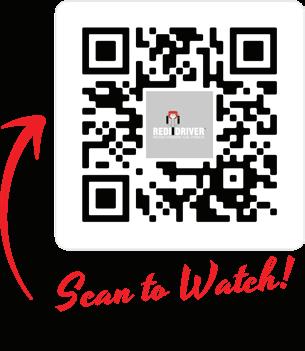
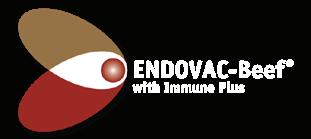
Found growing throughout Texas and the Central Plains, Hairy grama is a native warmseason perennial short grass.
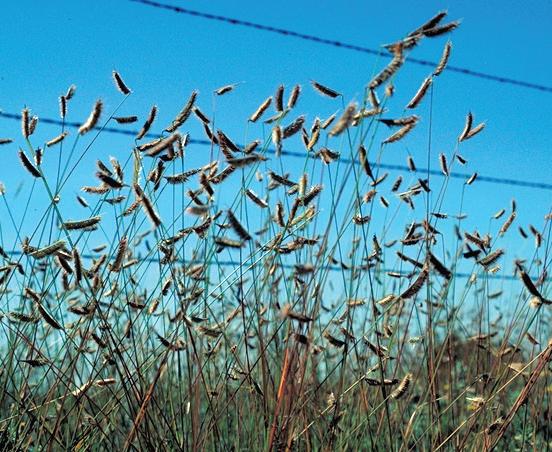
This plant:
• Grows in clumps and reaches 6-20 inches tall.
Lady Bird Johnson Wildflower Center• Seeds that are close together and compressed on the spikelet that resemble teeth on a small comb.
• Is often confused with Blue grama, but on a closer look, there are hairs on the lower leaf margins of the Hairy grama. Blue grama also lack the stinger appearance, but is more palatable.
• Is a blue-green color in early stages, and turns to straw or gray as it becomes dormant.
• Has leaves that are 2-8 inches long, 1/16 inch wide and grow closely to its base.
• Produces a raceme seedhead with 1-4 spikelets projecting outward from the main axis, which tend to curve as they mature. A distinct projection occurs that resembles a wasp stinger and will be 3/8 inch past the seed — giving it a hairy appearance, hence the name.
Hairy grama is considered fair grazing for livestock, although it is not well liked by most wildlife. Turkeys have been known to strip the seeds in tough times.
When found growing in large quantities on rangelands, Hairy grama can be an indicator of overstocking. It will crowd out more desirable forage species within heavily grazed pastures. T C
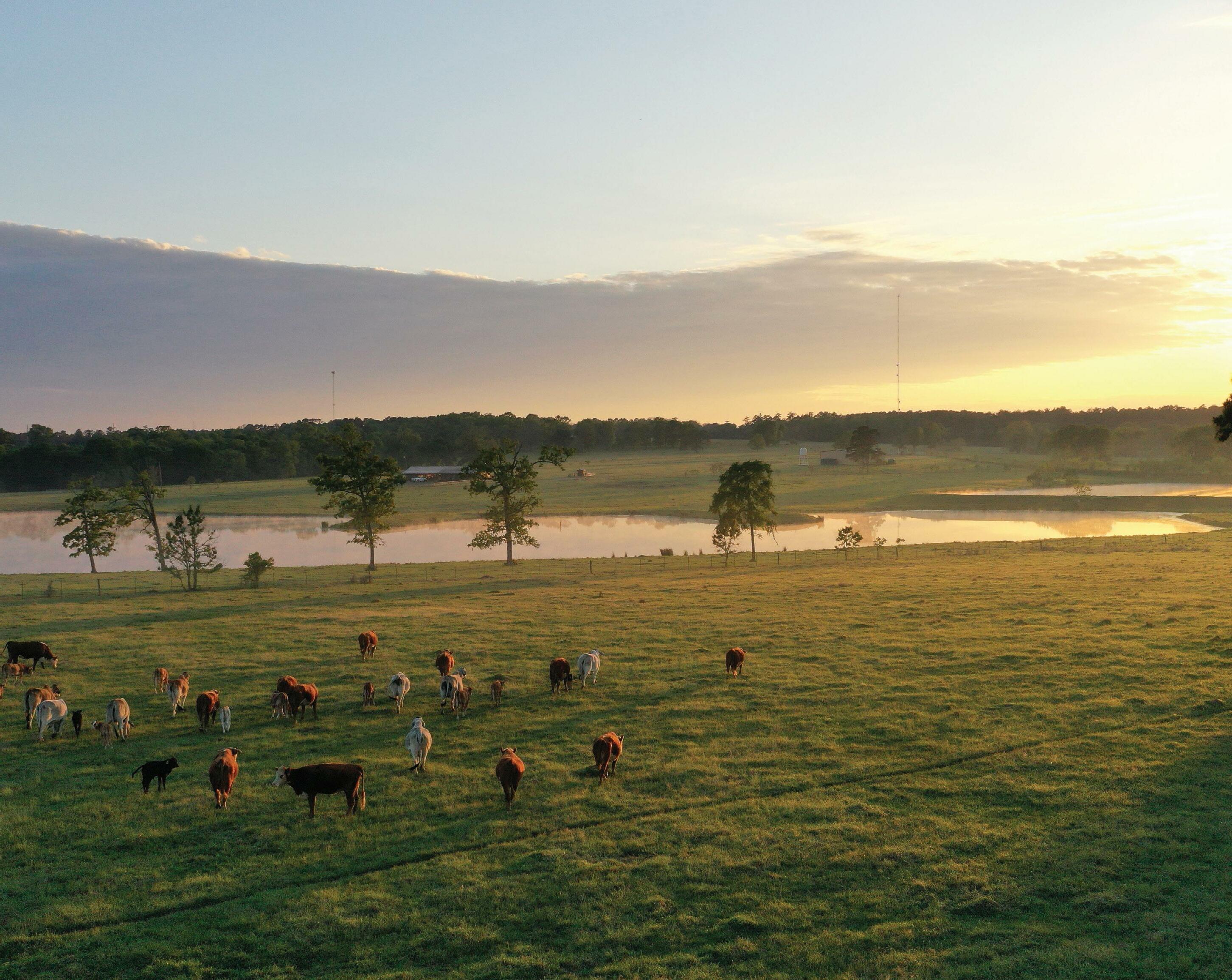
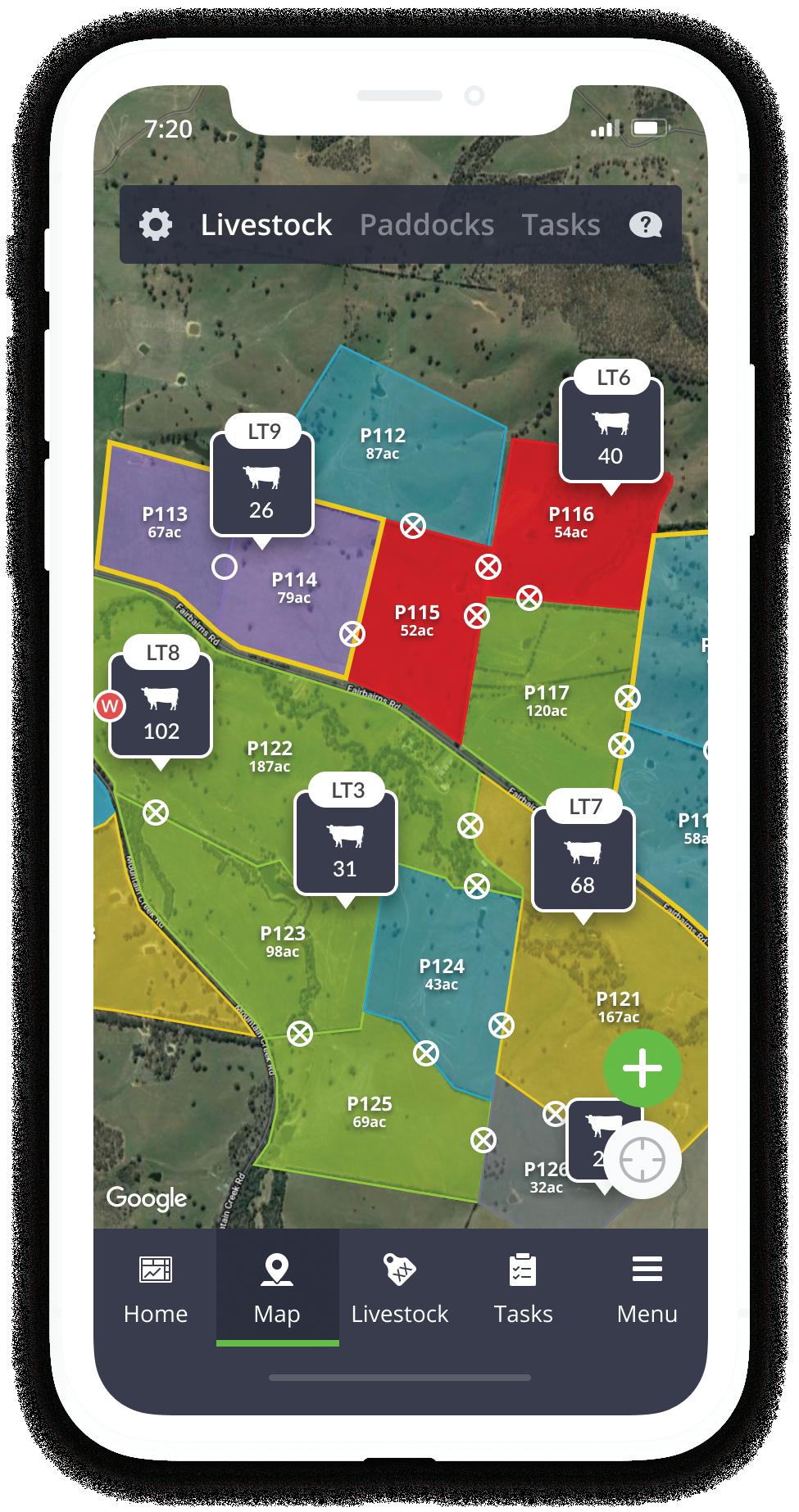
With AgriWebb, you can go beyond basic record keeping and transform everyday on-ranch data into powerful real-time insights that help you run a more profitable, efficient, more sustainable operation.

See your entire ranch, from anywhere
Manage ranch records online or offline, from any device
Know your real-time cost of production
Ensure the sustainability of your land and your future

Ready to take your future by the horns?
Check out AgriWebb now.


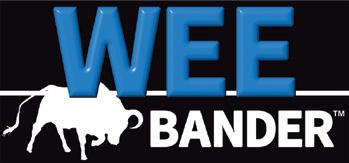
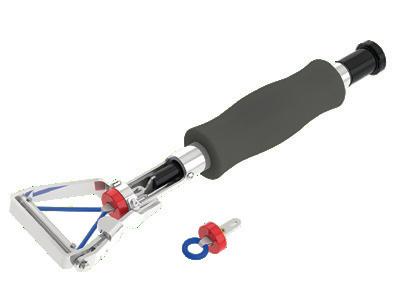

Rumen acidosis is a condition occurring in cattle when potential hydrogen, or pH, in the rumen drops too low for normal function and microbial growth. It can lead to reduced animal weight, liver abscesses, foot abscesses, founder and even death.
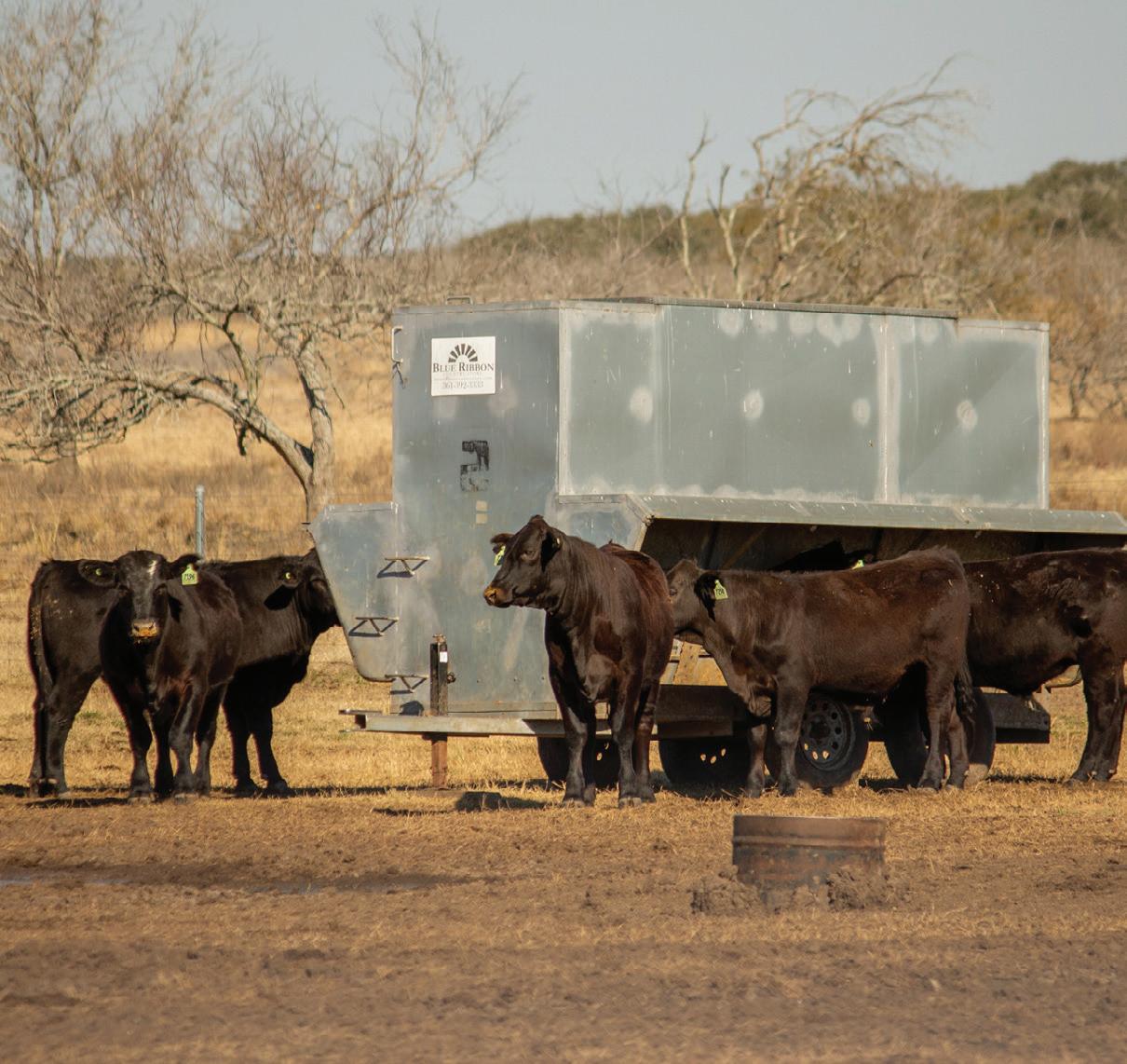


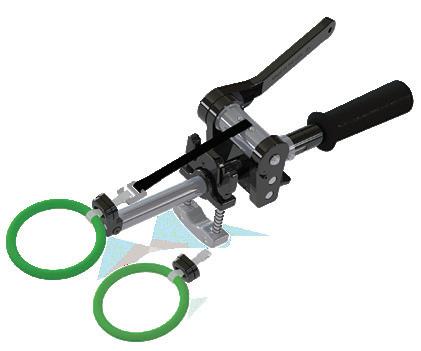

Acidosis is most often caused by a sudden increase in feeds containing a large amount of rapidly fermentable carbohydrates — such as wheat, barley, corn, oats, grain sorghum, wheat midds, rice bran, soybean hulls and similar feedstuffs.
To help prevent acidosis, it is important to gradually increase the amount of these feeds in the diet. Also, feeding whole corn is safer than steam-flaked corn. T C

Farms,
Agriculture is a big part of the Texas economy. Farming and ranching operations can be found in every corner of the state, from citrus crops in the Rio Grande Valley to cotton in the High Plains — and in between, there are rice paddies in the Coastal Plains, cattle and sheep ranches in West Texas and timber harvesting in the pineywoods of East Texas.
Agriculture existed in Texas long before European settlers arrived. Caddo tribes in the eastern part of the state grew corn, beans and squash, as detailed by the Texas State Historical Association. Pueblo tribes in the west not only cultivated food crops, but also grew cotton and developed irrigation techniques. Early Spanish settlers introduced hogs, goats, sheep and cattle.
As other settlers arrived, they established farming and ranching operations, ranging from small family farms to large cotton plantations and cattle ranches. Since those days, Texas agriculture has changed significantly.
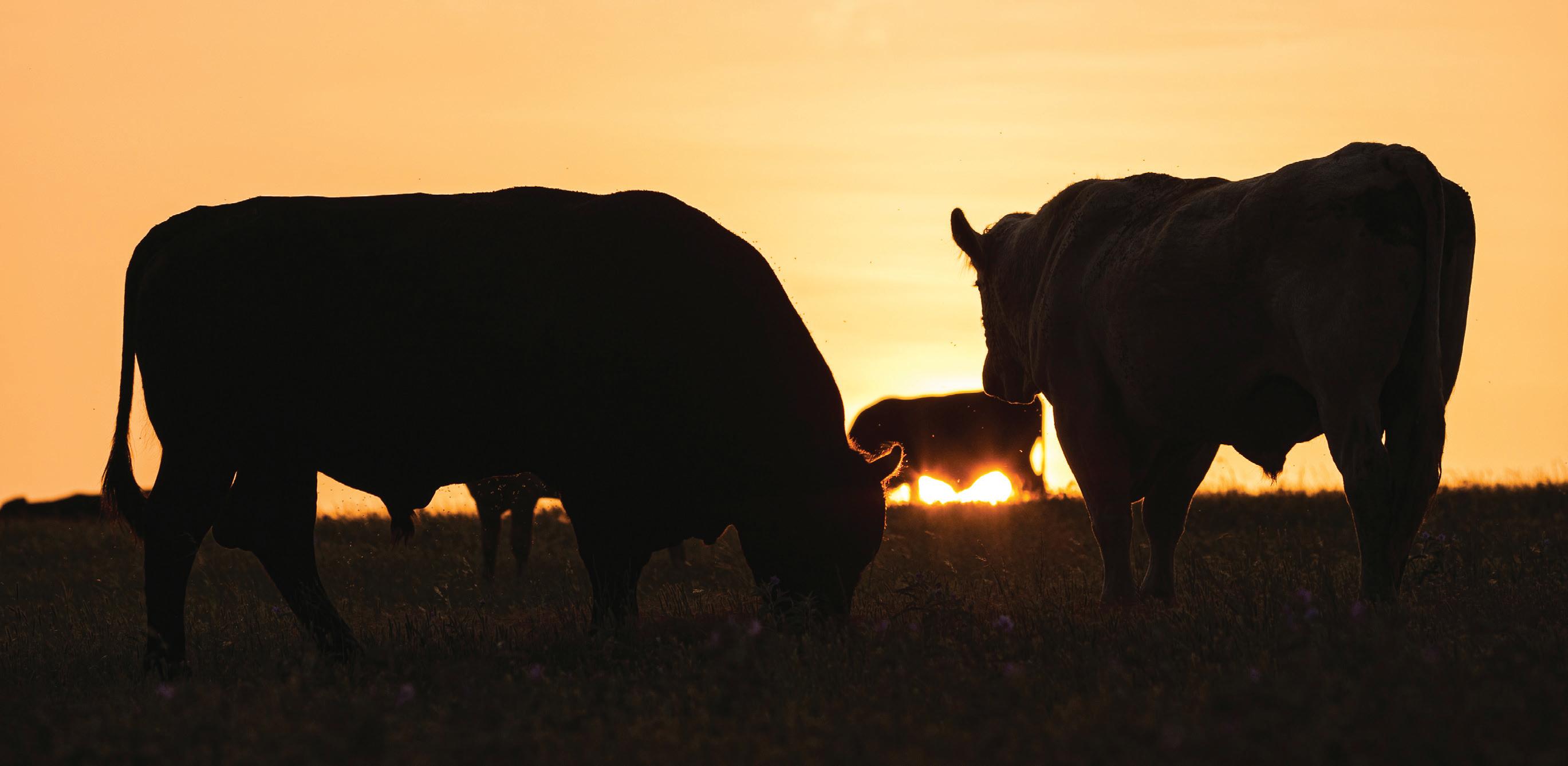
Advanced cultivation practices, improved seed varieties, mechanization and the introduction of electricity and paved roads have contributed to the modernization and expansion of the state’s agricultural industry, which produced $24.9 billion in cash receipts in 2021 — about 5.7% of the U.S. total and the fourth highest among all states.
According to USDA, Texas has around 247,000 farms — 12.3% of the U.S. total and by far the most of any state (Figure 1). The state’s 126 million acres of farmland is 14.1% of the U.S. total and more than twice that of secondranked Montana.
One of the reasons Texas has so much more farmland than other states is that USDA defines ranches as farmland — nearly 70% of Texas’ farmland belongs to our state’s ranches. The 2017 USDA Census of Agriculture, a survey conducted every five years, estimates the percentage of Texas farmland acreage by use:
The 2017 USDA census also estimates that of the 408,506 Texas agriculture producers, 61.8% were male, and 38.2% were female. The average age of all Texas agriculture producers is 59.2 years old, 1.7 years older than the national average.
As might be expected, cattle are Texas’ top agricultural commodity, with a 40.4% share of cash receipts — more than three times that of milk, the second highest. Texas’ top three agricultural commodities — cattle, milk and broilers — represented nearly two-thirds of the state’s total agricultural cash receipts in 2021 (Figure 2).
USDA valued Texas agricultural exports at $5.8 billion in 2020, the sixth highest total in the U.S., following California, Iowa, Illinois, Minnesota and Nebraska — ranked first through fifth, respectively. Texas’ top five agricultural exports were:
1. Cotton ($1.7 billion; ranked No. 1 among all states)
2. Beef and veal ($1 billion; ranked No. 2)
3. Other plant products ($520.9 million; ranked No. 7)
4. Dairy products ($437.8 million; ranked No. 4)
5. Feeds (corn, sorghum, barley and oats) and other feed grains (such as hay and alfalfa) ($ 320.1 million; ranked No. 9)
According to a 2019 study by the Center for North American Studies at Texas A&M University, Canada and Mexico were the top foreign markets for Texas agricultural products in 2018. Total economic activity for Texas agricultural exports to Canada and Mexico was valued at more than $3.7 billion and supported 22,972 jobs.
Texas agricultural exports to Canada in 2018 totaled $903.3 million — $234 million in animal products and $669.3 million in plant products. The top three agricultural exports from Texas to Canada were:
1. O ther horticultural products, such as cut flowers, live trees and other ornamental plants ($266.6 million)
2. Beef and veal ($97.7 million)
3. Food preparation products, such as cake mixes, gravy packets and dried pasta ($69 million)
In 2018, Texas exports to Mexico totaled $863.3 million — $344.1 million in animal products and $519.2 million in plant products. The top three agricultural exports from Texas to Mexico were:
1. Cotton ($139.4 million)
2. Beef and veal ($138.7 million)
3. O ther horticultural products ($82.8 million)
The agriculture industry in Texas involves more than just growing crops and raising animals; it includes many other economic activities forming the supply chain between farm and consumers.
The food and fiber system includes machinery repair, fertilizer production, food processing and manufacturing, transportation, wholesale distribution, retail sales and eating establishments. It also includes fabric, clothing and footwear produced from plant and animal fibers or hides. Certain financial, real estate, warehouse, transportation and other services related to agriculture, as well as labor, also are included in the wide array of inputs used to measure agriculture’s economic contributions.
Texas A&M University’s AgriLife Extension measures the economic impact of agriculture by determining its contribution to the state’s total gross domestic product. AgriLife estimated that in 2019, the Texas food and fiber system contributed $159.3 billion, about 8.6% of the state’s total GDP.
Nationwide, the food and fiber system’s share of the economy is less than in Texas. According to SelectUSA, agriculture, food and related industries contributed $1.1 trillion — a 5.2% share — to the U.S. GDP in 2019.
Agriculture once required an enormous amount of labor to sustain production, but with modern capitalintensive practices and the increasing use of technology, the industry has become much more productive, while requiring a much smaller share of the labor force. While this economic transformation has resulted in greater food security and improved nutrition, today’s farmers and ranchers still face many challenges.
Agriculture increasingly relies on technology in its business operations, and in today’s high-tech world, having access to broadband connections is more important than ever.
Broadband is essential to the practice of precision agriculture, in which farmers use technology such as
variable-rate input applications, GPS systems and remote sensors to perform soil mapping; operate irrigation systems; run autonomous machinery; and assist with data collection. These innovative techniques allow higher quality yields and increased production efficiency.
Technology also helps farmers reduce fuel and water usage, allowing for more sustainable operations. Additionally, an increasing number of farmers and ranchers are using wireless trackers to manage cattle and other livestock. This use of technology in agriculture, however, depends on access to a reliable broadband connection, and much of rural Texas remains without access.
According to a 2019 USDA study, 24 million Americans live in households without access to broadband, and 80% of them live in rural areas. In Texas, 25% of farms don’t have internet access. USDA noted that adequate
In key locations across Texas, Oklahoma and New Mexico, Helena has branches staffed with people who can provide landowners, ranchers and wildlife enthusiasts with all their management needs.
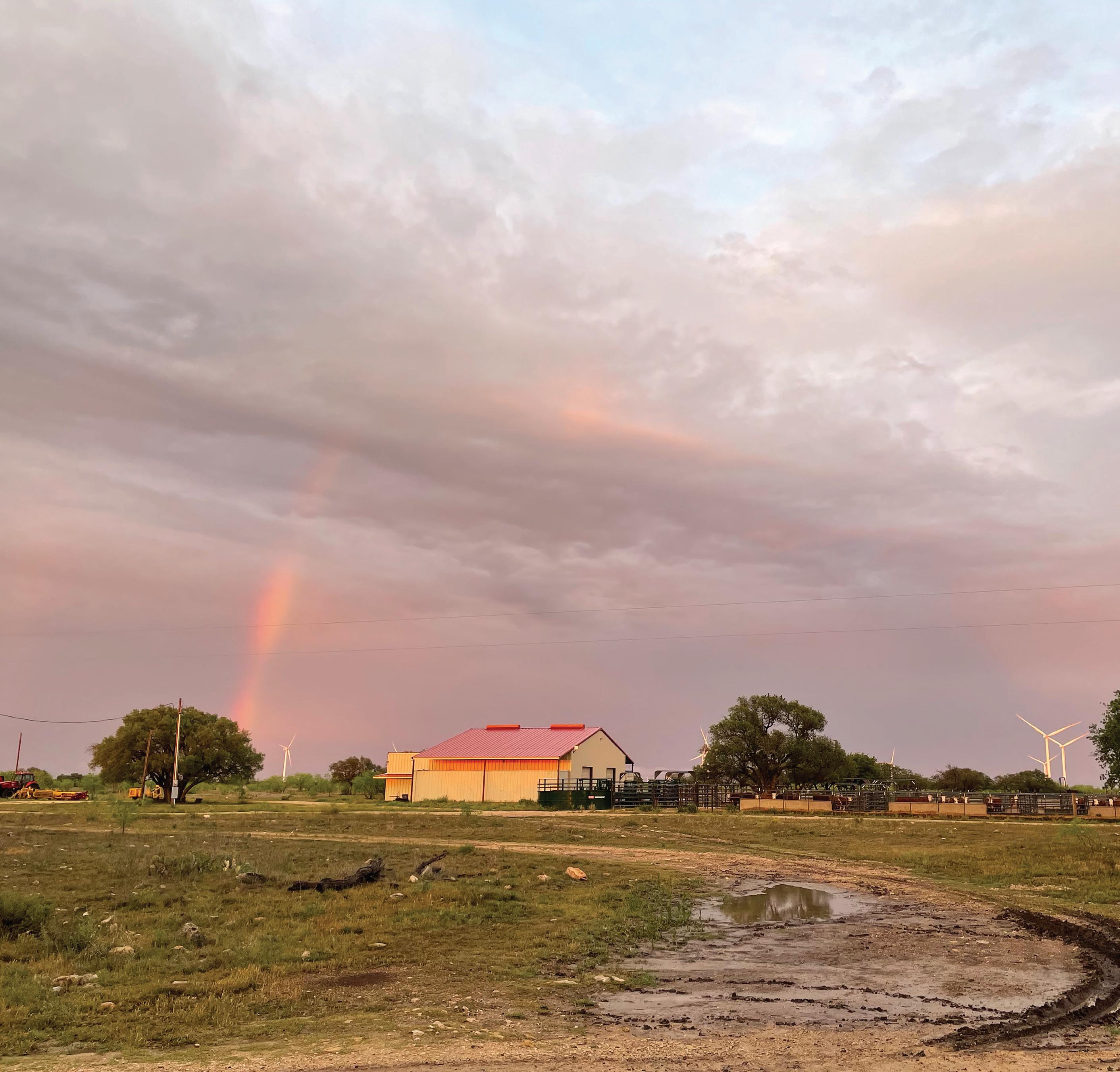
For more information, contact your local Helena representative or visit HelenaAgri.com.





broadband infrastructure and other digital technologies in agriculture could add $47-$65 billion annually to the U.S. economy.
The Texas Broadband Plan, developed by the Broadband Development Office, includes the need to reach agriculture as an essential part of the effort to expand affordable, high-quality internet service statewide. The Broadband Development Office, created by the Legislature in 2021, is housed in the Comptroller’s office.
Over the past year, most of Texas — 245 of its 254 counties at one point — has been struggling with the worst drought since 2011, significantly affecting agriculture.
Cotton crops in the High Plains region, for example, have suffered tremendous losses: the entire production of dryland cotton and a significant portion of the irrigated crops. An August 2022 study by Texas Tech’s International Center for Agricultural Competitiveness anticipates a 65% loss of total cotton production in the region, costing $1.2 billion in losses in economic activity, even with crop insurance.
With so much of Texas under drought conditions, wildfires pose a serious threat to the state’s farms and ranches, damaging or destroying crops, livestock, agriculture production facilities, barns and homes. Between December 2021-August 2022, Texas A&M Forest Service crews responded to 1,725 wildfires burning nearly 600,000 acres. At time of writing, 118 counties have implemented burn bans, according to the Texas A&M Forest Service.
Roughly one in every eight Texans faces food insecurity — limited or uncertain access to adequate food, as defined by the USDA — and the growth of Texas’ population highlights the need to address this issue. The state is expected to reach a population close to 50 million people by 2050, and farmers will continue to play a crucial role in providing affordable and accessible food to Texans.
Over that timeframe, the USDA estimates that the global demand for food will increase by 70-100%, taking into account growth in population and a rise in incomes.
Thousands of Texans run multi-generational farms and ranches. The 2017 Census of Agriculture found 97% of Texas farms were family farms.
In 2021, the Texas Department of Agriculture honored 57 family farms and ranches that have been in continuous agricultural production for a century or more. Many Texas families who have owned their farms for generations cite dedication to their communities as a driving factor for their perseverance.

While farming can be demanding, Texas farmers cite resilience, responsibility and humility as values of working in agriculture. Additionally, some Texas farmers say farming has given them a greater appreciation for the land and labor that provides crops and resources year round. Farmers with these values and work ethic will continue expanding and adapting their businesses to meet the changing needs of the public.
Today’s farmers and ranchers must be adaptable to changing conditions, including droughts, new technologies and the demand for more food as our population grows. They work hard to boost production, using often-limited resources, while meeting consumers’ changing tastes and expectations — and it is not an easy balancing act.
Farmers face many challenges. As more of the population moves to urban areas, affordable farm labor becomes more difficult to find. Water availability and soil conservation remain ongoing issues, as do issues related to property rights and eminent domain. Texas farmers have remained resilient through it all, however, and their hard work as stewards of our land has made Texas a leader in agriculture and food exports. T C



Raised as the fifth generation on his family’s HK Ranch in Victoria County, Claude Koontz has known the value of Texas & Southwestern Cattle Raisers membership his entire life.

Koontz’s late father, Henry Clay Koontz, was a prominent Red Brahman breeder and an active association member, also serving as a director. Koontz recalls attending several years of the Cattle Raisers Convention & Expo with his father, including the association’s 100th anniversary celebration in 1977.
After his father unexpectedly passed away in 1985, the family operation was forced to adapt and has continued to evolve over the years. The Red Brahman herd was sold in 1988 and today, the ranch has a commercial cow-calf herd and farming business.
The cattle are owned by an outside entity while the ranch manages the cattle. According to Koontz, this business model has proved successful for both the ranch and the cattle owner.
“We take responsibility for the cattle in terms of monitoring health, feeding, providing the labor and so forth,” he says. “The owner covers all the expenses — vet bills, feed and labor costs. We provide daily management oversight, so, for example, if a cow is having an issue or health problem, we handle it. This business model is a significant change from owning and managing a registered Red Brahman herd, as my father did for many years, but it’s worked well for us.”
While he is heavily involved with the ranch, Koontz is a partner with a San Antonio investment firm, and therefore relies on a ranch manager to handle the dayto-day responsibilities.

Koontz has strived to serve Texas & Southwestern Cattle Raisers Association in ways germane to his
interests and role within the family ranch. He previously served as chairman of the association promotion committee, and now sits on the property rights and tax committee. He and his family have hosted Texas & Southwestern Cattle Raisers Association ranch gatherings, an important tool in recruiting new association members.
“If you own cattle or just own land and lease the property, you need to be a TSCRA member,” Koontz says. “I think more than half of what we do is for landowners. I always cite TSCRA’s advocacy in Austin and in Washington, D.C., around topics like eminent domain, mineral rights, law enforcement and border issues, in addition to advocating for animal health rules and regulations. You don’t think you need TSCRA or its resources until you are notified power lines are being planned right down the middle of your property.”

He touts the association’s special rangers and many friendships he has found within the organization as additional reasons to be involved in Texas & Southwestern Cattle Raisers Association.
“I have formed lifelong friendships that would not exist if I had not attended the meetings and taken an active role in this association.” T C

ARTHUR G. UHL 111 President
4040 Broadway St., Ste. 430 San Antonio, Texas 78209
John M. “Jack” Shelton III Amarillo, 1984-1986
James L. Powell San Angelo, 1988-1990
Tom Beard Alpine, 1994-1995
C. Coney Burgess Amarillo, 1997-1999
J. Mark McLaughlin San Angelo, 1999-2001
John E. Dudley Comanche, 2001-2003
Bob McCan Victoria, 2003-2005
C.R. “Dick” Sherron Beaumont, 2005-2007
Jon Means Van Horn, 2007-2009
Dave Scott Richmond, 2009-2011
Joe J. Parker Byers, 2011-2013
CARL RAY POLK JR. First Vice President
P.O. Box 155108 Lufkin, Texas 75915
Pete Bonds Saginaw, 2013-2016
Richard Thorpe lll Winters, 2016-2018
Robert E. McKnight Jr. Fort Davis, 2018-2020
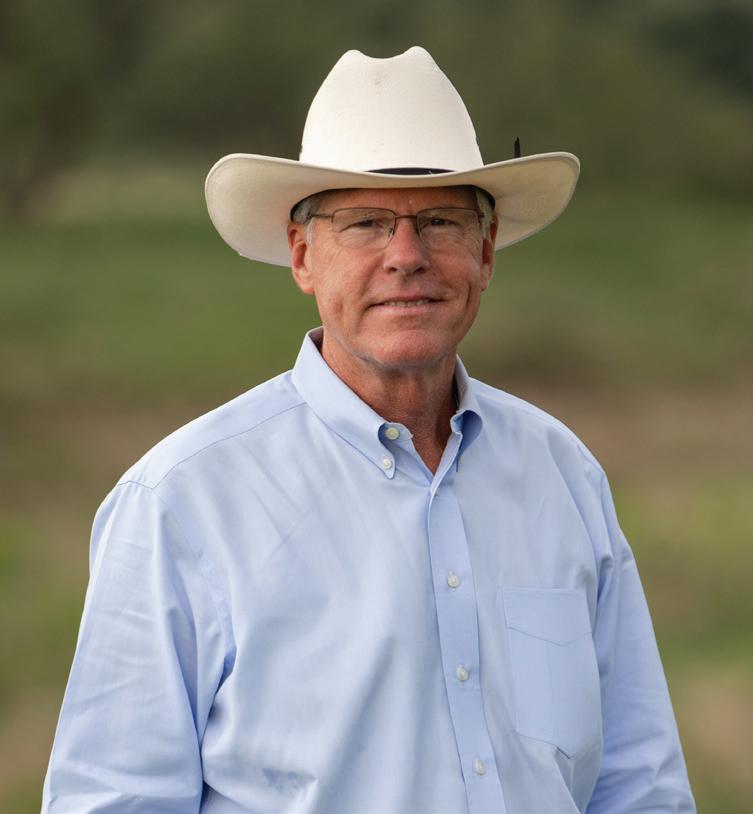
G. Hughes Abell Austin, 2020-2022
HONORARY VICE PRESIDENTS
Jack Hunt San Juan Capistrano, California
Richard Wortham Austin
EXECUTIVE STAFF HEADQUARTERS
P.O. Box 101988 Fort Worth, Texas 76185 817-332-7064 • 800-242-7820
Jason Skaggs Executive Vice President/ Chief Executive Officer


Jaclyn Roberts Executive Director, Communications & Marketing
STEPHEN DIEBEL
Second Vice President and Secretary/Treasurer 3907 Salem Rd. Victoria, Texas 77904
Emily Lochner
Executive Director, Engagement & Education
Grace Dunham
Executive Director, Events & Partnerships
Megan Wills
Executive Director, Finance & Human Resources
Michele Woodham
Executive Director, Insurance Services
Scott Williamson
Executive Director, Law Enforcement, Brand & Inspection Services
Lisa Walker
Executive Director, Membership & Operations
GOVERNMENT RELATIONS
919 Congress Ave., Suite 750 Austin, Texas 78701
Melissa Hamilton Executive Director, Government Relations
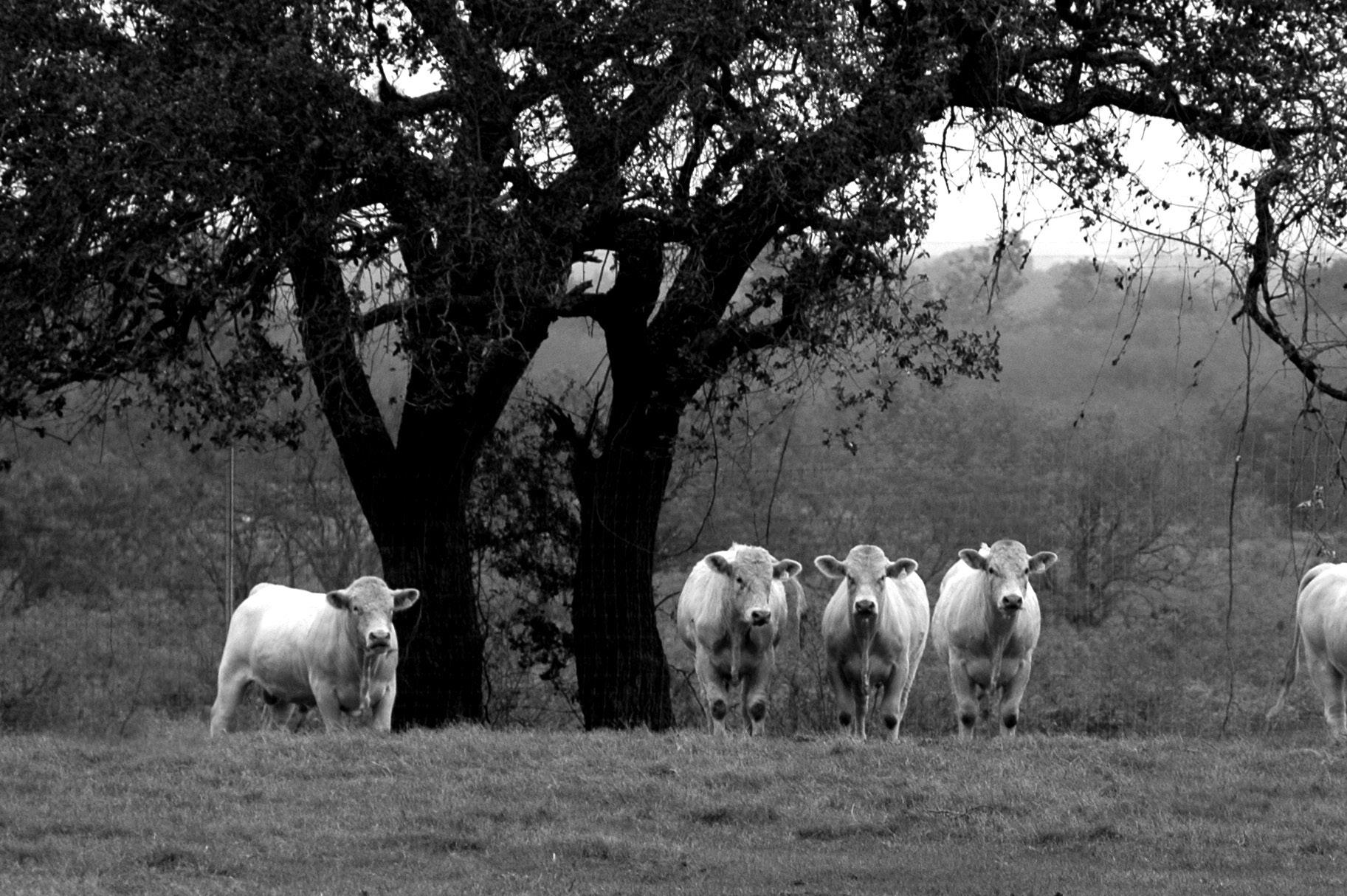
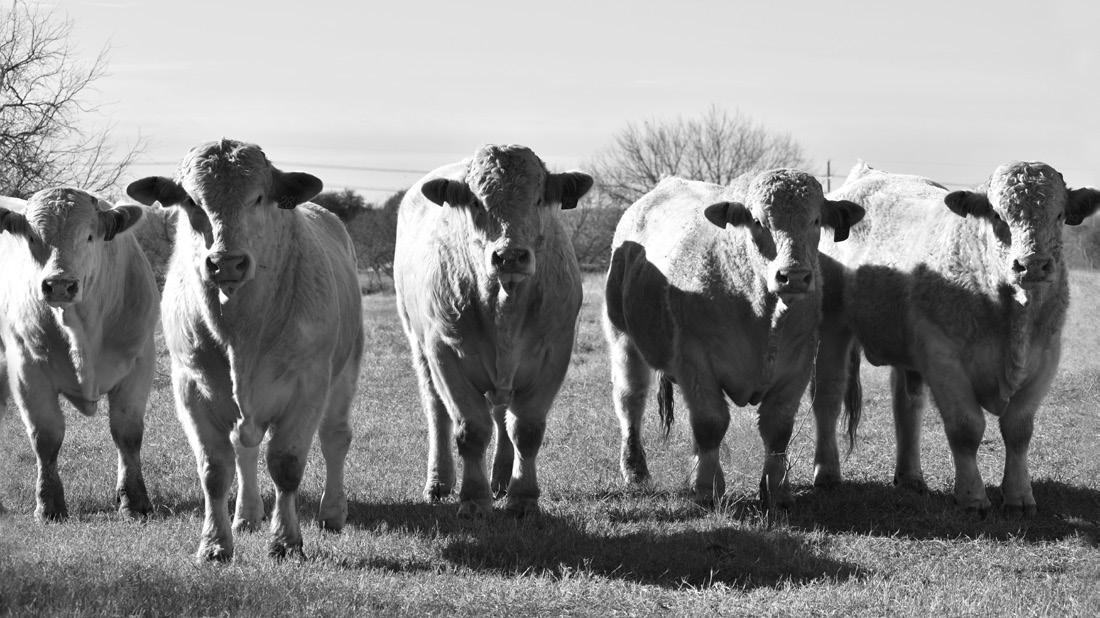
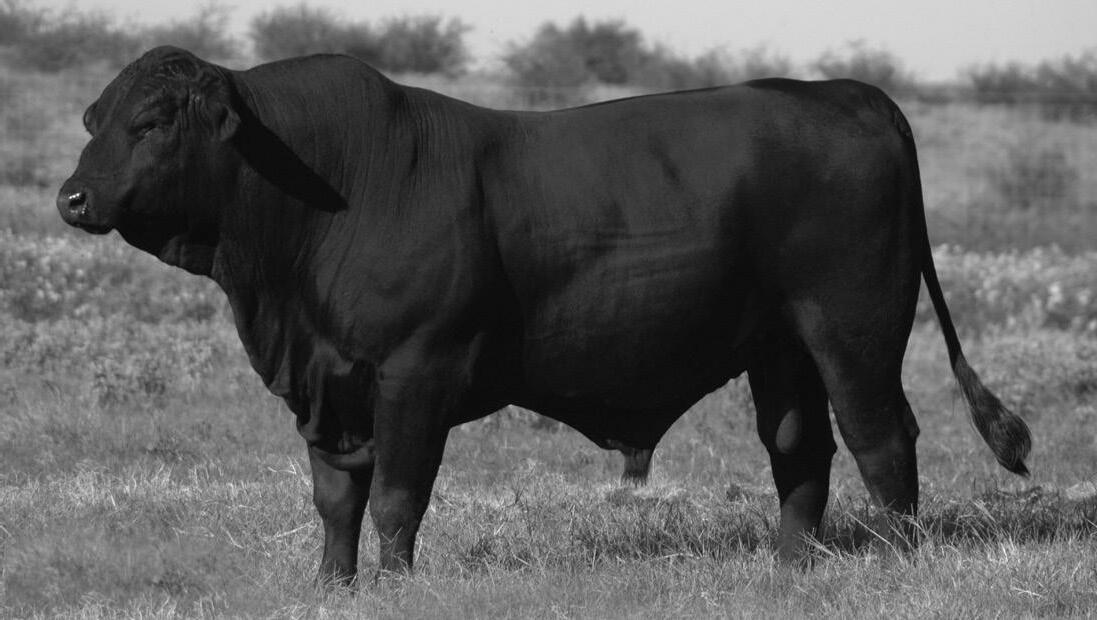

Joe M. (Jody) Bellah, Throckmorton
Blake Birdwell, Canyon
E. S. F. “Swasey” Brainard II, Pampa
J. K. “Rooter” Brite Jr., Bowie
Donnell Brown, Throckmorton
Campbell Burgess, Amarillo
J. D. Cage, Muleshoe
Deborah Clark, Henrietta
Lynn Cowden, Skellytown
J. B. Daniel, Crowell
James Henderson, Memphis
Clayton Henry, Wichita Falls
Brooks Hodges, Guthrie
Joe Leathers, Guthrie
Frank McLelland, Tahoka
Jeff Mitchell, Amarillo
Gage Moorhouse, Benjamin
Diaz W. Murray, Wichita Falls
J. Malcolm Shelton IV, Amarillo
Dale A. Smith, Amarillo
Jim Thompson, Breckenridge
Tom Watson, Muleshoe
Wesley Welch, Lubbock
William L. “Buck” Arrington, Pampa
Van Baize, Nocona
Emry Birdwell Jr., Henrietta
Mary Lou Bradley-Henderson, Childress
R. A. “Rob” Brown Jr., Throckmorton
Mike Gibson, Paducah
Ronald J. “Ron” Gill, Chico
Robert B. Mansfield, Amarillo
Tom Moorhouse, Benjamin
Boots O’Neal, Guthrie
James Palmer, Roaring Springs
Wilson Scaling, Henrietta
Chris Scharbauer, Amarillo
John Welch, Wolfforth
A. B. “Buck” Wharton III, Vernon
Tom Woodward, Decatur
Kevin Busher, Winters
Charles M. “Charley” Christensen Jr., San Angelo
C.A. “Chili” Cole IV, San Angelo
Alan F. Curry, San Angelo
James H. Dudley IV, Horseshoe Bay
Amanda Dyer, Fort Davis
Johnny Ferguson, Big Lake
D.A. “Day” Harral, Fort Stockton
Ron Helm, Van Horn
Heath Hemphill, Coleman
Shelby W. Horn, Fredericksburg
Larry R. Horwood, Sterling City
Grant Jones, Rochelle
Mark W. Jones, Brady
W. Clay Jones, Brady
Ty Keeling, Boerne
Lorenzo Lasater, San Angelo
Brian T. McLaughlin, Midland
David L. Neal, San Angelo
Gerald Nobles Jr., Brady
James Oliver, Ozona
Wade Perks, San Angelo
Gordon E. Sauer, Fredericksburg
Jessica Tate, Marfa
James Uhl, Fort McKavett
Cody Webb, Barnhart
Ken Welch, Baird
Ray W. Willoughby III, Eldorado
C. A. “Chip” Cole III, San Angelo
William C. “Billito” Donnell Jr., Alpine
Richard Gates, Marfa
W. H. “Billy” Green III, Albany
Rafe Hargrove, Rotan
Dr. Joe Pat Hemphill, Coleman
Richard D. “Dick” Hughes, El Paso
Ken Jordan, San Saba
Don Keeling, Fredericksburg
Chris Lacy, Fort Davis
Laurence M. Lasater, San Angelo
Ben Love, Marathon
Len P. Mertz, San Angelo
Tom Perini, Buffalo Gap
Bill Phinizy, Gail
Frank Price, Sterling City
Danny B. Stewart, Sterling City
Rick Tate, Marfa
Cliff Teinert, Albany
Dennis W. Webb, Barnhart
W. C. “Billy” Williams, Mertzon
Ford Drummond, Pawhuska, Oklahoma
Les Nunn, Pauls Valley, Oklahoma
Edward Bordovsky Jr., Riviera
Austin Brown III, Beeville
W. Christopher Bush, Refugio
Presnall C. Cage, Falfurrias
James Clement lll, Kingsville
David S. Crow, Corpus Christi
Dustin Dean, Floresville
David DeLaney, Kingsville
Robert “Bobby” Dobson, Birmingham, Alabama
James L. “Jamie” Donnell Jr., Fowlerton
J. David Eppright, Cost
Benjamin Eshleman III, Corpus Christi
Joseph B.C. Fitzsimons, Carrizo Springs
Cody Fry, Lueders
Jim L. Gates, Pearsall
Milton S. Greeson Jr., Victoria
Bret Griffith, Del Rio
Heath Grigg, Kingsville
Marty R. Harris, Tilden
Leslie Kinsel, Cotulla
Claude Koontz, San Antonio
Steven J. Mafrige, Tilden
Beth Knolle Naiser, Sandia
Federico Nieto, Raymondville
T. Michael O’Connor, Victoria
Jason Peeler, Floresville
J.R. Ramirez, La Pryor
Gilly Riojas, Corpus Christi
M. Stuart Sasser, Corpus Christi
Lew Thompson, Pearsall
Gene S. “Primo” Walker Jr., Mirando City
C. Clark Welder, Beeville
John Zacek, Victoria
Steve G. Beever, Pearsall
Richard H. Bennett, San Antonio
Chip Briscoe, Carrizo Springs
Martin W. Clement II, Kingsville
Thurman S. Clements Jr., Victoria
Nixon Dillard, Pleasanton
Trainor Evans, Mercedes
Thomas J. “Tommy” Haegelin, Concan
Dr. Philip C. Hardee, Beatrice, Alabama
Allen C. “Dick” Jones IV, Corpus Christi
Joan Negley Kelleher, San Antonio
David W. Killam, Laredo
Dan W. Kinsel III, Cotulla
Steve C. Lewis, San Antonio
Jim McAdams, Seguin
James A. McAllen, Linn
Red McCombs, San Antonio
Tim Pennell, Westhoff
Jim Peters, Quemado
Scott Petty Jr., San Antonio
Tom Risinger, Weslaco
Frates Seeligson Jr., San Antonio
Richard Traylor, Batesville
Roger F. Welder, Victoria
David W. Winters, Del Rio
Wayne Cockrell, College Station
Herff Cornelius Jr., Wadsworth
Carlos Detering III, Houston
Dr. Lewis (Bud) Dinges, Richmond
Gardner H. Dudley, Houston
Jay C. Evans, Dripping Springs
Dan Gattis, Georgetown
Kelley Sullivan Georgiades, College Station
George Harrison, Bay City
Tom J. Haynie, Navasota
Robert Hodgen, Houston
Colt Hoffman, Marlin
Clay Kenley, Crockett
Gary Price, Blooming Grove
Clive Runnells III, Austin
John Sumner Runnells III, Bay City
Tony Spears, Rosanky
John “Rocky” Sullivan, Galveston
Bill White, Stowell
Claudia Scott Wright, Richmond
Leroy Ezer, Anahuac
Frank Green, Liberty
Coleman H. Locke, Hungerford
Katharine Armstrong Love, Austin
Richard M. Lucas Jr., Houston
William “Alan” McNeill, Beaumont
Evalyn Moore, Richmond
Raymond E. Moore IV, Richmond
Rick Peebles, Baytown
Gordon Richardson, Caldwell
Charles R. “Butch” Robinson, Navasota
Nolan Ryan, Round Rock
J. D. “Bubba” Sartwelle Jr., Sealy
Ed Small, Austin
Guy F. Stovall Jr., El Campo
Linda Joy Stovall, El Campo
Gerald Sullivan, Galveston
John L. Sullivan, Galveston
Robert J. Underbrink, Houston
Mark A. Wheelis, Montgomery
Beau Brite White, Rosanky
Dr. M. R. “Mike” Wirtz, Brenham
April Bonds, Saginaw
Missy Bonds, Saginaw
John L. Cantrell, Cresson
Ian Chapman, Madill, Oklahoma
Hunter Crow, Dallas
James T. Dangelmayr, Muenster
Seth Denbow, Weatherford
Crawford Edwards, Fort Worth
John Greer, Henrietta
Jason Harlow, Dallas
Pete Hudgins, Sherman
Tom Johnson, Wortham
John Z. Kimberlin Jr., Dallas
Ken Leiber, Fort Worth
James E. “Jim” Link, Crowley
Stefan Marchman, Fort Worth
William H. McCall, Fort Worth
Dan Nance, Haslet
Susan Roach, Fort Worth
Stephen S. “Steve” Sikes, Fort Worth
Bragg Smith III, Dallas
Bart Wulff, Dallas
Curtis Younts Jr., Belton
Bradford S. “Brad” Barnes, Fort Worth
George Beggs IV, Fort Worth
John W. Carpenter III, Dallas
Barrett D. Clark, Breckenridge
Markham B. Dossett, Waco
Bob Drake, Davis, Oklahoma
James H. “Jim” Dudley, Comanche
Jon David Mayfield, Dublin
C. H. “Terry” McCall, Comanche
Bob Moorhouse, Weatherford
Russell “Rusty” Noble, Ardmore, Oklahoma
Mary Joe Reynolds-Montgomery, Fort Worth
Tom L. Roach III, Bozeman, Montana
Stephen T. “Steve” Swenson, Dallas
Forty years ago, when Bruce Halfmann began his role as a Texas & Southwestern Cattle Raisers Association market inspector, the cattle business in Tom Green County was about to change forever.
The year was 1983 and Halfmann was encouraged by a friend to apply for one of two vacant brand inspector positions at Producers Livestock Auction in San Angelo. Halfmann, who was raising cattle and farming at the time, figured it was worth a shot.


Five minutes into the interview, he was hired.
Time was of the essence because, facing extreme drought conditions, the area’s cattle producers were lining up in droves to market their animals.
“ They had cattle in every pen, in every nook and cranny you could find,” Halfmann recalls. “It was just packed.”
Anywhere from 5,000-6,000 head per week were sold at the market that year. In October alone, Producers Livestock Auction sold 56,000 head — a monthly record that still stands today.
In his position as a Texas & Southwestern Cattle Raisers Association market inspector, Halfmann is responsible for monitoring the cattle, checking for brands and filing the appropriate paperwork with association headquarters in Fort Worth.
“In those days, it was a stack of papers close to a foot tall when you got through,” Halfmann says. “It took a half a day to do the paperwork. It was just amazing.”
Thinking back on the ‘80s is a low-time for many cattle raisers, especially those in Halfmann’s home region. As he describes, many sold off during that time period, never to return to the cattle business.
Half mann was born and raised near Wall on land his father inherited in 1947. They cleared the land to run cattle and raise crops, and a few years later, purchased additional acres near Paint Rock, which Halfmann still farms today.
His brother is a regular buyer at Producers Livestock Auction, and he has cousins who operate Halfmann Land & Livestock near Miles.
Being around cattle and looking out for fellow livestock producers is a role Halfmann has enjoyed over the course of the last four decades. He says he’s proud to help work with the association’s special rangers investigating cases and assisting area ranchers.
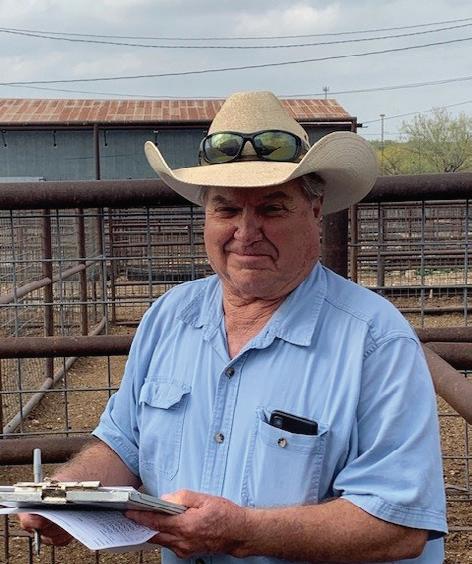
“ When someone calls you saying they are missing a bull and we turn that in to the special ranger, it’s great when they can call you back and say they found that animal,” Halfmann says. “That’s rewarding.”
From drought to wildfire, green grass and plenty, Halfmann has seen it all over the course of his lifetime and service to the cattle industry. While much has changed during that time, some things remain the same.
“I enjoy the people around here. Most are very cordial and will try to help you in any way that they can,” Halfmann says. “They’re just real good people out here.” T C
Not all “Angus” bulls are REGISTERED Angus bulls.

Know what you’re buying. There are a lot of Angus bulls on the market, but not all are backed by the power of 80 million datapoints and a registration paper.


























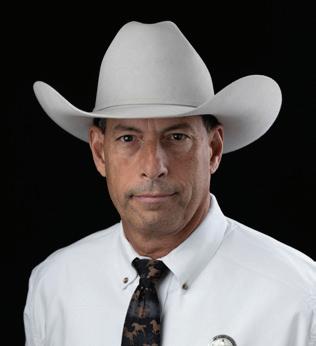


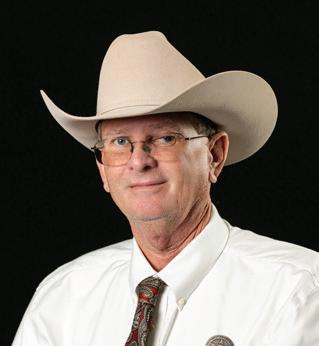
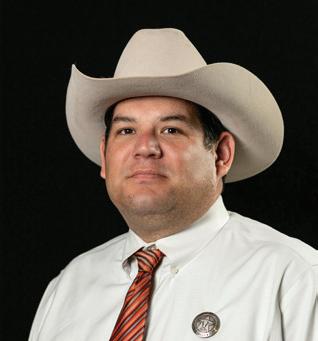


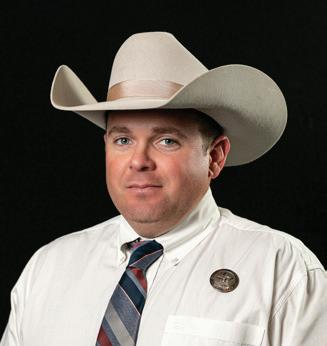

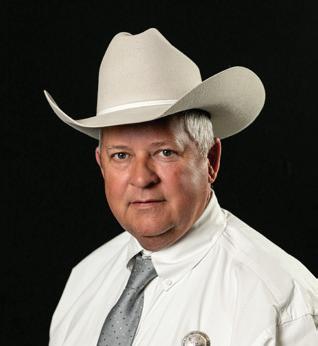

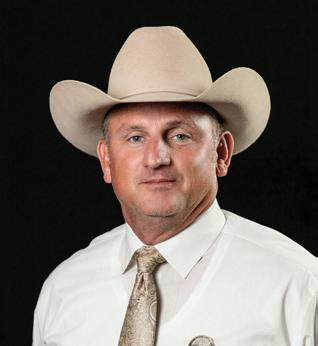
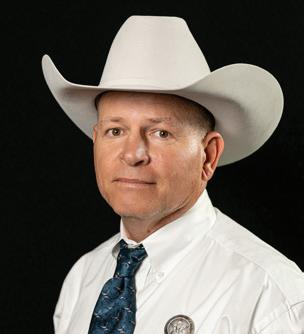




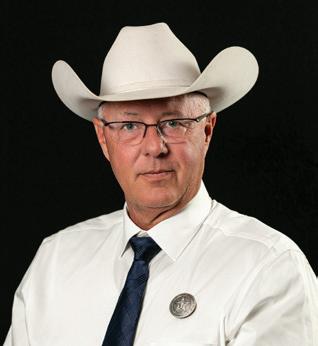
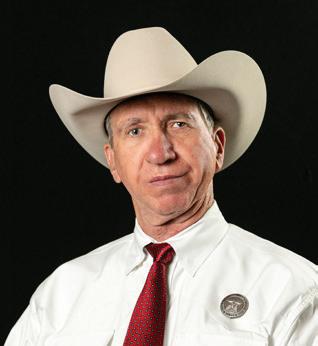

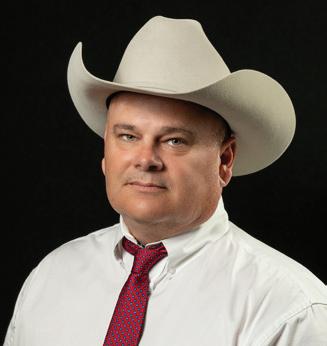

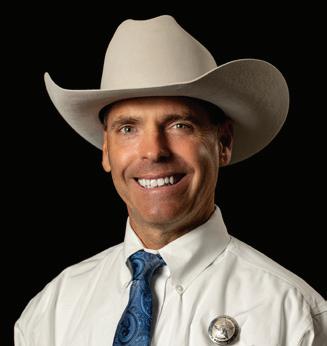
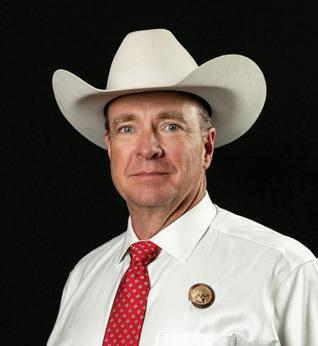
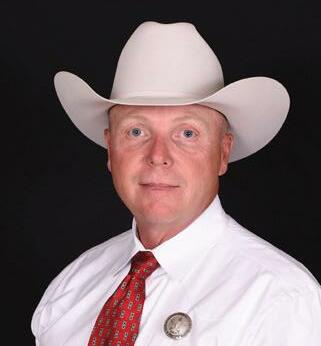





-C Ranch/RCA Ranch
Madisonville
2T Cattle Co.
Amarillo
4M Ranch
Hondo
4W Farm
Houston
Austin Adams
Clarendon
William Adams
Littleton, Colorado
Artec Farms
Sulphur Springs
Baty Land & Cattle LLC
Shelbyville
Brandon Bell
Point
James Billings
McGregor
Black Walnut Ranch
Dallas
Bowen Cutting Horses
Brenham
C8 Cattle Co.
Inez
Lori Cary
Sylvester
Cave Farms
Ackerly
Circle K Ranch
Fredericksburg
Compestre Ranch
San Ysidro, California
Sally Conrad Beyer
Fort Worth
William Cotie
Pearland
Covington Lands LP
Midland
Carlos De Leon
Dallas
Doe A
Spur
John Erskine
Wink
Jennifer Fernandez
Stockdale
Chad Foster
Uvalde
R. Dale Franz
Brookshire
Christopher Freeman
Lipan
Quinn & Kimberly Fritz
Fredericksburg
Garrett & Garrett Land & Cattle Inc.
Marshall
Jane Goldstein
San Antonio
Mark Graham
Tuscola
Robin Ham
Sweetwater
Teresa Hamilton
Weatherford
Christopher Harbert
Abilene
David Holmes
San Antonio
Thomas Holthaus
Lewisville
Hummingbird Hill Partners LLC
Chappell Hill
Stan & Carissa Jones
Lampasas
Jeff Jordan
Leander
Wayne Jordan
Apple Springs
K Bar Ranch
Point Blank
Kramer Ranch
West Columbia
Landriault Farms
Dayton
James Landrum
Beeville
Kyle Lauhoff
Weston Lakes
Legacy Cattle
Wildorado
Leona Valley Gin Co. LLC
Batesville
Vanessa Lopez
Falfurrias
Los Piasanos
Harwood
Dare Lovett
Houston
Jerry Marcontell
Rye
Mirabile Ranch
Buna
MK Cattle Co.
Childress
Mother Luck Ranch
Johnson City
MZ Ranch Services
San Antonio
Milt Ojeman
Gilmer
Cameron Pratt
Graham
Rafter A Devine
Ranchito Garza LLC
Gonzales
Rayner
Hamlin
John Ridgeway
Crawford
Rittimann Ranch -46 Spring Branch
Yandell Rogers
Kemah
Ronnie Bothe Farm
Brenham
Running MC
Hudson Oaks
John Sharker
Leonard
Brannon Sims
Cleburne
Lou Sterzenbach Sanger
Derek Teel Granite, Oklahoma
Temoc & Seb Cattle


Kingsville
Angie Thornton Midway
Tres
Sulphur Springs
Dale Wamstad
Dallas
Rod Watts Boerne
Lorenz Wendel
Fredericksburg
Whiskey Ranch
Brownsboro
Thad York Saratoga, Wyoming
ANDERSON
Anderson County Livestock Exchange
Where: Elkhart
Phone: 903-764-1919
Sale Day: Wednesday
Contact: Michael Little, 903-876-3153
Elkhart Horse Auction
Where: Elkhart
Phone: 903-764-1495
Sale Day: Saturday
Contact: Tiffany Patterson, 903-388-7288
Atascosa Livestock Exchange
Where: Pleasanton
Phone: 830-281-2516
Sale Day: Tuesday
Contact: Marvin Bendele, 210-213-5890
AUSTIN
Four County Auction
Where: Industry
Phone: 979-357-2545
Sale Day: Tuesday
Contact: Lisa Sebastian, 979-270-3041
Muleshoe Livestock Auction
Where: Muleshoe
Phone: 806-272-4201
Sale Day: Friday
Contact: Benny Parker, 806-946-9142
BEE
Beeville Livestock Comm.
Where: Beeville
Phone: 361-358-1727
Sale Day: Friday
Contact: Robert Bridge, 361-542-6693
Meridian L/S Comm. Co.
Where: Meridian
Phone: 254-435-2988
Sale Day: Monday
Contact: Larry Brown, 254-265-1920
BOWIE
J & J Livestock Auction
Where: Texarkana
Phone: 903-832-3576
Sale Day: Saturday
Contact: Lana Caldwell, 903-908-0530
Brazos Valley Livestock Comm.
Where: Bryan
Phone: 979-778-0904
Sale Day: Tuesday
Contact: Nina Nygard, 512-281-6753
Caldwell Livestock Comm.
Where: Caldwell
Phone: 979-567-4119
Sale Day: Wednesday
Contact: Mark Nygard, 512-281-6330
Lockhart Auction
Where: Lockhart
Phone: 512-398-3476
Sale Day: Thursday
Contact: Nina Nygard, 512-281-6753
Bruce Overstreet Livestock
Where: Pittsburg
Phone: 903-856-3440
Sale Day: Monday
Contact: Michelle Willeford, 903-767-0670
Tri County Livestock Market
Where: New Summerfield
Phone: 903-726-3291
Sale Day: Saturday
Contact: Michael Little, 903-876-3153
Coleman Livestock Auction
Where: Coleman
Phone: 325-625-4191
Sale Day: Wednesday
Contact: Dave Williams, 325-669-2030
Cattleman’s Columbus Livestock Auction
Where: Columbus
Phone: 979-732-2622
Sale Day: Wednesday
Contact: Lisa Sebastian, 979-270-1228
Comanche Livestock Exchange
Where: Comanche
Phone: 325-356-5231
Sale Day: Saturday
Contact: Michael Davis, 254-879-3121
The New Gainesville Livestock Auction
Where: Gainesville
Phone: 940-665-4367
Sale Day: Friday
Contact: Robin Gibbs, 903-227-0791
Coryell County Comm.
Where: Gatesville
Phone: 254-865-9121
Sale Day: Saturday
Contact: Ray Davis, 254-718-5512
DALLAM
Cattleman’s Livestock Comm.
Where: Dalhart
Phone: 806-249-5505
Sale Day: Thursday
Contact: Clifton Miller, 806-570-7439
DEAF SMITH
Hereford Livestock Auction
Where: Hereford
Phone: 806-240-3082
Sale Day: Tuesday
Contact: Joe Bob Via, 806-452-9280
DEWITT
Cuero Livestock Comm.
Where: Cuero
Phone: 361-275-2329
Sale Day: Friday
Contact: Rodger Koehler, 830-305-5544
EASTLAND
Texas Cattle Exchange
Where: Eastland
Phone: 254-629-2288
Sale Day: Tuesday
Contact: Ronnie Ober, 817-371-7071
Rio Grand Classic
Where: El Paso
Phone: 956-487-5551
Sale Day: Tuesday
Contact: Joe Karl Rios, 915-858-0590
ERATH
Dublin Livestock Auction
Where: Dublin
Phone: 254-445-1734
Sale Day: Friday
Contact: Ronnie Ober, 817-371-7071
Erath County Dairy Sale
Where: Dublin
Phone: 254-968-7253
Sale Day: Friday
Contact: Bob McBryde, 940-859-6217
Stephenville Cattle Co.
Where: Stephenville
Phone: 254-968-4844
Sale Day: Wednesday
Contact: Bob McBryde, 940-859-6217
Flatonia Livestock Comm.
Where: Flatonia
Phone: 361-865-3538
Sale Day: Monday
Contact: Danielle Robbins, 512-944-0383
Schulenburg Livestock Auction
Where: Schulenburg
Phone: 979-743-6566
Sale Day: Saturday
Contact: Megan Stavena, 979-320-4228
FLOYD
Floydada Livestock Sales
Where: Floydada
Phone: 806-983-2153
Sale Day: Wednesday
Contact: John Hindman, 806-778-4899
FRIO
Pearsall Livestock Auction
Where: Pearsall
Phone: 830-334-3653
Sale Day: Wednesday
Contact: Clarence Stevens, 210-415-0441
Gillespie Livestock Co.
Where: Fredericksburg
Phone: 830-997-4394
Sale Day: Wednesday
Contact: Tom Roarick, 830-889-5155
Gonzales Livestock Market
Where: Gonzales
Phone: 830-672-2845
Sale Day: Saturday
Contact: JoGayle Stavena, 979-332-2186
Nixon Livestock Comm.
Where: Nixon
Phone: 830-582-1561
Sale Day: Monday
Contact: Cade Burks, 830-391-4501
GREGG
Longview Livestock
Where: Longview
Phone: 903-235-6385
Sale Day: Thursday
Contact: Paul Pruitt, 903-725-6200
Mid-Tex Livestock Auction
Where: Anderson
Phone: 936-825-3970
Sale Day: Thursday
Contact: Danielle Robbins, 512-944-0383
Navasota Livestock Auction
Where: Navasota
Phone: 936-825-6545
Sale Day: Saturday
Contact: Rick Faught, 936-442-1039
GUADALUPE
Seguin Cattle Co.
Where: Seguin
Phone: 830-379-9955
Sale Day: Wednesday
Contact: Cade Burks, 830-391-4501
HAMILTON
Hamilton Livestock Comm.
Where: Hamilton
Phone: 254-386-3185
Sale Day: Tuesday
Contact: Bob McBryde, 940-859-6217
HARDIN
Gore Family Auction Center
Where: Silsbee
Phone: 409-782-0612
Sale Day: Saturday
Contact: Christy McCoy, 409-782-0612
HENDERSON
Athens Comm. Co.
Where: Athens
Phone: 903-675-3333
Sale Day: Friday
Contact: Brandy Baughman, 903-440-4382
Edinburg Livestock Auction
Where: Edinburg
Phone: 956-383-5671
Sale Day: Saturday
Contact: Coney Alvarez Jr., 956-437-3899
HILL
Hubbard Livestock Market
Where: Hubbard
Phone: 254-576-2584
Sale Day: Monday
Contact: Bob McBryde, 940-859-6217
HOPKINS
Sulphur Springs Livestock Comm.
Where: Sulphur Springs
Phone: 903-885-2455
Sale Day: Monday
Contact: Paul Pruitt, 903-725-6200
HOUSTON
East Texas Livestock Auction
Where: Crockett
Phone: 936-544-2246
Sale Day: Tuesday
Contact: Robert Ware, 903-388-5365
HOWARD
Big Spring Livestock Auction
Where: Big Spring
Phone: 432-267-5881
Sale Day: Wednesday
Contact: Bruce Brandenberger, 254-977-5763
JACKSON
Edna Livestock Auction
Where: Edna
Phone: 361-782-7666
Sale Day: Monday
Contact: Galynn Mazoch, 979-578-1823
Kirbyville Auction Barn
Where: Kirbyville
Phone: 409-423-2612
Sale Day: Saturday
Contact: Casey Jones, 409-423-0685
JIM WELLS
Gulf Coast Livestock Market
Where: Alice
Phone: 361-664-4395
Sale Day: Tuesday
Contact: Ramiro Garcia, 361-460-0008
Johnson County Cattle Auction
Where: Cleburne
Phone: 817-556-9090
Sale Day: Saturday
Contact: Lee Snyder, 254-707-1682
KARNES
Karnes City Auction
Where: Karnes City
Phone: 830-780-3382
Sale Day: Saturday
Contact: Kaylee Malatek, 979-942-0323
Karnes County Livestock Exchange
Where: Kenedy
Phone: 830-583-2574
Sale Day: Thursday
Contact: Kaylee Malatek, 979-942-0323
LAMAR
Cattlemen’s Livestock Comm.
Where: Paris
Phone: 903-784-2238
Sale Day: Saturday
Contact: Robin Gibbs, 903-227-0791
Paris Livestock Auction
Where: Paris
Phone: 903-739-2575
Sale Day: Wednesday
Contact: Lana Caldwell, 903-908-0530
LAMPASAS
Lampasas Cattle Auction
Where: Lampasas
Phone: 512-556-3611
Sale Day: Wednesday
Contact: Ray Davis, 254-718-5512
LAVACA
Hallettsville Livestock Comm.
Where: Hallettsville
Phone: 361-798-4336
Sale Day: Tuesday
Contact: Kaylee Malatek, 979-942-0323
LEE
Giddings Livestock Comm.
Where: Giddings
Phone: 979-542-2274
Sale Day: Monday
Contact: Nina Nygard, 512-281-6753
Lexington Livestock Comm.
Where: Lexington
Phone: 979-773-2922
Sale Day: Saturday
Contact: Nina Nygard, 512-281-6753
LEON
Buffalo Livestock Comm.
Where: Buffalo
Phone: 903-322-4940
Sale Day: Saturday
Contact: Robert Ware, 903-388-5365
LIBERTY
Raywood Livestock Market
Where: Raywood
Phone: 936-587-4941
Sale Day: Monday
Contact: Harvey Williamson, 963-334-5325
LIMESTONE
Groesbeck Auction & Livestock
Where: Groesbeck
Phone: 254-729-3277
Sale Day: Thursday
Contact: Tyler Rader, 713-907-2725
LIVE OAK
Live Oak Livestock Auction
Where: Three Rivers
Phone: 361-786-2553
Sale Day: Monday
Contact: Marvin Bendele, 210-213-5890
LUBBOCK
Lubbock Stockyards
Where: Lubbock
Phone: 806-745-3383
Sale Day: Tuesday
Contact: J.E. Stone, 806-777-4396
Jordan Cattle Auction

Where: Mason
Phone: 325-347-6361
Sale Day: Monday
Contact: Warren Ottmers, 830-669-2262
MCLENNAN
Waco Stockyards
Where: Waco
Phone: 254-753-3191
Sale Day: Tuesday
Contact: Larry Brown, 254-265-1920
West Auction
Where: West
Phone: 254-826-3725
Sale Day: Thursday
Contact: Ray Davis, 254-718-5512
MEDINA
Union Comm.
Where: Hondo
Phone: 830-741-8061,
Sale Day: Monday
Contact: Clarence Stevens, 210-415-0441
MILAM
Milam County Livestock Auction
Where: Cameron
Phone: 254-697-6697
Sale Day: Friday
Contact: Rick Faught, 936-442-1039
NACOGDOCHES
Nacogdoches Livestock Exchange
Where: Nacogdoches
Phone: 936-564-8661
Sale Day: Thursday
Contact: Michael Witcher, 936-556-0992
NAVARRO
Corsicana Livestock Market
Where: Corsicana
Phone: 903-872-1631
Sale Day: Tuesday
Contact: Lee Snyder, 254-707-1682
PANOLA
Panola Livestock
Where: Carthage
Phone: 903-693-6361
Sale Day: Tuesday
Contact: Lori Blankenship, 936-234-3441
POLK
Livingston Livestock Exchange
Where: Livingston
Phone: 936-327-4917
Sale Day: Saturday
Contact: Harvey Williamson, 963-334-5325
Amarillo Livestock Auction
Where: Amarillo
Phone: 806-373-7464
Sale Day: Monday
Contact: Michael Vessels, 806-517-3188
Members interested in registering for a Ranching 101 session can do so by scanning the QR code. Questions can be directed to education@tscra.org.

Ranching 101 seminars give participants practical, sound guidance on the information, tools and equipment needed to get started in ranching or land ownership.
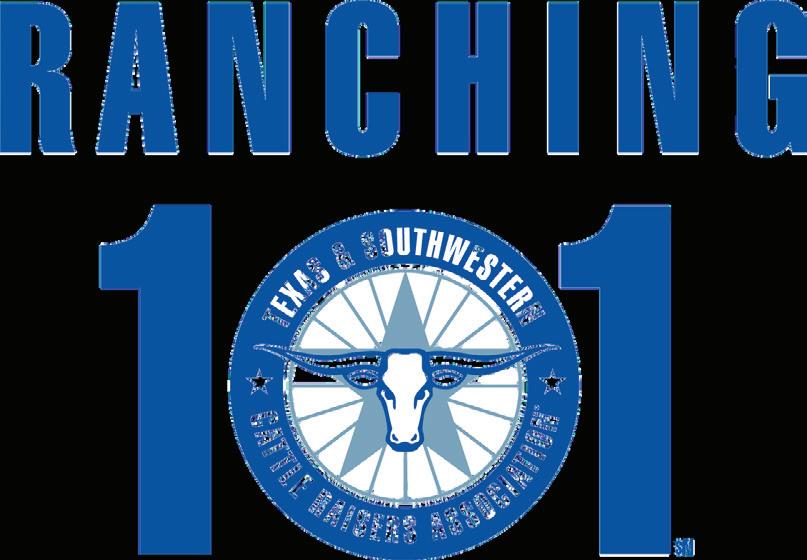
All sessions are held via Zoom from 1 - 2 p.m.
January 17
So You Want to be a Rancher?
February 21
Cold Weather Nutrition
March 14
The Grazing Plan
April 18
Adding Value to Your Calf Crop's Bottom Line
May 16
Scoping Out Sickness: A Veterinarian's Perspective
June 20
Cattlemen at the Capitol - 2023 Session Review
July 18
Lease Land Logic
August 15
How to Calculate Cow Cost
September 19
Bull Buyers Guide
October 17
Predator Control
November 21
Optimizing Calf Health
December 12
Cow Talk: Sharing Our Industry with Others

Presenting Sponsor:

Lonestar Stockyards
Where: Amarillo
Phone: 806-677-0777
Sale Day: Tuesday
Contact: Michael Vessels, 806-517-3188
RAINS
Emory Livestock Auction
Where: Emory
Phone: 903-473-2512
Sale Days: Tuesday & Saturday
Contact: Brandy Baughman, 903-440-4382
ROBERTSON
Calvert Livestock Co.
Where: Calvert
Phone: 979-364-2829
Sale Day: Friday
Contact: Ray Davis, 254-718-5512
RUSK
Hunt Livestock Exchange
Where: Henderson
Phone: 903-657-2690
Sale Day: Monday
Contact: Samuel Steadman, 318-617-1141
SAN SABA
Jordan Cattle Auction
Where: San Saba
Phone: 325-372-5159
Sale Day: Thursday
Contact: David Munden, 325-456-7253
SHELBY Center Auction Co.
Where: Center
Phone: 936-598-4395
Sale Day: Wednesday
Contact: Michael Witcher, 936-556-0992
STARR
Triple G Livestock Auction LLC
Where: Rio Grande City
Phone: 956-437-1988
Sale Day: Friday
Contact: Coney Alvarez Jr., 956-437-3899
SWISHER
Tulia Livestock Auction
Where: Tulia
Phone: 806-995-4184
Sale Day: Thursday
Contact: Michael Vessels, 806-517-3188
Abilene Auction
Where: Abilene
Phone: 325-673-7865
Sale Day: Tuesday
Contact: Dave Williams, 325-669-2030
Stone Livestock Comm.
Where: Mt. Pleasant
Phone: 903-575-9099
Sale Day: Tuesday
Contact: Paul Pruitt, 903-725-6200
Producers Livestock Auction
Where: San Angelo
Phone: 325-653-3371
Sale Day: Thursday
Contact: Bruce Halfmann, 325-315-5972
Southwest Livestock Exchange
Where: Uvalde
Phone: 830-278-5621
Sale Day: Thursday
Contact: Clarence Stevens, 210-415-0441
VAN ZANDT
Mort Livestock Exchange
Where: Canton
Phone: 903-287-6386
Sale Day: Saturday
Contact: Paul Pruitt, 903-725-6200
Van Zandt Comm. Co.
Where: Wills Point
Phone: 903-872-2117
Sale Day: Saturday
Contact: Paul Pruitt, 903-725-6200
Brenham Livestock Auction
Where: Brenham
Phone: 979-836-3621
Sale Day: Friday
Contact: Lisa Sebastian, 979-270-3041
WHARTON
El Campo Livestock Co.
Where: El Campo
Phone: 979-543-2703
Sale Day: Tuesday
Contact: Galynn Mazoch, 979-578-1823
Wharton Livestock Auction
Where: Wharton
Phone: 979-532-3660
Sale Day: Wednesday
Contact: JoGayle Stavena, 979-332-2186
WICHITA
Wichita Livestock Sales
Where: Wichita Falls
Phone: 940-541-2222
Sale Day: Wednesday
Contact: R.C. Langford, 832-330-7279
Vernon Livestock Market LLC
Where: Vernon
Phone: 940-552-6000
Sale Day: Tuesday
Contact: Larry Lee, 940-886-6746
WISE
Decatur Livestock Market
Where: Decatur
Phone: 940-627-5599
Sale Day: Monday
Contact: R.C. Langford, 832-330-7279
WOOD

Winnsboro Livestock Auction
Where: Winnsboro
Phone: 903-365-2201
Sale Day: Friday
Contact: Alan Pruitt, 903-725-6200
Graham Livestock Comm. LLC
Where: Graham
Phone: 940-549-0078
Sale Day: Monday
Contact: Ronnie Ober, 817-371-7071
Saturday, February 18, 2023
1:00 PM – Females Sell First Lunch at 12:00 noon
At the Ranch, Winona, Texas
Located one mile south of I-20 on FM 757 midway between Tyler and Longview
50 Purebred Simmental and SimAngus™ Bulls
• Yearling to Two-Year-Old Bulls
• All are polled
• Most are AI sired by breed leaders in both Simmental and Angus
40 Purebred Simmental and SimAngus™ Females
• Pairs and Breds plus both Simmental and SimAngus™
Open Heifers ready to breed
• All are polled
• Most are AI sired and bred to AI sires
70 Simbrah Heifers
• Pairs and Breds plus Simbrah Open Heifers ready to breed
• Most are ½ Simmental

½ Brahman heifers resulting from the mating of productive
7P Ranch Simmental cows to ONE elite Brahman AI sire –Mr Kallion 1352


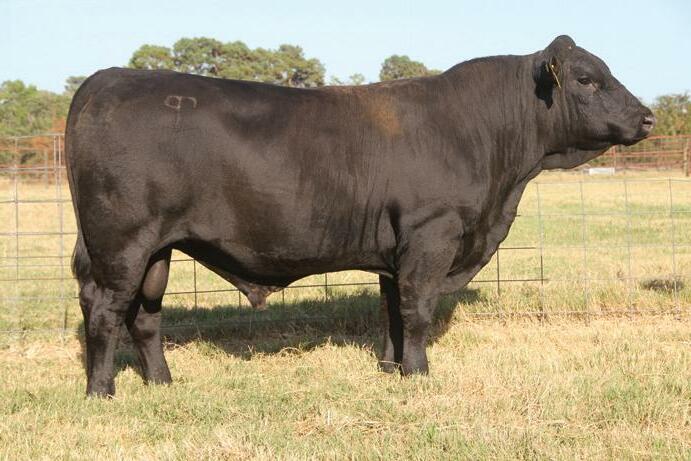


• The Disposition is Excellent on these cattle
• Most are registered with the American Simmental Association and can be Golden Certified registered with the American Brahman Breeders Association
Simmental and SimAngus™ Females

Simbrah Females
www.7PRanch.com
Call
Like us on Facebook.
catalog

Go to www.CattleInMotion.com to view online catalog and videos of our sale offering AND for live broadcast with internet bidding available on sale day.
Auctioneer: Mark Tillman • 210-216-6754 • TX LIC# 9642
Sale Consultants: Warren Garrett • 903-316-2889





Marty Ropp • 406-581-7835

Registered Black Herefords bacicafarms.com

Registered Black Angus
Robert L. Hogue M.D. • Judy Hogue

6 Spring Hollow, Brownwood, Texas 76801 Ranch: 10108 CR 237 • Phone: 325-643-2225
Cell: 325-647-9168 • Fax: 326-643-6235
Email: rlhmd@familymedical.us
200+ Registered Angus Bulls For Sale Private Treaty
Lyn Lesikar Jason Lesikar 817-726-7998817-738-2177


Mike & Carla Bacica 11707 FM 2868 Flint, TX 75762

Mike: 903-520-0390 mbpga@aol.com
Carla: 903-530-8551 wtnca@aol.com
Detering Red Brahmans
Beef Oriented Red Brahmans for the pasture and the show ring Liendo Plantation, 38653 Wyatt Chapel Rd. Hempstead, TX 77445 Will Detering, owner 281.989.8965 Web site: deteringredbrahmans.com

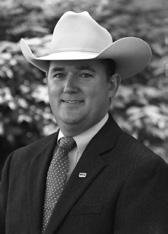

806-255-8873
The Dale Lasater Ranch Matheson, Colorado 80830 210-872-1117 • alexlasater@yahoo.com www.DaleLasaterRanch.com
Bill
Hilltop Ranch Beefmasters

Quality Beefmaster Cattle Ranches in Webb, Wilson and Kendall counties Mailing Address: P.O. Box 2947 Laredo, Texas 78044 Phone: 361/586-5067

Performance Beefmasters from the Founding Family 62nd Bull Sale:
October 7, 2023
Private Treaty
Lorenzo Lasater • San Angelo, TX 325.656.9126 • isabeefmasters.com
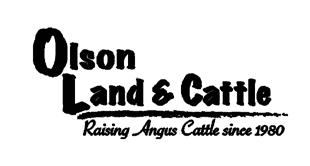
Cullin Smith (409) 779-9872
Quality Brahman Ca le Since 1936
PARTIN & PARTIN HEART BAR RANCH Janet, Steve and Carlton Partin 3159 FM 837 • Montalba, Texas 75853 903-549-3000 • Fax: 903-549-3005 Janet Partin: 903-922-3689 Carlton Partin: 407-709-0297 www.heartbarranch.com email: partin.partin@aol.com

5th Generation
Visitors are always Welcome
Our 101st Year
Sartwelle Brahman Ranch Ltd P O Box 27, Campbellton, Texas USA 78008
Sensibly Bred and Raised Brahman Cattle 979-877-4239
Sugie Sartwelle J. D. Sartwelle III 361-500-5792


Email: sartwellej@gmail.com
SATTERFIELD RANCH
at LOST PRAIRIE LAKE • Palestine, Texas
SRegistered Gray Brahmans Dr. Scott & Nancy Satterfield 410 ACR 376 • Palestine, TX 75801 830-613-1492 www.satterfieldranch.com

C ATTLE C
OMPANY
P.O. Box 623 • Cuero, TX 77954
EVERY DAY IS SALE DAY AT Farris Ranching Company
Danny & MB Farris Tuscola, TX 325.669.5727


Boscamp 830-857-5189 Julie
Boscamp
Dennis Cha r olais Bull s
Easy Calving and… Explosive Growth Eric and Angie Dennis Saint Jo, TX 940/995-2161 940/841-2792 Cell

ROLLING O FARMS
For Sale Year
Petta Ranch BRANGUS

QUALITY CHAROLAIS BULLS & HEIFERS REGISTERED + GENTLE
D.P. OWEN + GROESBECK, TEXAS 254-729-8644

CHAROLAIS BULLS
One or a truckload - Give us a call SW&S Cattle Company
Don and Kathy Schill 903-388-1342 • Donie, Texas
T HOMAS CHAR O LAIS, INC .
P.O. Box 595 • Raymondville, Texas 78580
Mitch Thomas: 956-535-0936
Tonnyre Thomas Joe: 956-535-0942 thomasra@gte.net www.thomascharolais.com
John 325-642-0745 • Tom 325-642-0748 Comanche, Texas; Ph. 325-356-2284; Fax 325-356-3185 Email: john@dudleybros.com
10 -15’ high! Complete 1 hp unit w/ light, timer, 100’ power cord. Pre-assembled - installs in minutes!
FACTORYDIRECT $869 95 $AVE HUNDREDS!!!
Elegance & Improved Water Quality! CasCade 5000 Floating Pond Fountain Aerator ONE YEAR WARRANTY!

608-254-2735 Call 7 days / week • FAST UPS SHIPPING!
So ut hw est Tex a s B r ee ders Of th e Cowman’s Typ e Cattle David Howard 83 0 -9 88 -224 1 fa x: 8 3 0-9 8 8-3 131 cel l: 830- 59 1- 311 0 P.O Box 1 03 9, Sabinal T X 788 81
Lee & Jacqui Haygood
Ka dd atz Au cti one eri ng and Far m Eq ui pm ent Sa les 254-232-1675 Lic #TXS6676 • AR Lic #2283 Farmstore.online Order parts online at
We can sell your surplus equipment on online auction anywhere in the U.S. Sell your equipment in our next online auction, your location or ours Farmstore.com
NEW & US ED FARM EQUI PM ENT APPR AISALS
J .T . E chols DVM P.O. Box 709 • Breckenridge, TX 76424 Of: (254) 559-9739 • Cell: 923 Hillside Ave. Canadian, TX 79014 806-323-2906 lee@indianmoundranch.com www.indianmoundranch.com
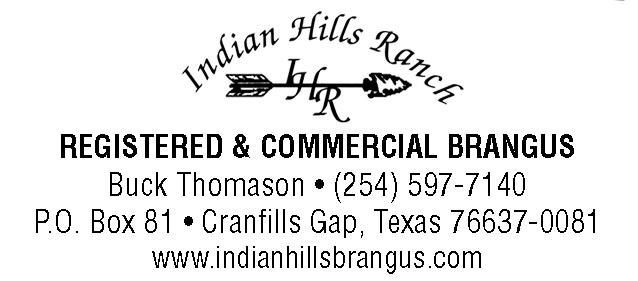
Contact: Nina Neel Sanders 214-454-8587 • Brady, TX
7–

Jim Cell 915-479-5299 • Sue Cell 915-549-2534
Texas’Only Hereford Operation West of the Rio Grande Jim and Sue Darnell barjbarherefords@aol.com
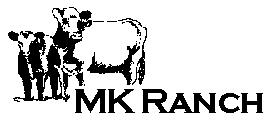
TEXAS RANCH: 5 Paseo de Paz Lane El Paso, Texas 79932
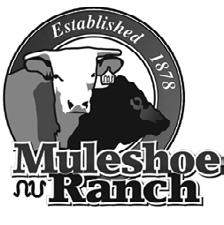
“Quality Registered Herefords” Est.1921 – Bulls for sale at all times out of good milking cows






OKLAHOMA RANCH: County Hwy 50 7 miles north of Hwy 64 Freedom, Okla.
BAR J BAR HEREFORD RANCH SE HABLA ESPAÑOL
COATES RANCH COMPANY Ranch located six miles north of Big Lake, Texas on Highway 137. Steve Wayne Coates Box 645 Mertzon, TX 76941 325/835-2531
Office: 512-446-6200 Cell: 979-218-0065
James L. Powell • Arthur Uhl • James Uhl

36 W. Beauregard, Ste. 301 • San Angelo, Texas 76903
Powell Herefords O: 325-653-1688 • F: 325-653-3573 www.powellranches.com powellranches@gmail.com
David Neal, Ranch Manager 325-456-0669 or 325-651-2826 Britt Mynatt, Herd Manager 325-853-2202 or 325-340-2121
Maynard Warnken 979-561-8846 Kevin Warnken 979-743-0619
POLLED HEREFORDS
“Registered Herefords Since 1938” DOUBLE DIAMOND HEREFORDS THE BOLD BREED Registered Polled Herefords www.DoubleDiamondHerefords.com McDade, Texas Rusk, Texas 512.970.1595 512.970.3588
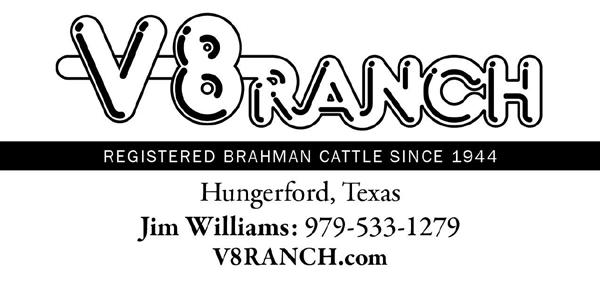
Drawer 29, Schulenburg, TX 78956 979-561-8867 fax • rockinw@cvctx.com
January 2023 tscra.org | 77 The Cattleman
877.811.1573

LLPRANCHLAND.COM 325-655-6989 1002 Koenigheim, San Angelo, Texas 76903
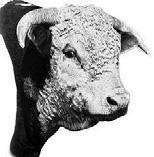







Lezli McPhail, Realtor


1880 Santa Fe Dr. #100 Weatherford, Tx 76086 (817)727-3265



lezlimcphail@jdgefite.com

COLFAX CO., NM – 491.55 ac. +/-, 371 shares of Antelope Valley Irr. Dist. water. 2 center pivot systems. 270 ac. +/- of pasture w/pens & corrals. Elk, deer & antelope are hunted in the area. KINNEY CO., TX – 802 ac. +/-. Brush country w/some live oaks. Good Hunting! CARSON CO., TX – 640 ac. +/- 5 mi. N of Panhandle on TX 207. 333 ac. +/- under 3 center pivot systems. One well produces 800 GPM. Permanent perimeter and cross fencing.



PRICE REDUCED! CEDARVALE, NM – 7,113 acre ranch (5,152 ac. +/- Deeded – 1,961 ac. +/- State Lease) well fenced & watered w/good pens, new barn.
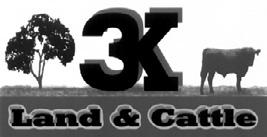
Borchers Southern Y Ranches, L.P.
Charla Borchers-Leon • Mary Kay Borchers

2401 N. Wheeler St. • Victoria, Texas 77901 • 361-575-1297
Santa Gertrudis • Braford F-1


Purebred • Star 5 • Crossbred Cattle
Steven Boothe 361-575-1297 O • 361-571-9728 M
YBlack or Red Simbrah • SimAngus HT • SimAngus
C ATTLE C OMPAN Y
Joe & Beth Mercer 327 CR 459, Lott, TX 76656 • H/O/Fax: 254-984-2225 bethmercer1974@gmail.com • www.filegoniacattle.com
Foster Bros. Farms Lockney, Texas
Office:(806) 652-3351 / Fax:(806) 652-3738
Santa Gertrudis
Harris Riverbend Farms
P.O.Box 691 Cleburne, TX 76031
Performance Tested Beef Type Glen Rose, TX David Harris Home (817) 641-4159 Office (817) 641-4771


From The Home of “Reputation”
SANTA GERTRUDIS CATTLE
Breeding Santa Gertrudis Since 1936
JOHN MARTIN RANCHES

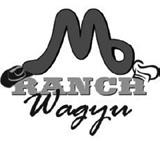
Box 869, San Diego, Texas 78384 Ranch: 361-701-5683
BRIGGS RANCHES
P.O. Box 1417 Victoria, Texas 77902 361/573-7141
Traylor Division San Roque DivisionSan Carlos Division Bloomington, TX Catarina, TXRio Grande City, TX
Joe Jones-Manager • 361/897-1337
fosterbros@att.net / www.fosterbrosfarms.com
David & DarLee Foster (806) 652-3824 (806) 983-7221 mbl.
SIMMENTALS
Jody & Shawnda Foster (806) 652-2383 (806) 983-7225 mbl.
Simmental & SimAngus
19th Annual Bull Sale

BULL SALE
March 2nd, 2023
March 8, 2012
San Saba, Texas
Private Treaty Sales
Our cattle are perfomance tested.
Mike Mallett 10602 North Hwy. 281 • Lampasas, TX 76550
Mike and Connie Mallett • 512-556-1021 Lampasas, Texas • mallettsimmentals.com
Home: 512-556-8548 • Cell: 512-556-1021 www.mallettsimmentals.com
THURSDAY, JAN. 5
Commercial Cattlemen’s Luncheon
Where: Cattlemen’s Congress, Oklahoma City Fairgrounds
When: 11 a.m.
Linz Heritage Angus Open House
Where: Blue Branch Ranch, Byars, Oklahoma
When: 12 p.m.
MONDAY, JAN. 9
Stocker-Feeder Sale
Where: Jordan Cattle Auction, Mason
When: 10 a.m.
TUESDAY, JAN. 10
Texas Legislature 88th Regular Session Begins
Where: Austin
WEDNESDAY, JAN. 11
Weaned Calf Sale
Where: Navasota Livestock Auction Co., Navasota
When: 10 a.m.
THURSDAY, JAN. 12
Shady Oak Farm –
Charolais & SimAngus Bull Sale
Where: Jordan Cattle Auction, San Saba
When: 10 a.m.
Stocker-Feeder Sale
Where: Jordan Cattle Auction, San Saba
When: 11 a.m.
Wichita Falls Luncheon
Where: McBride’s Steakhouse, Wichita Falls
When: 11:30 a.m.
FRIDAY, JAN. 13 -
SATURDAY, FEB. 4
Fort Worth Stock Show & Rodeo
Where: Fort Worth
SATURDAY, JAN. 14
TSCRA Ranch Gathering
Where: Ranching Heritage Party, Fort Worth Stock Show & Rodeo
MONDAY, JAN. 16
Van Newkirk Herefords Annual Sale
Where: Oshkosh, Nebraska
When: 12:30 p.m.
TUESDAY, JAN. 17
Ranching 101: So You Want to be a Rancher?
Where: Online When: 1 p.m.
SATURDAY, JAN. 21
Replacement Female Sale
Where: Jordan Cattle Auction, San Saba
When: 10 a.m.
MONDAY, JAN. 23
6th Annual “Early Bird” Bull Sale
Where: Gardiner Angus, Ashland, Kansas
When: 10 a.m.
TUESDAY, JAN. 24
Oklahoma Quality Beef Network Sale
Where: OKC West Livestock Market, Oklahoma City, Oklahoma
WEDNESDAY, FEB. 1FRIDAY, FEB. 3
Cattle Industry Convention & NCBA Trade Show
Where: New Orleans, Louisiana
THURSDAY, FEB. 2
Stocker & Feeder Sale
Where: Jordan Cattle Auction, San Saba
When: 10 a.m.
SATURDAY, FEB. 4
South Texas Hereford Association: Sale Featuring Case Ranch Herefords
Where: Beeville Livestock Commission, Beeville
THURSDAY, FEB. 9SUNDAY, FEB. 26
San Antonio Stock Show & Rodeo
Where: San Antonio
WEDNESDAY, FEB. 8
Thomas Charolais: Spring Bull Sale
Where: Raymondville When: 1 p.m.
THURSDAY, FEB. 9
Special Bull Offering: Martin-Bruni Cattle & Cannon Charolais Sale
Where: Jordan Cattle Auction, San Saba When: 10 a.m.
Wichita Falls Luncheon
Where: McBride’s Steakhouse, Wichita Falls When: 11:30 a.m.
SATURDAY, FEB. 11
San Antonio Beefmaster Subasta Sale
Where: San Antonio Stock Show & Rodeo
Bradley 3 Ranch: Wide Body Sale
Where: Estelline
When: 12 p.m.
WEDNESDAY, FEB. 15
San Antonio Stock Show All Breeds Bull & Female Sale
Where: San Antonio
When: 10 a.m.
SATURDAY, FEB. 18
Replacement Female Sale
Where: Jordan Cattle Auction, San Saba
When: 10 a.m.
7P Ranch: 29th Annual Spring Bull & Female Sale
Where: Winona
When: 12 p.m.
TUESDAY, FEB. 21
Ranching 101: Cold Weather Nurtition
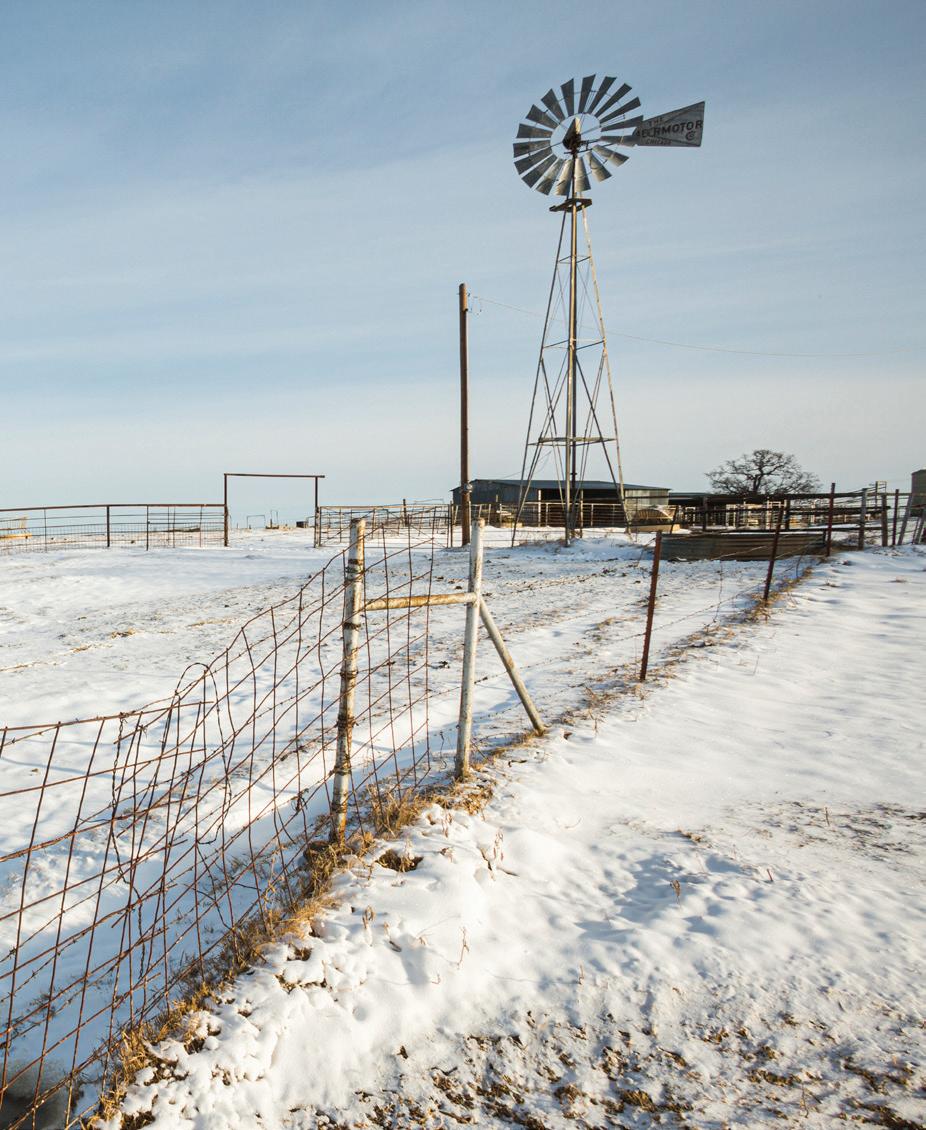
Where: Online When: 1 p.m.
SATURDAY, FEB. 25
44 Farms: Spring Bull Sale
Where: Cameron
When: 10 a.m.
TUESDAY, FEB. 28 -
SUNDAY, MARCH 19
Houston Livestock Show & Rodeo
Where: Houston
Among the headlines was tick eradication at then-called Texas A&M College. William Sim, beef cattle herdsman in the animal husbandry department, wrote about progress made since the herd’s 1917 dipping protocol was established.

Two years later, it became law for the county to dip, which extended the effort to remove ticks from the pastures. By 1922, the results were clear. In the college’s herd, steers averaged nearly 400 pounds heavier and generated roughly $60 more per head.
“Tick eradication means healthy, fat, sleek cattle,” Sim wrote. “Let the good work go on.”








